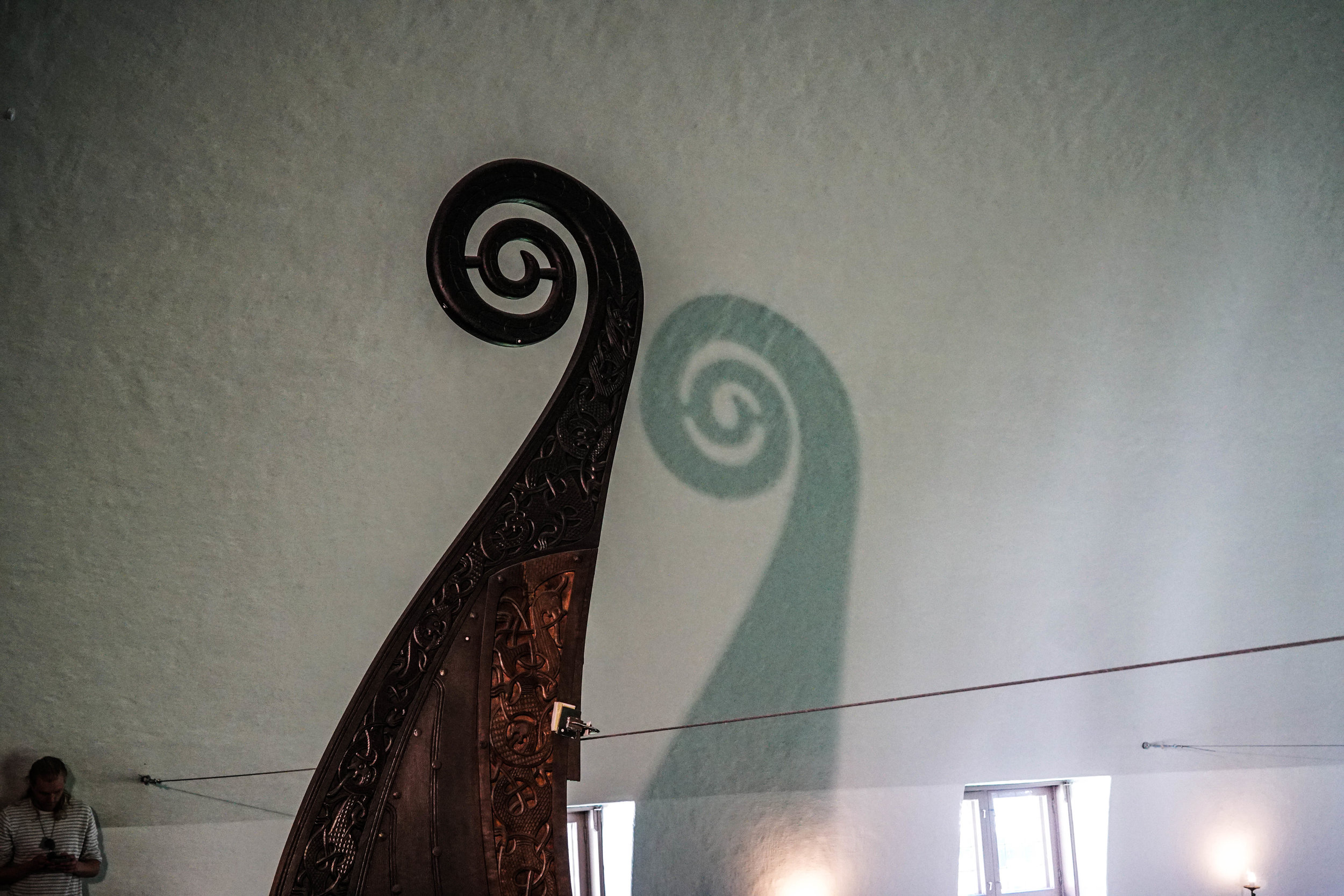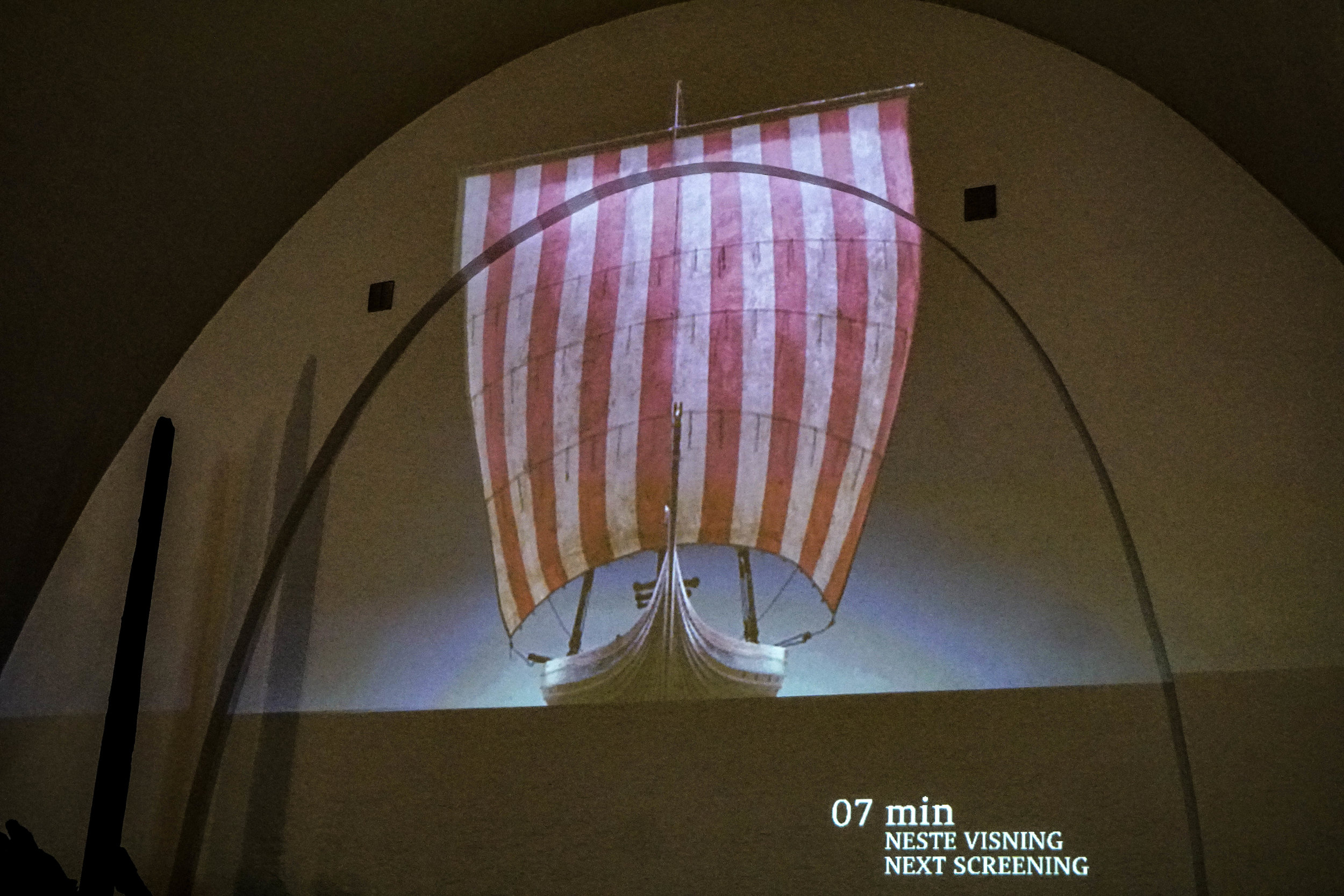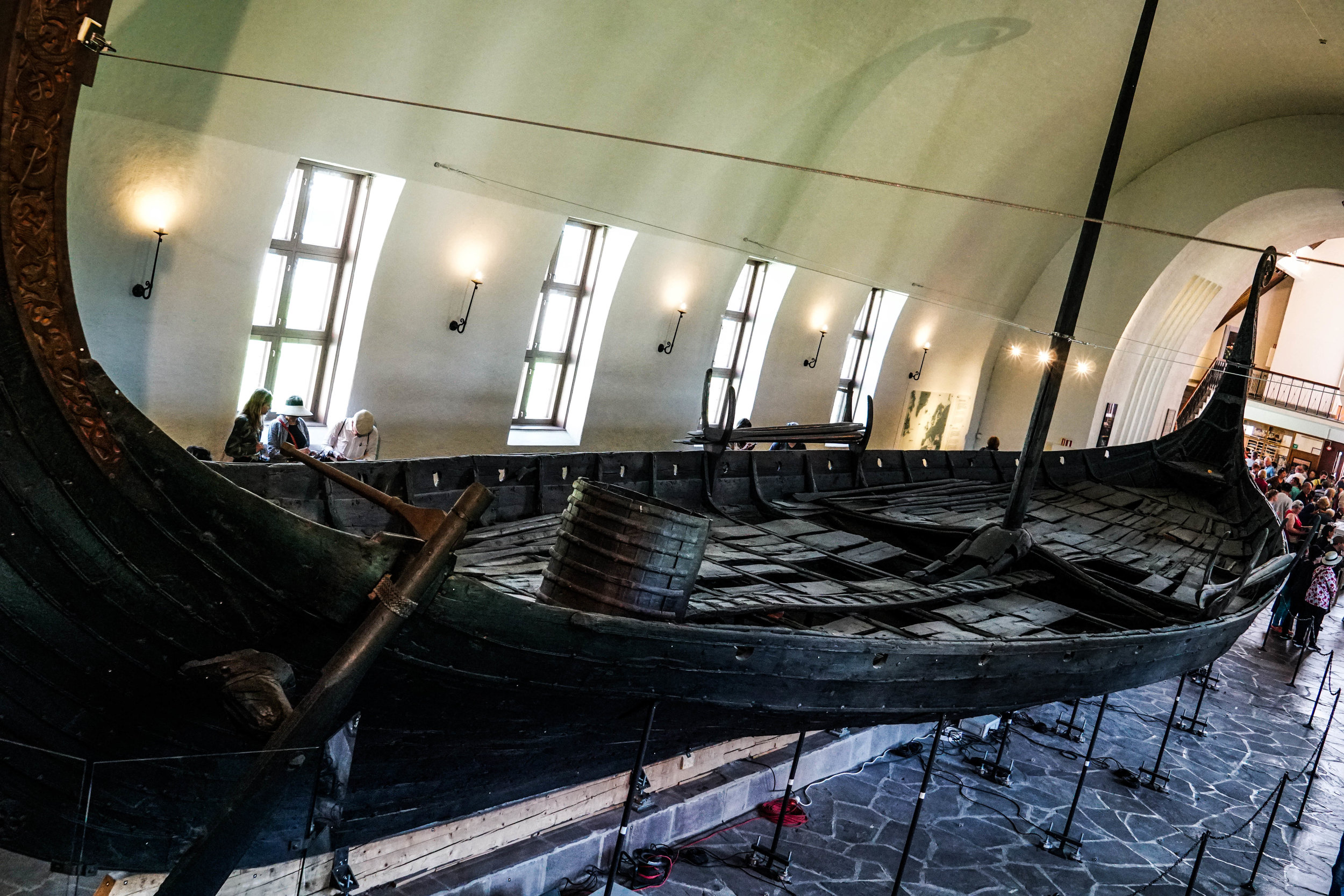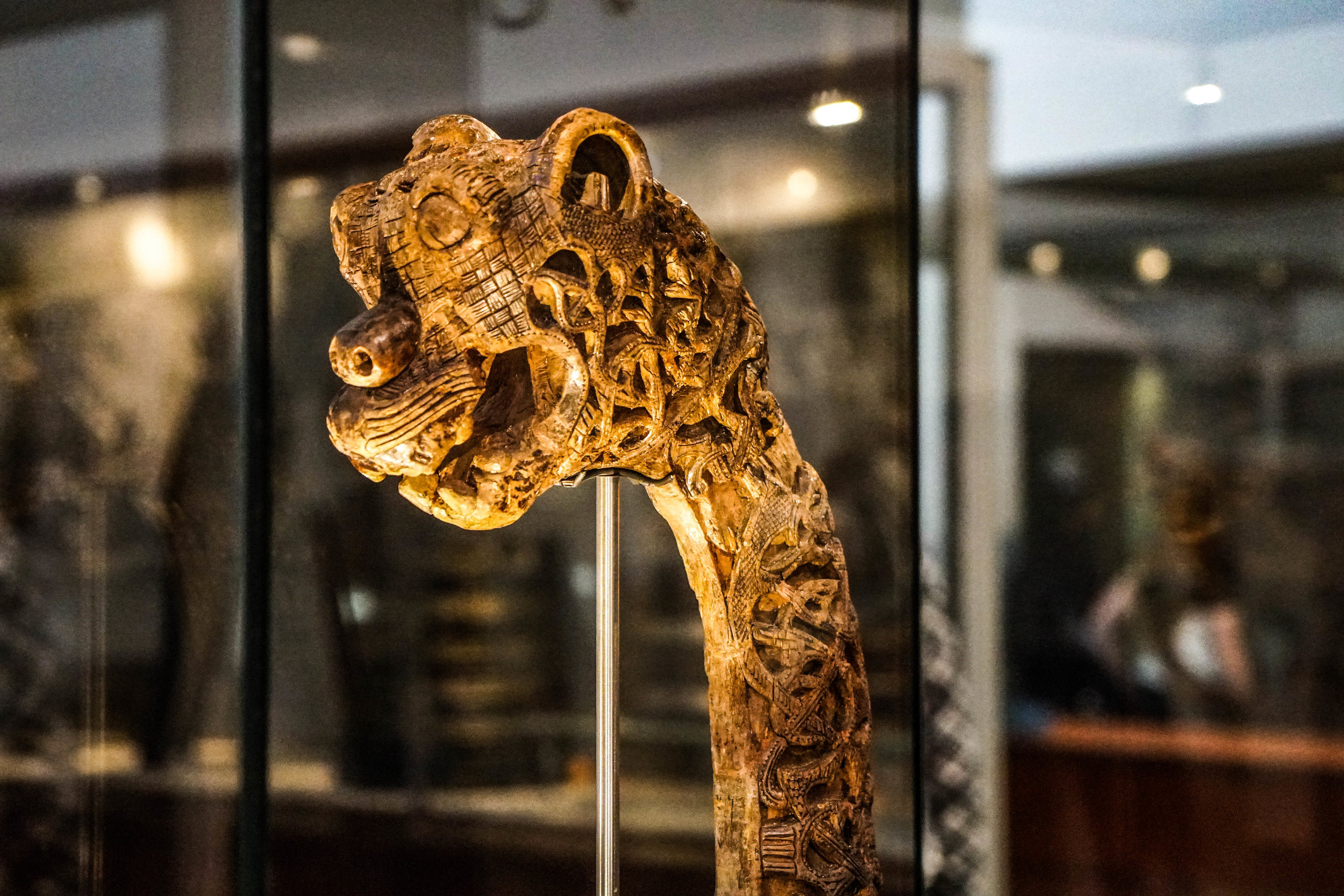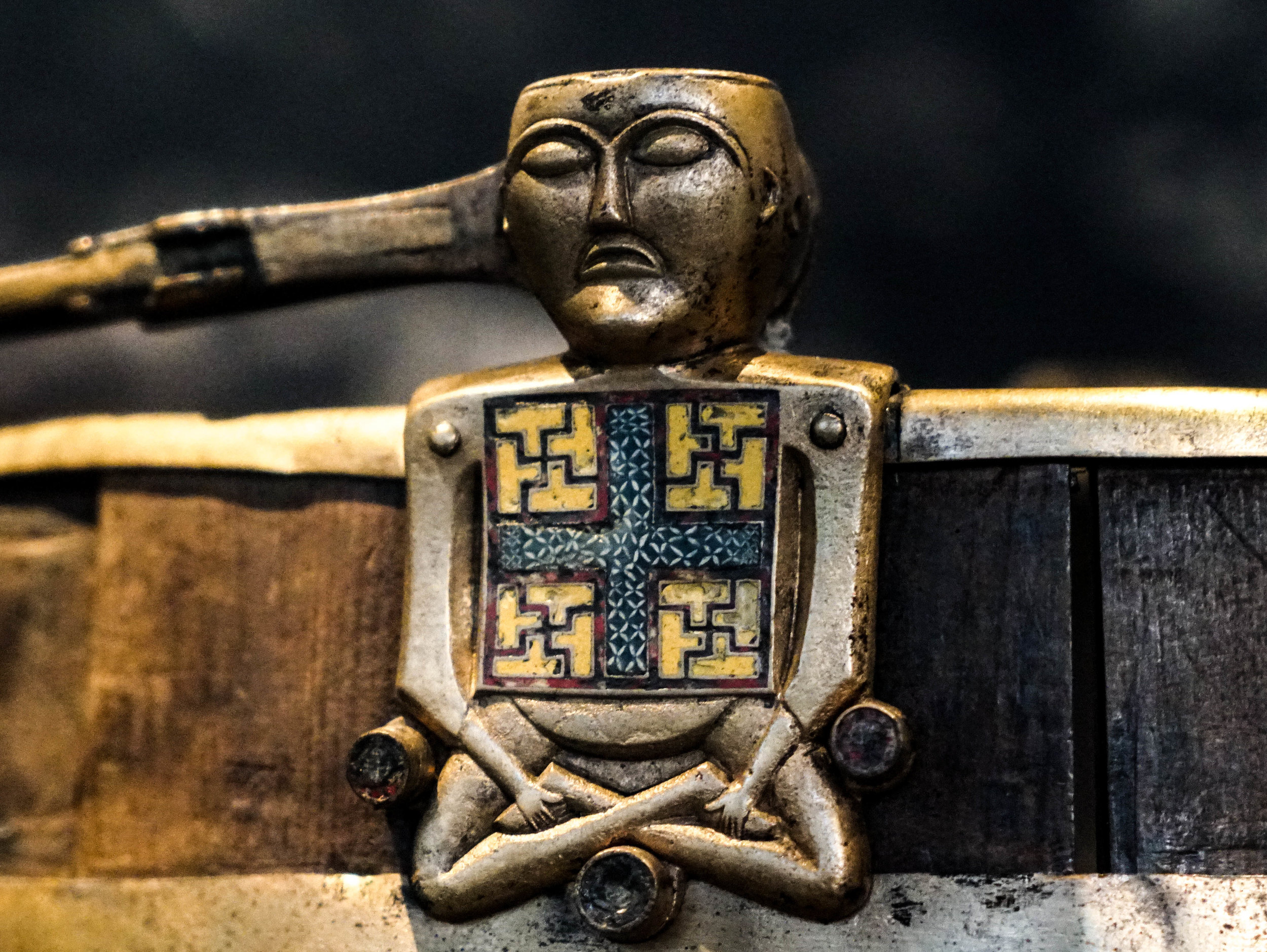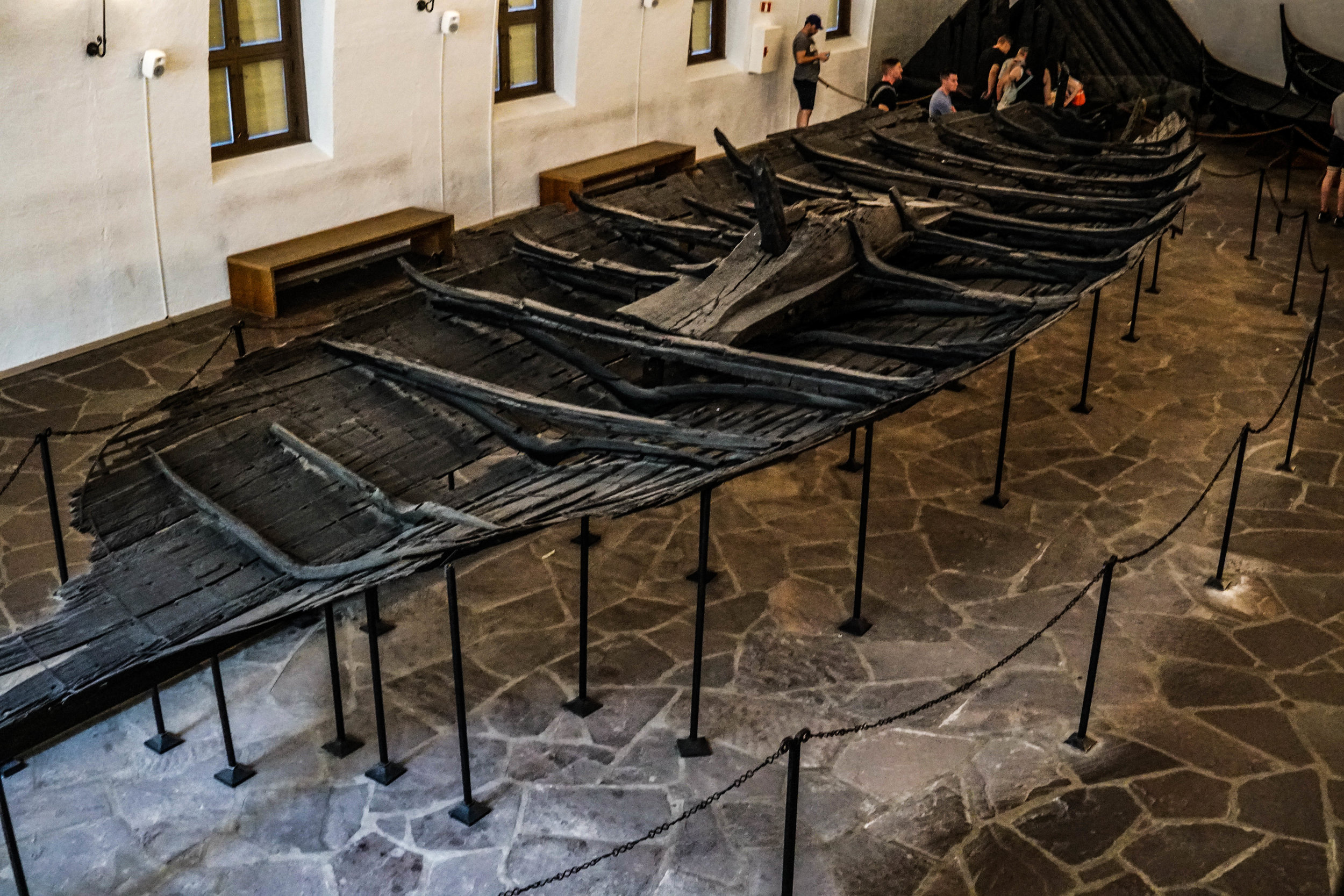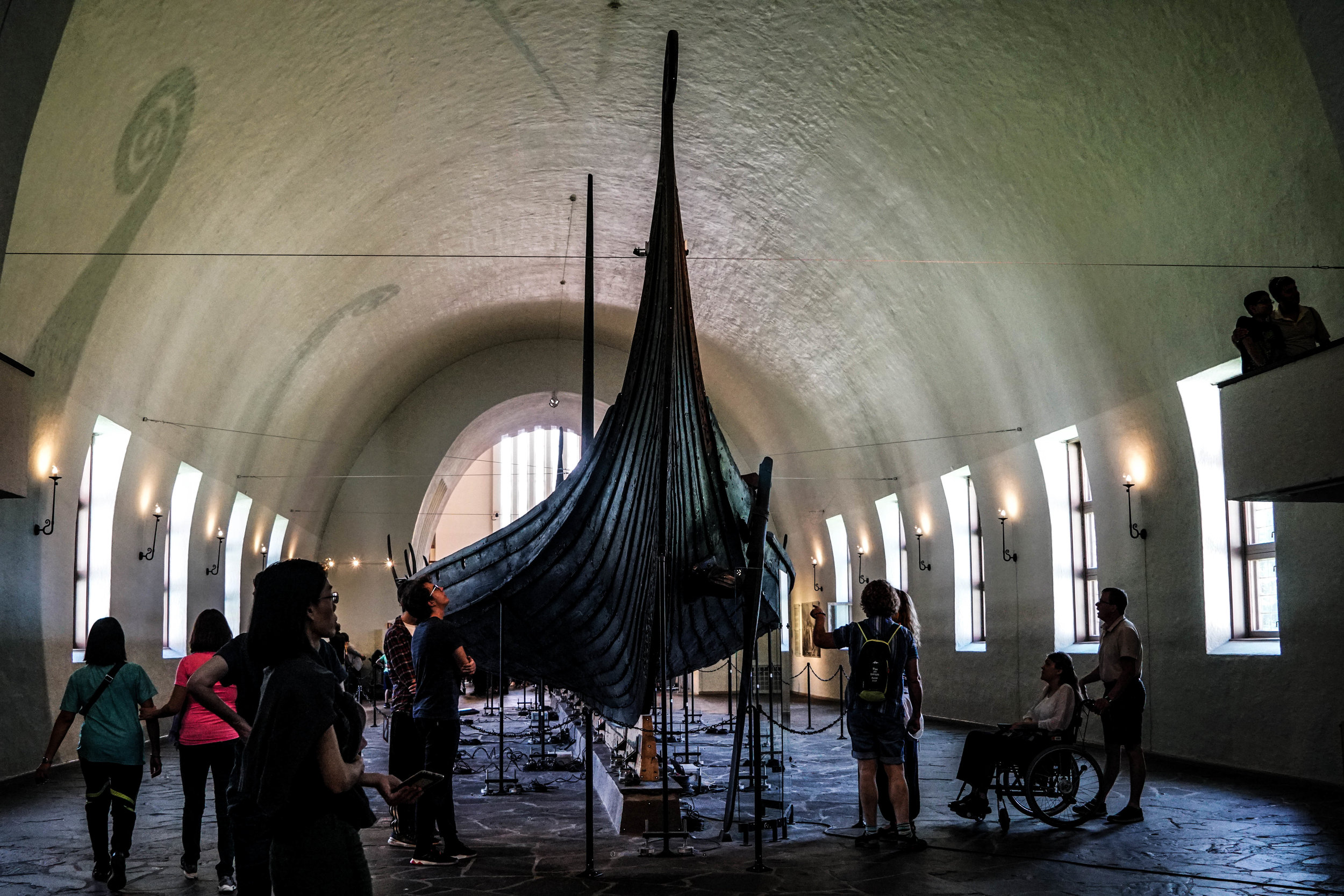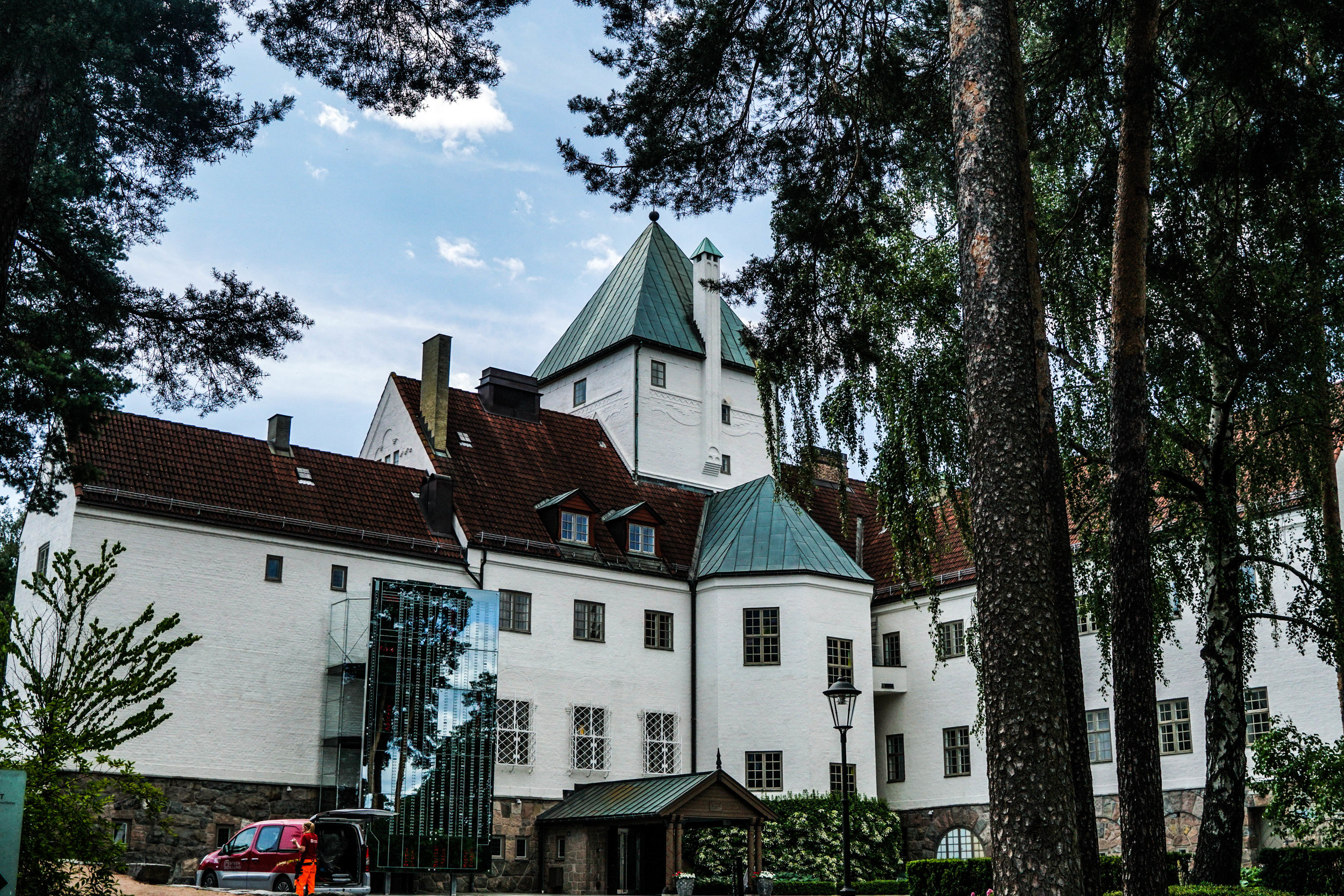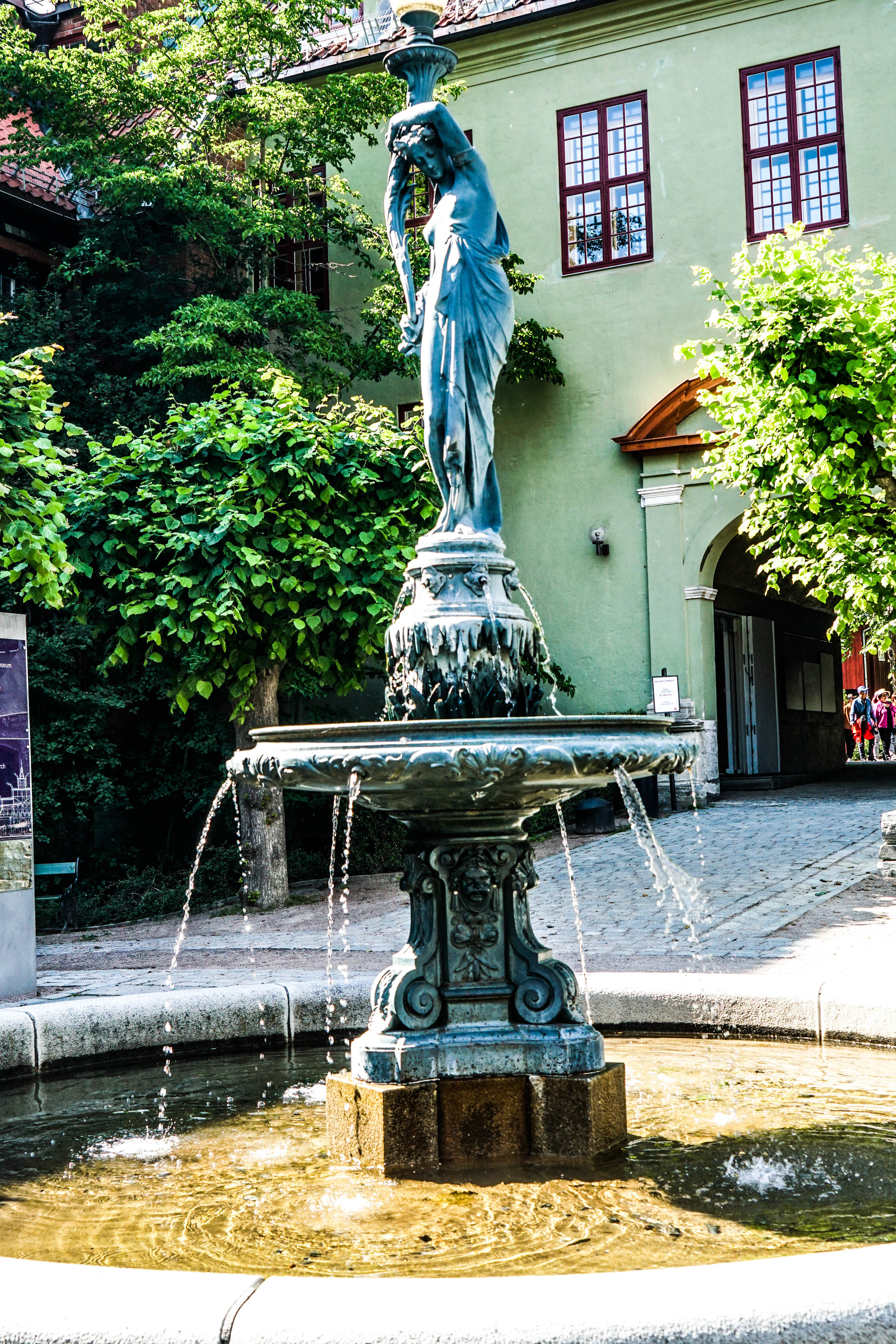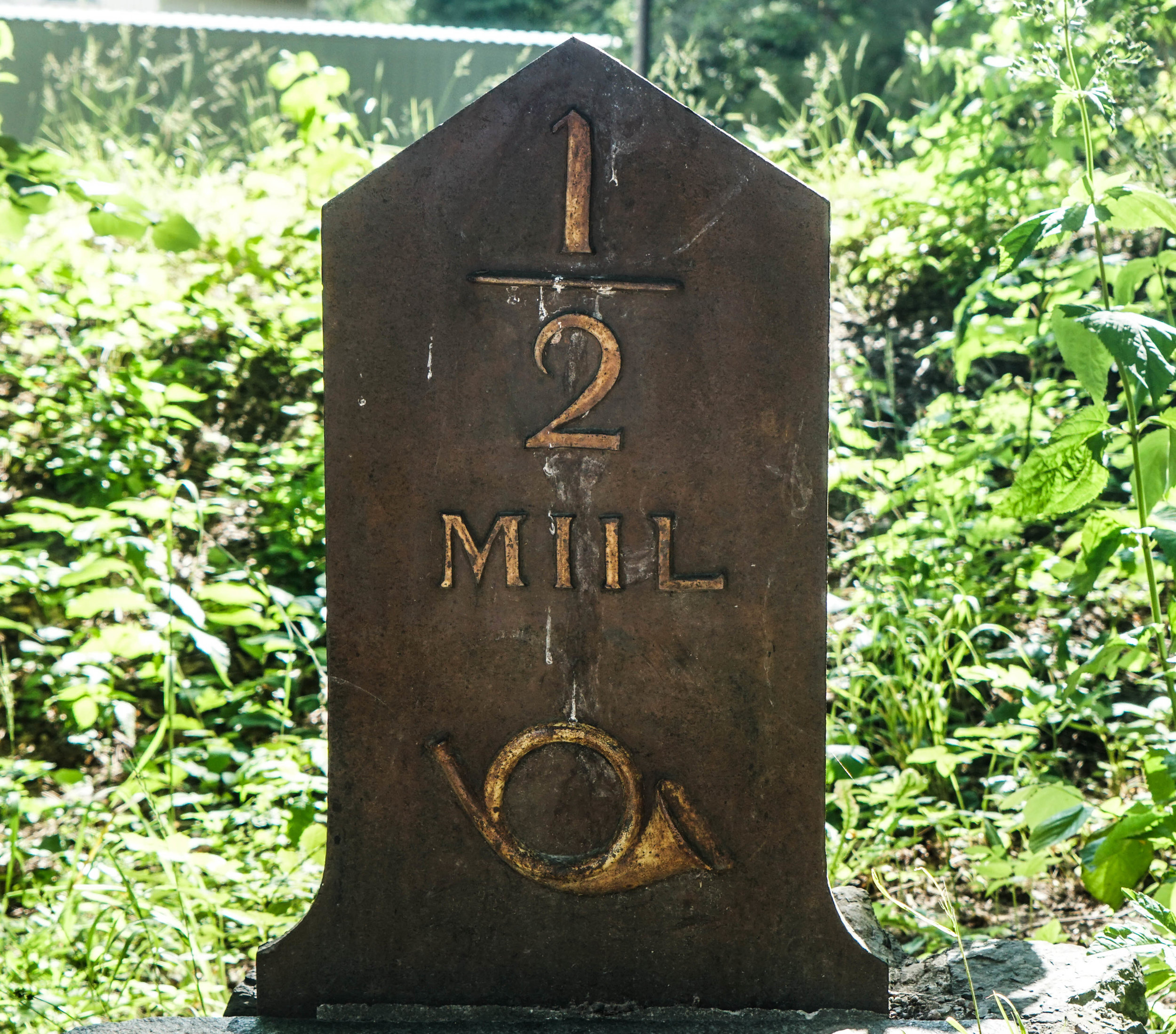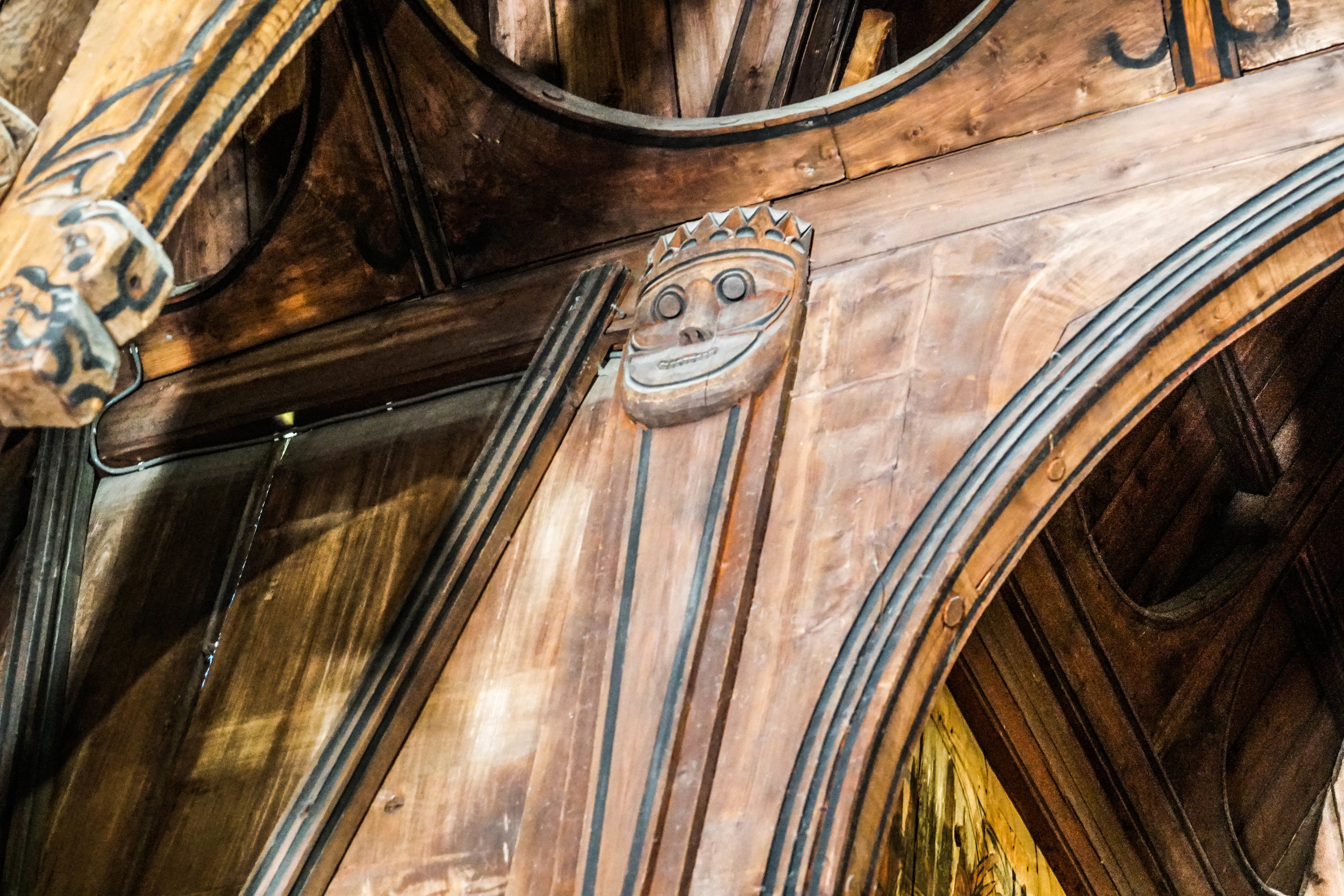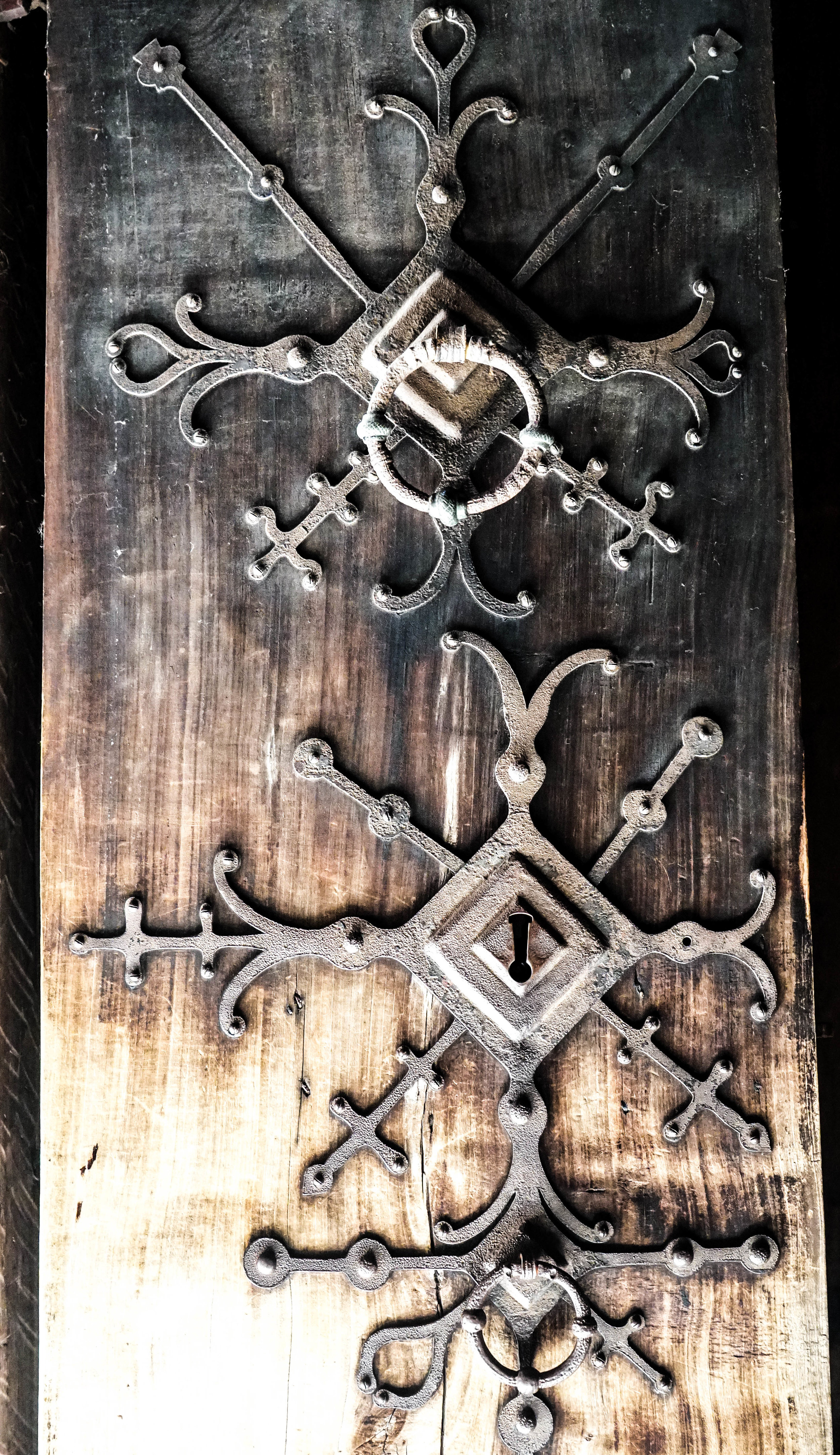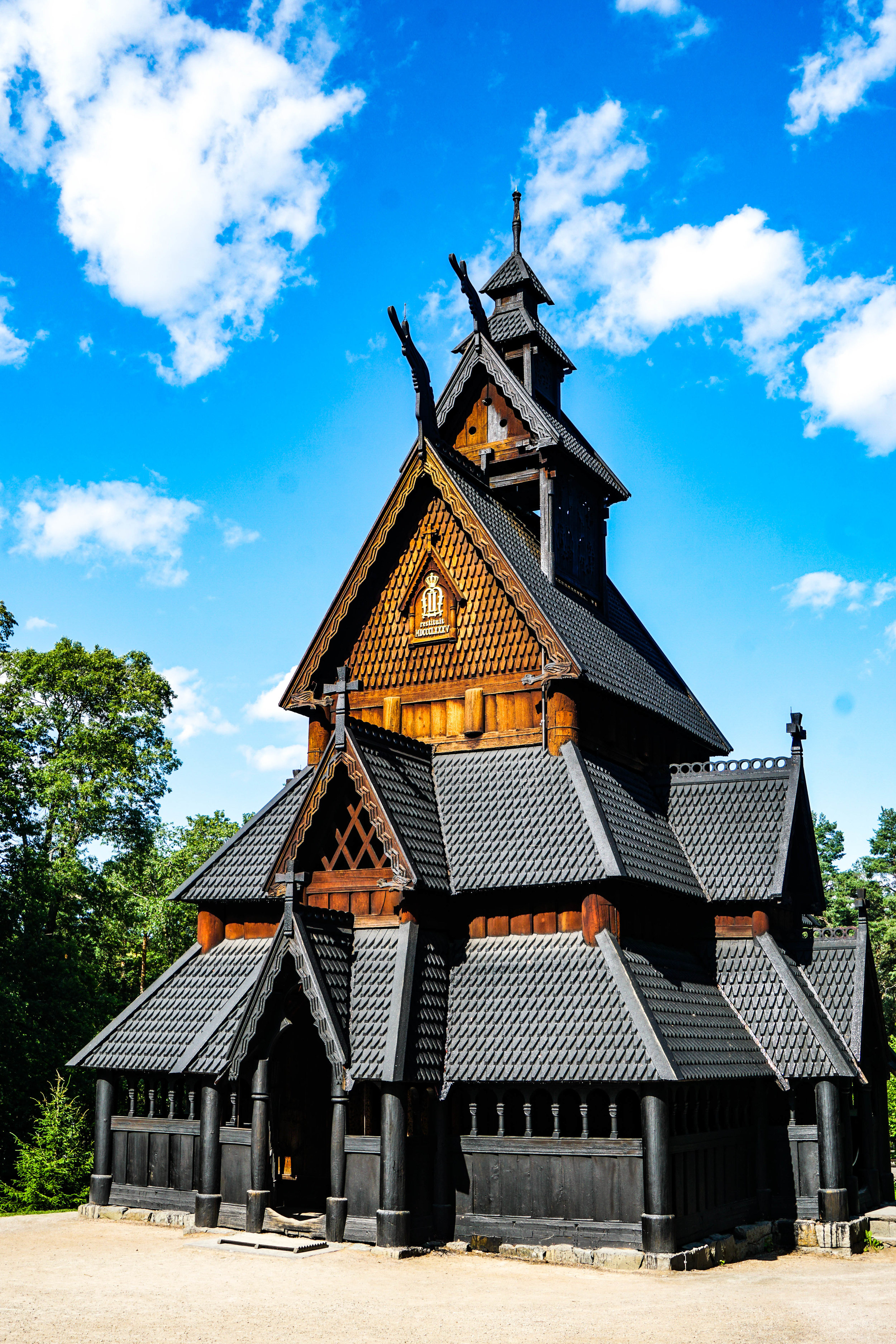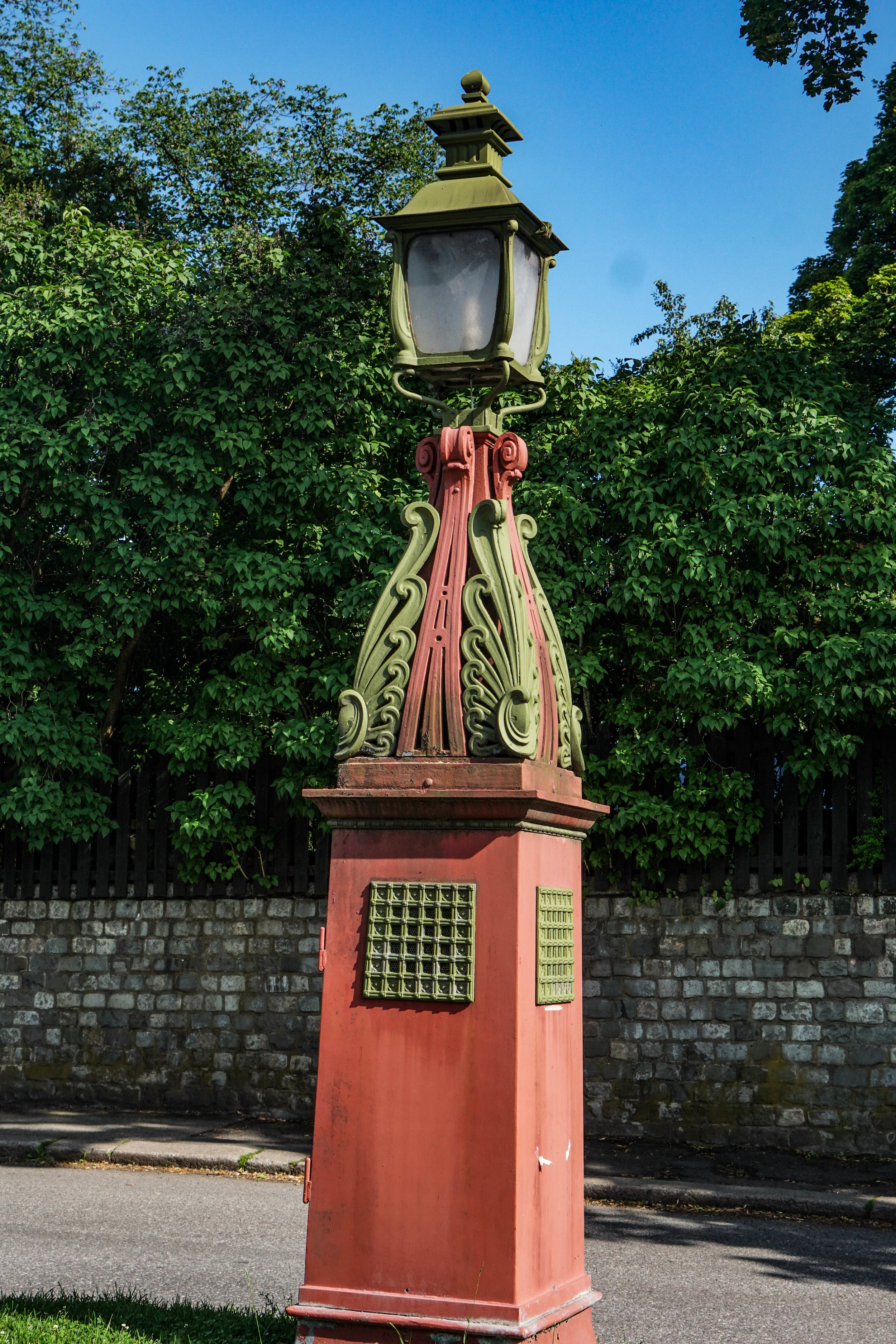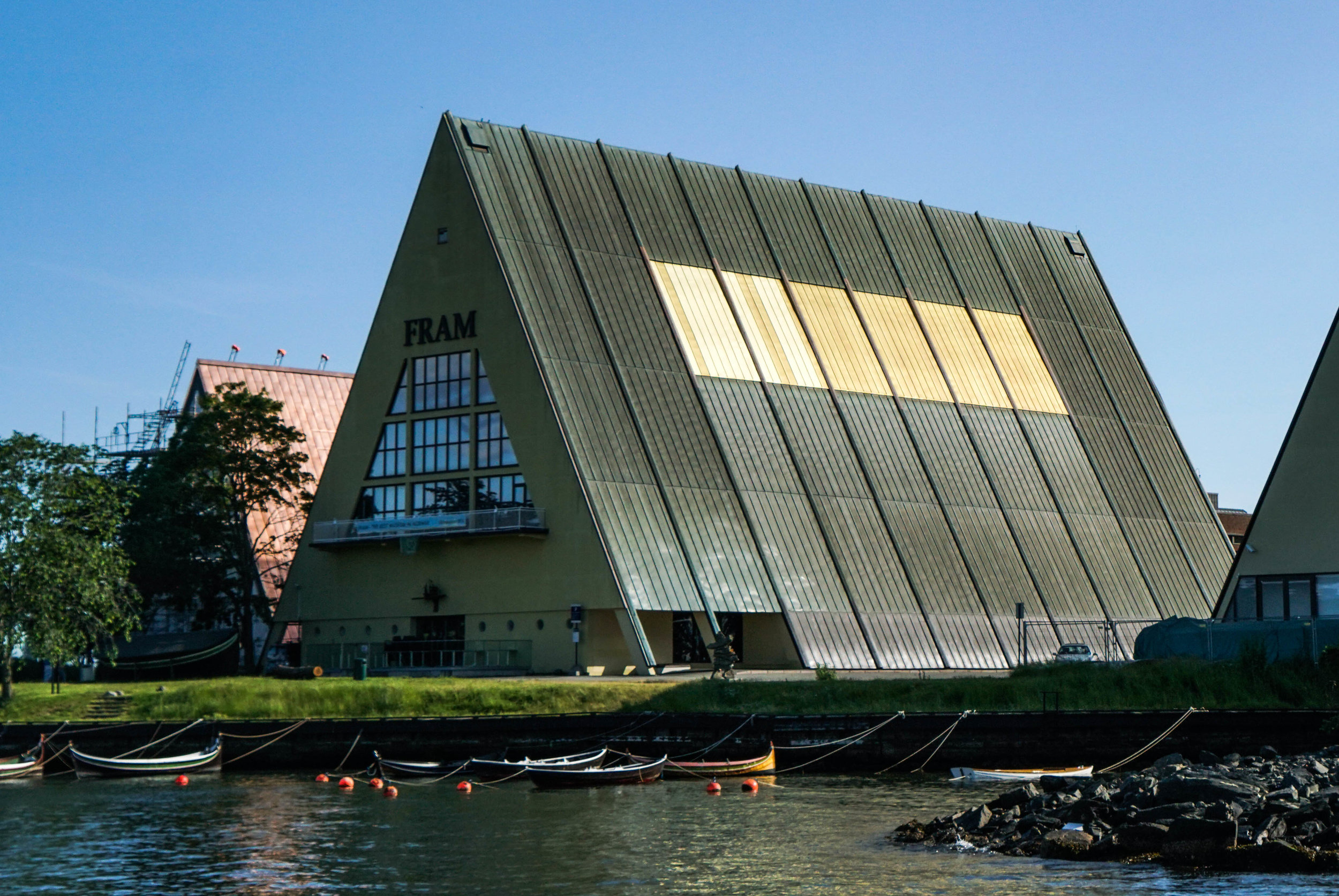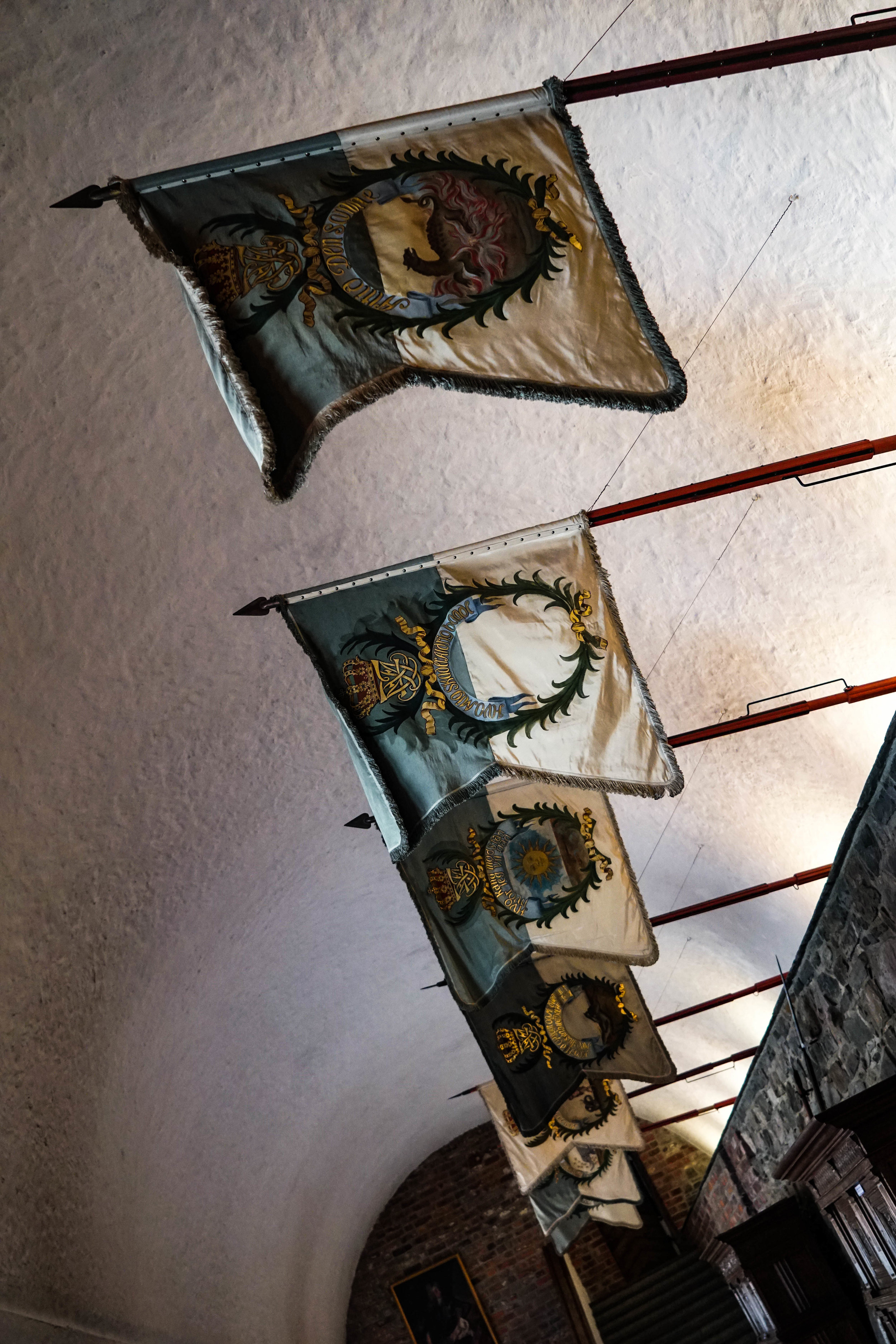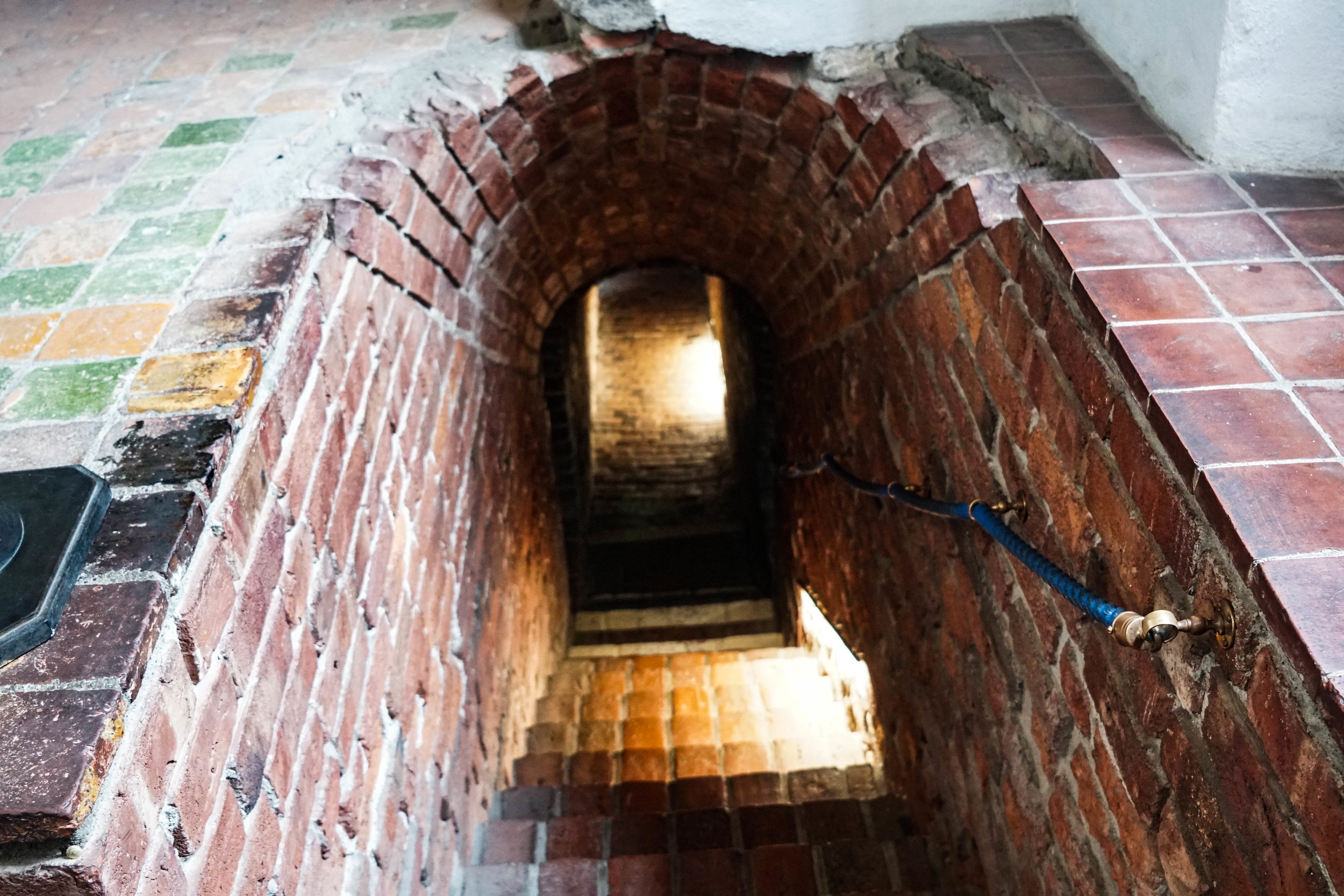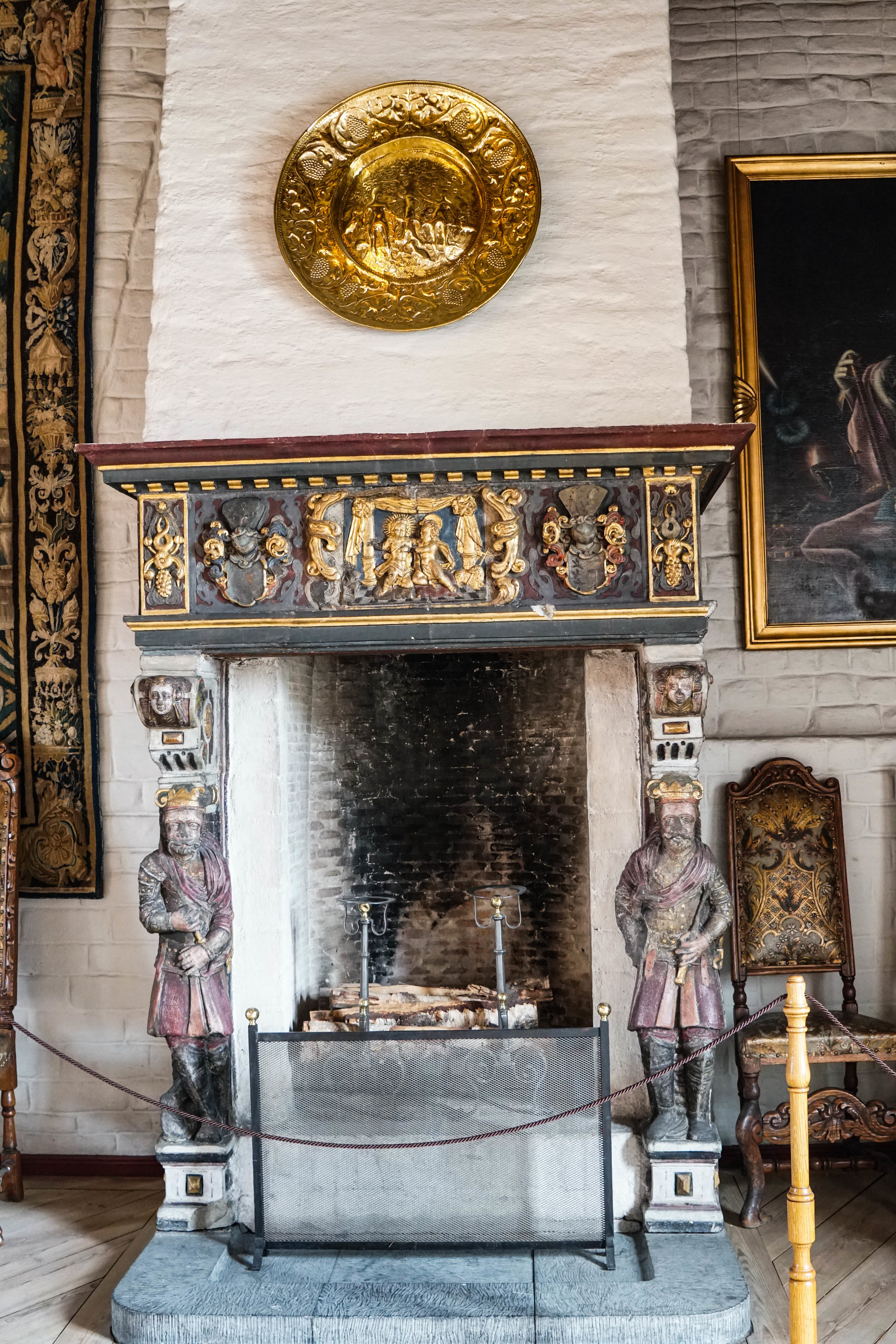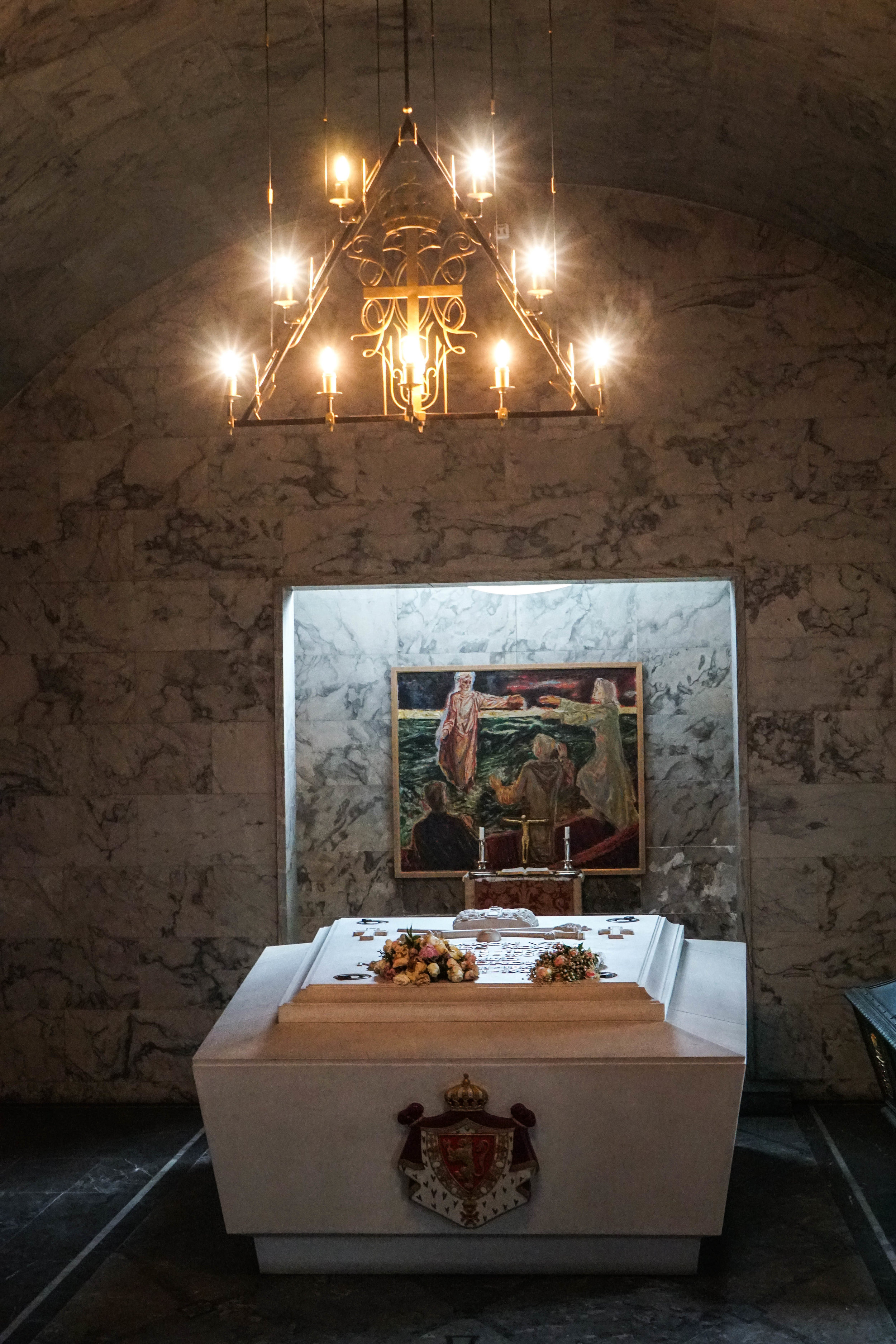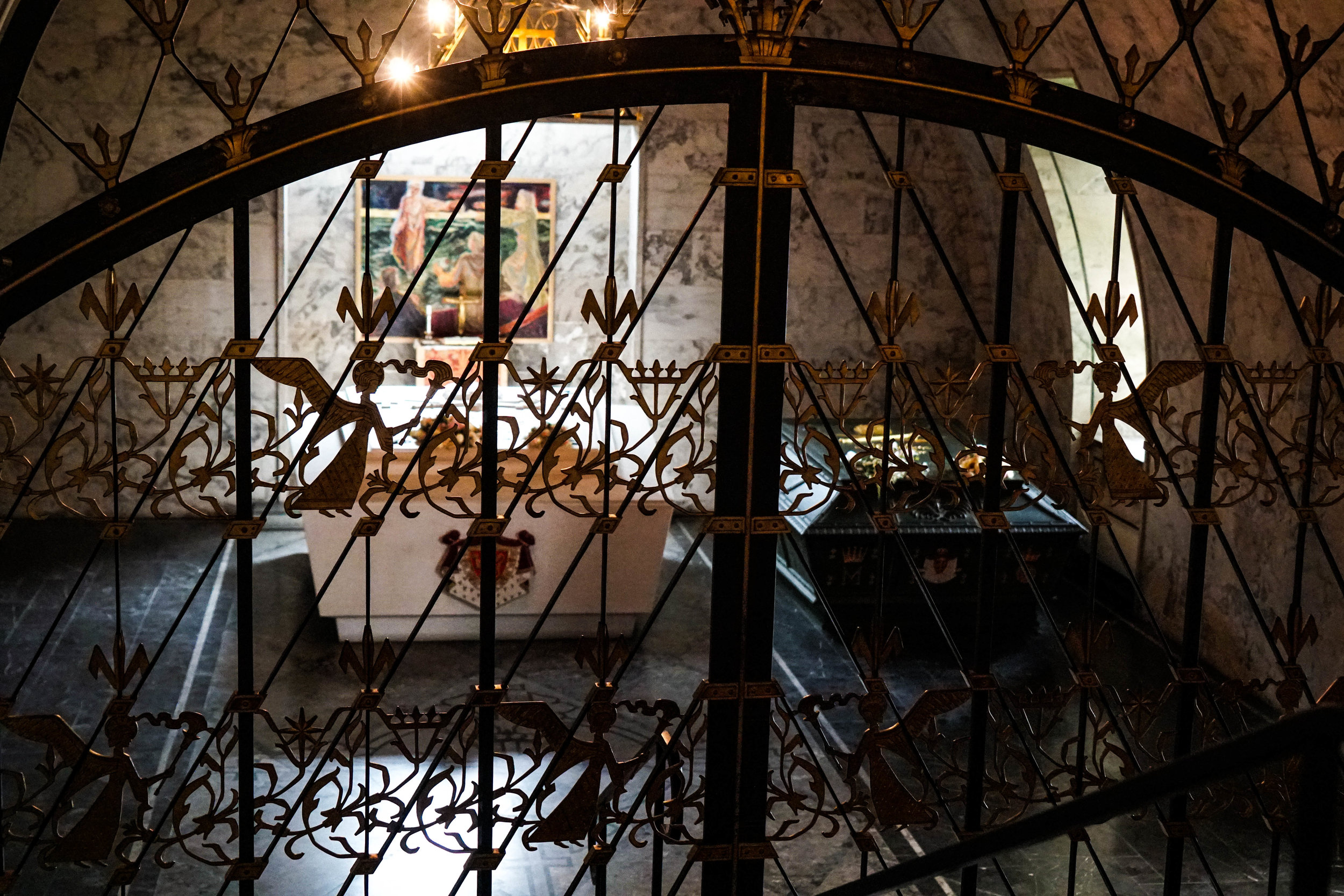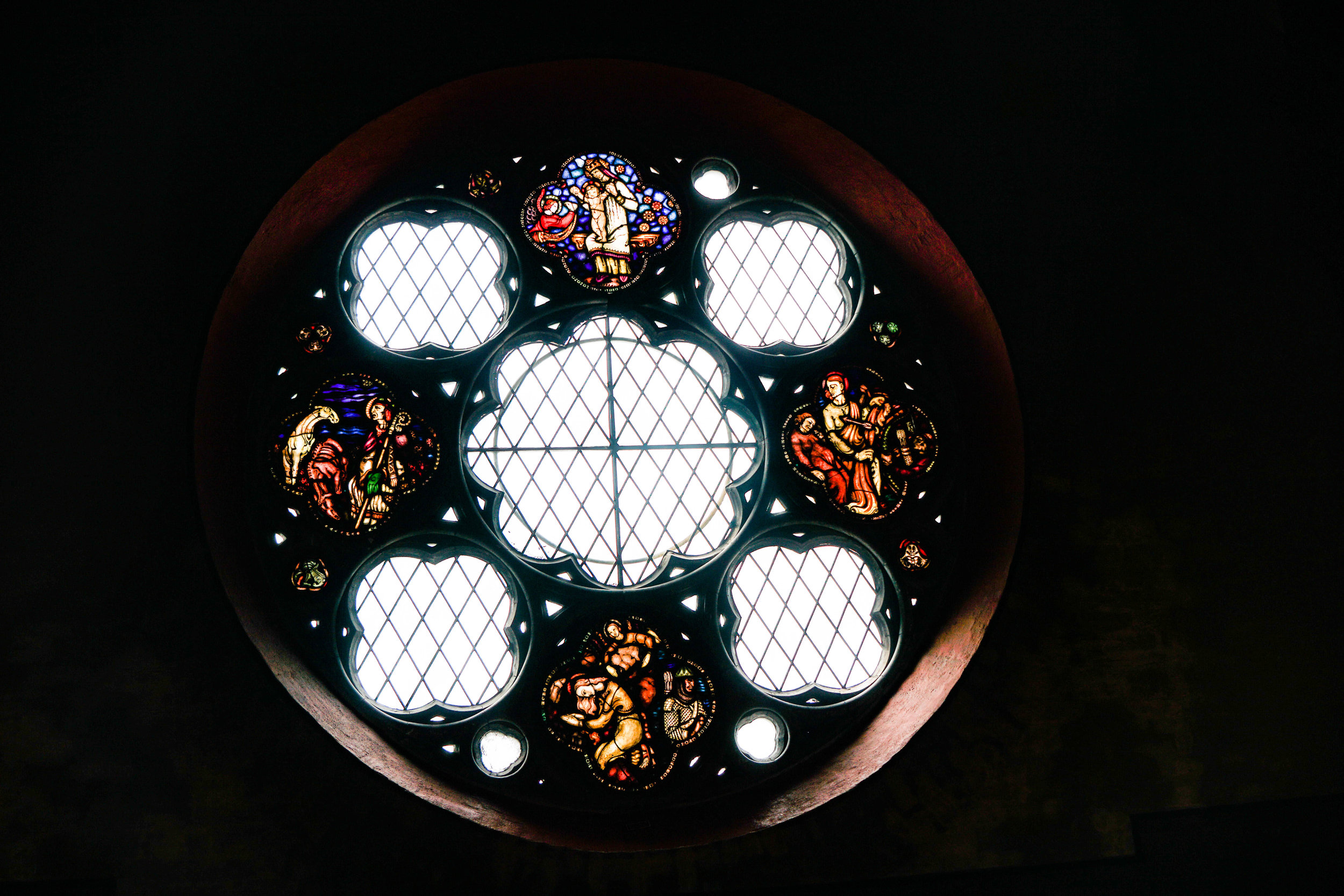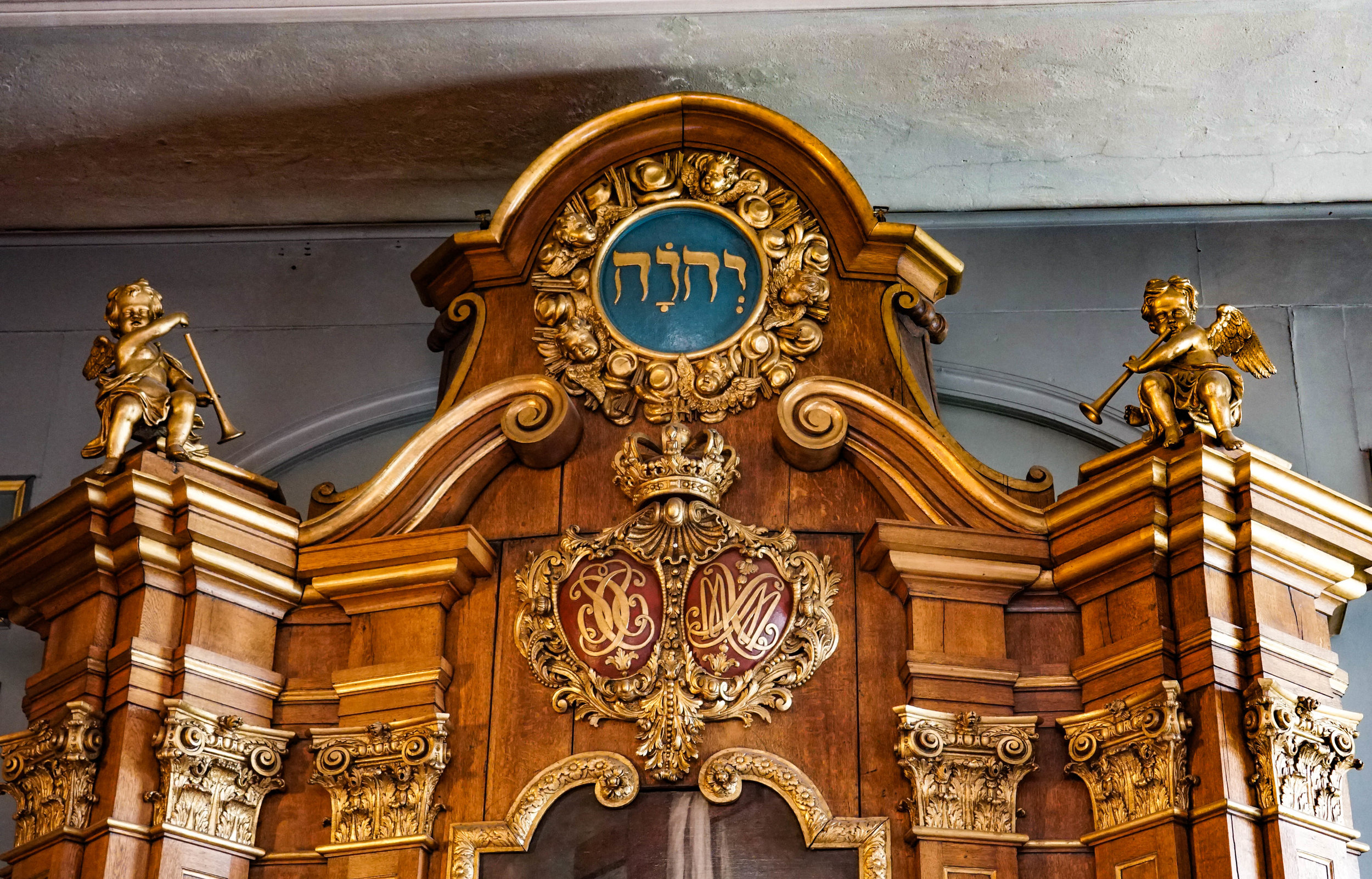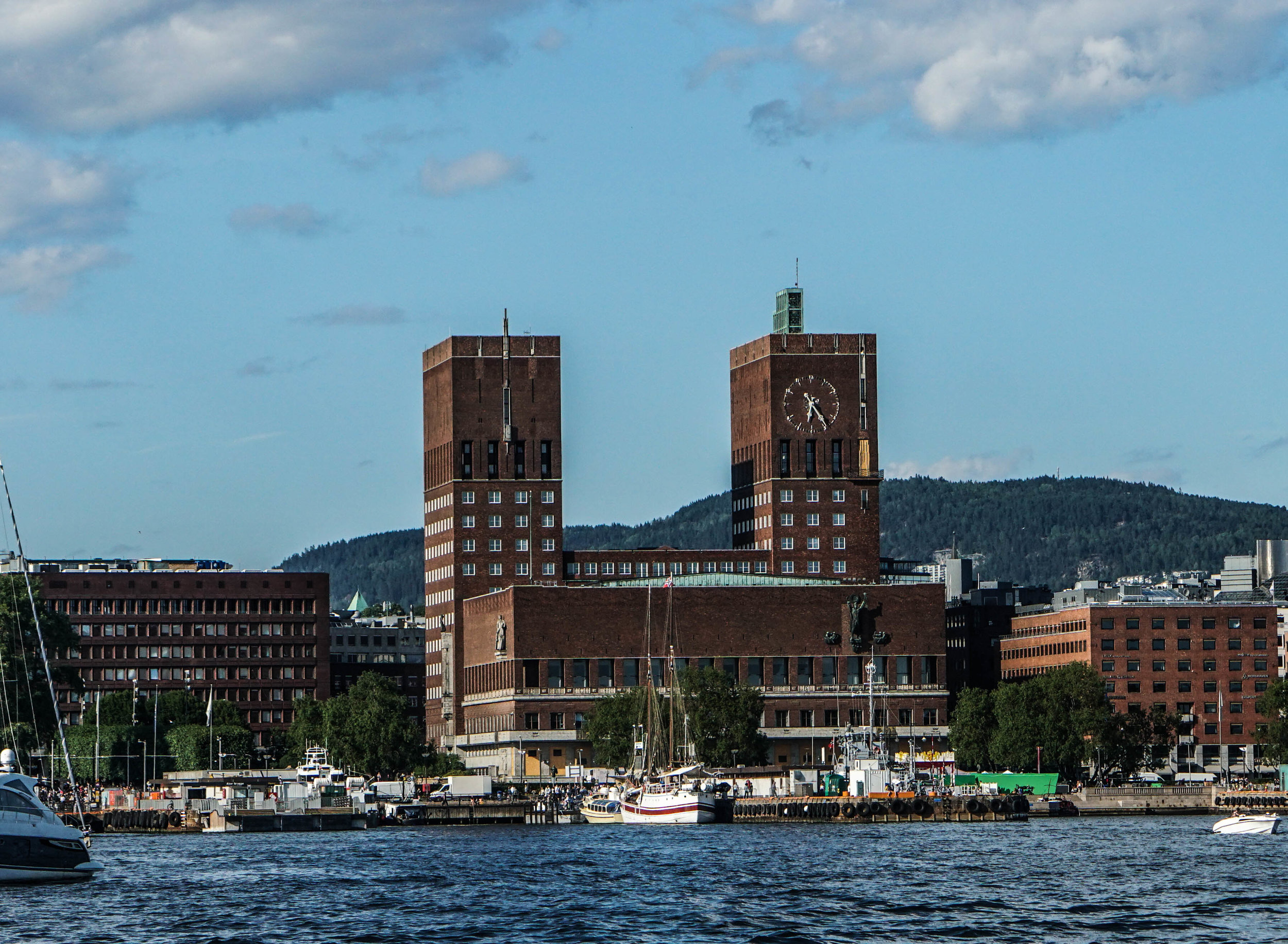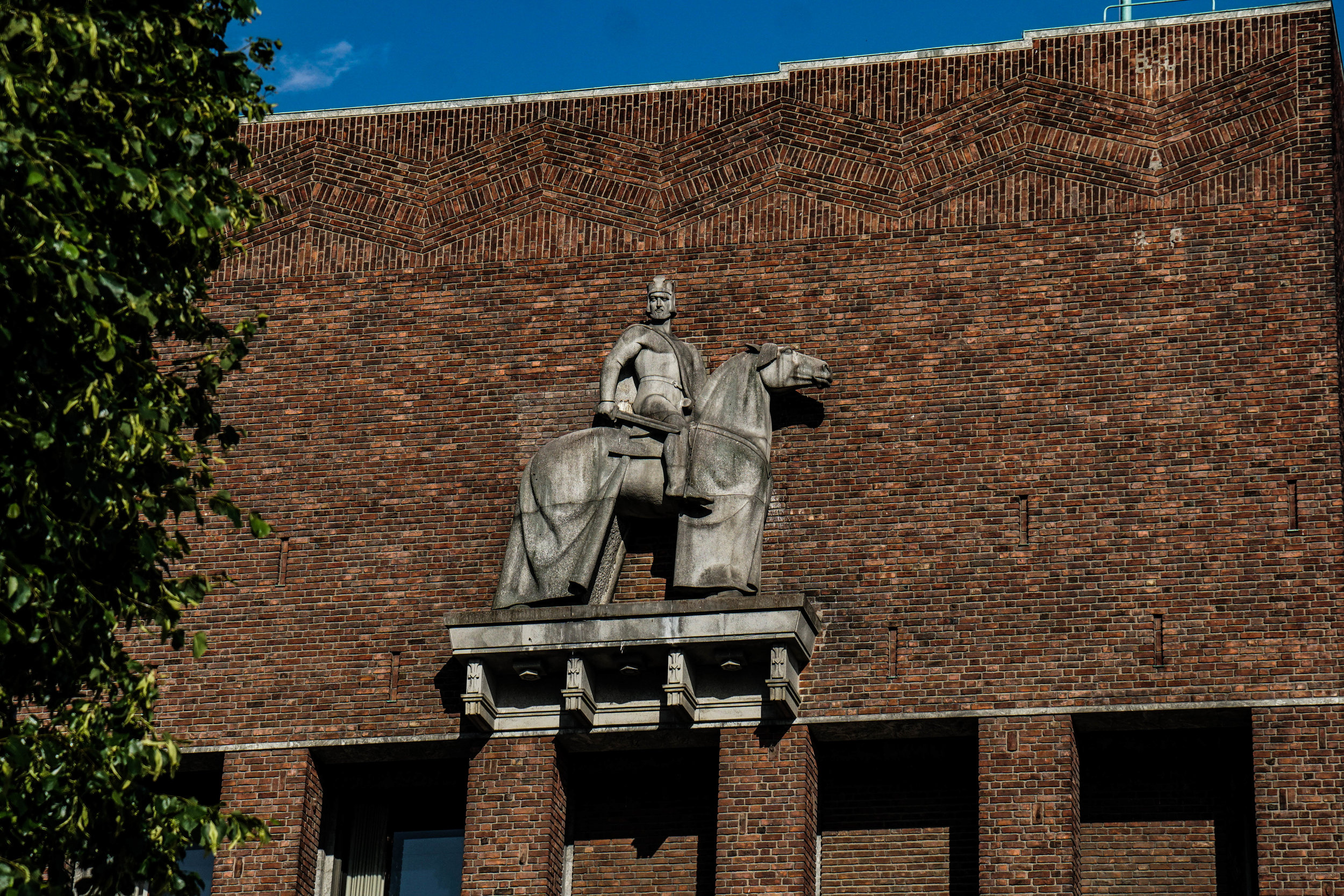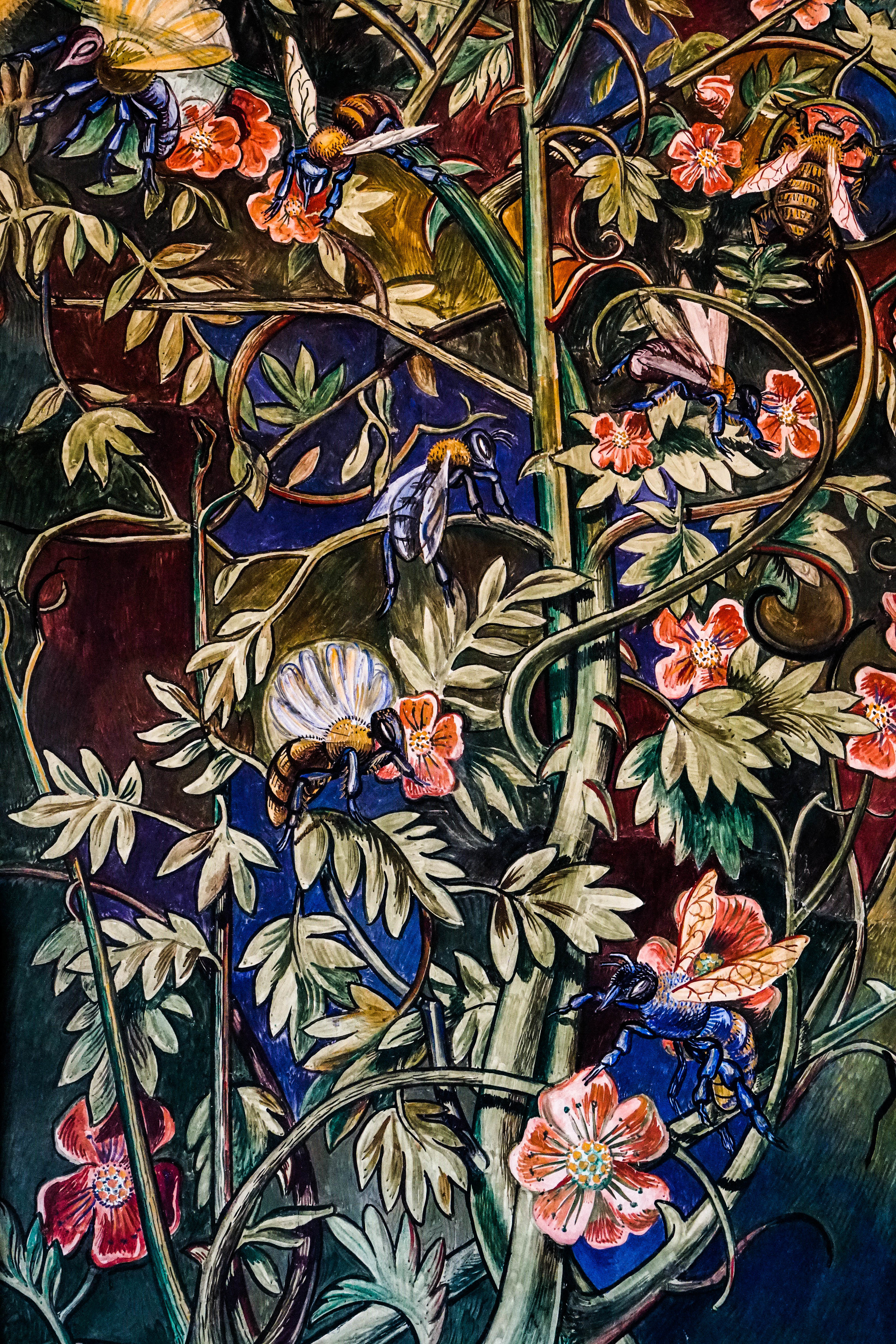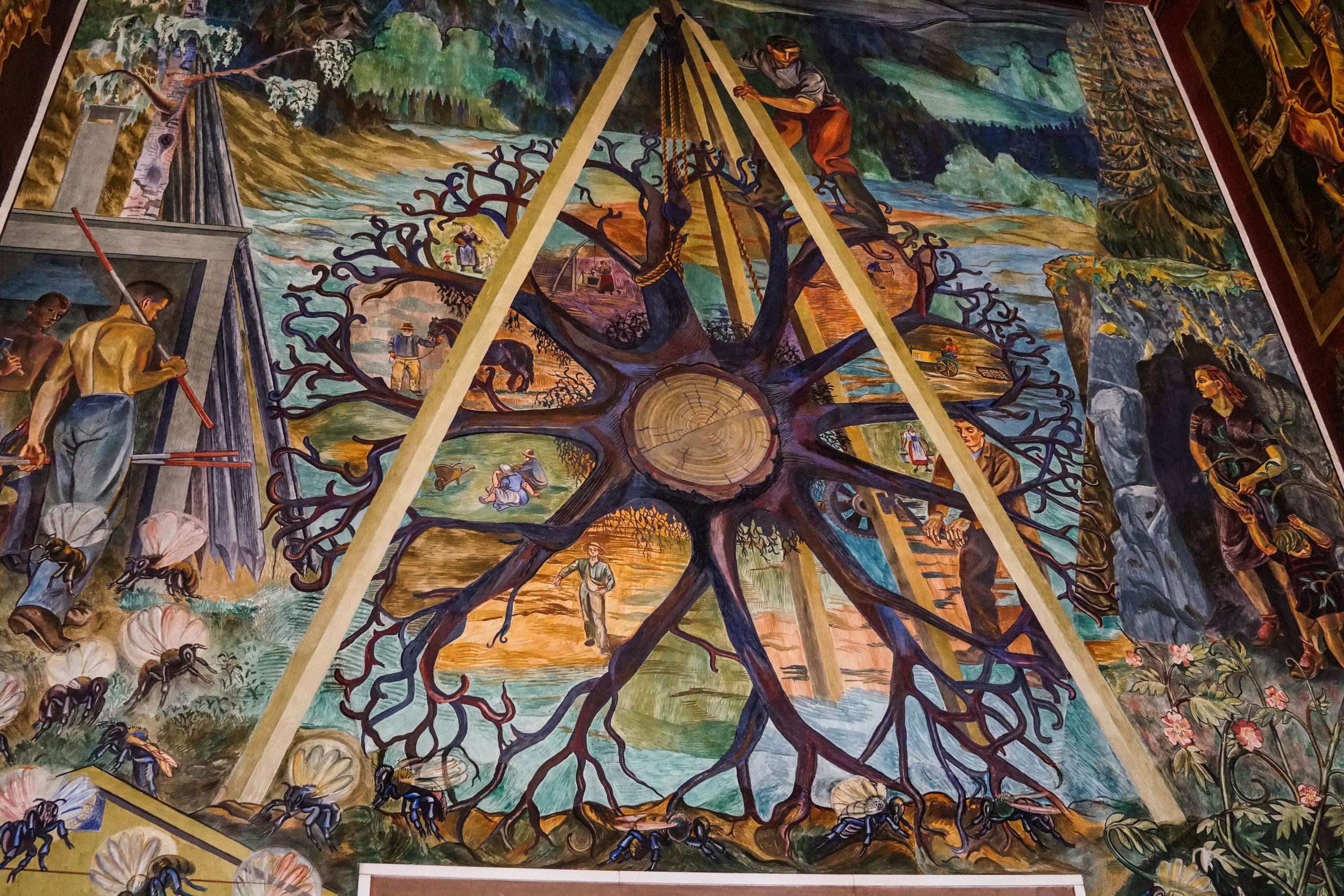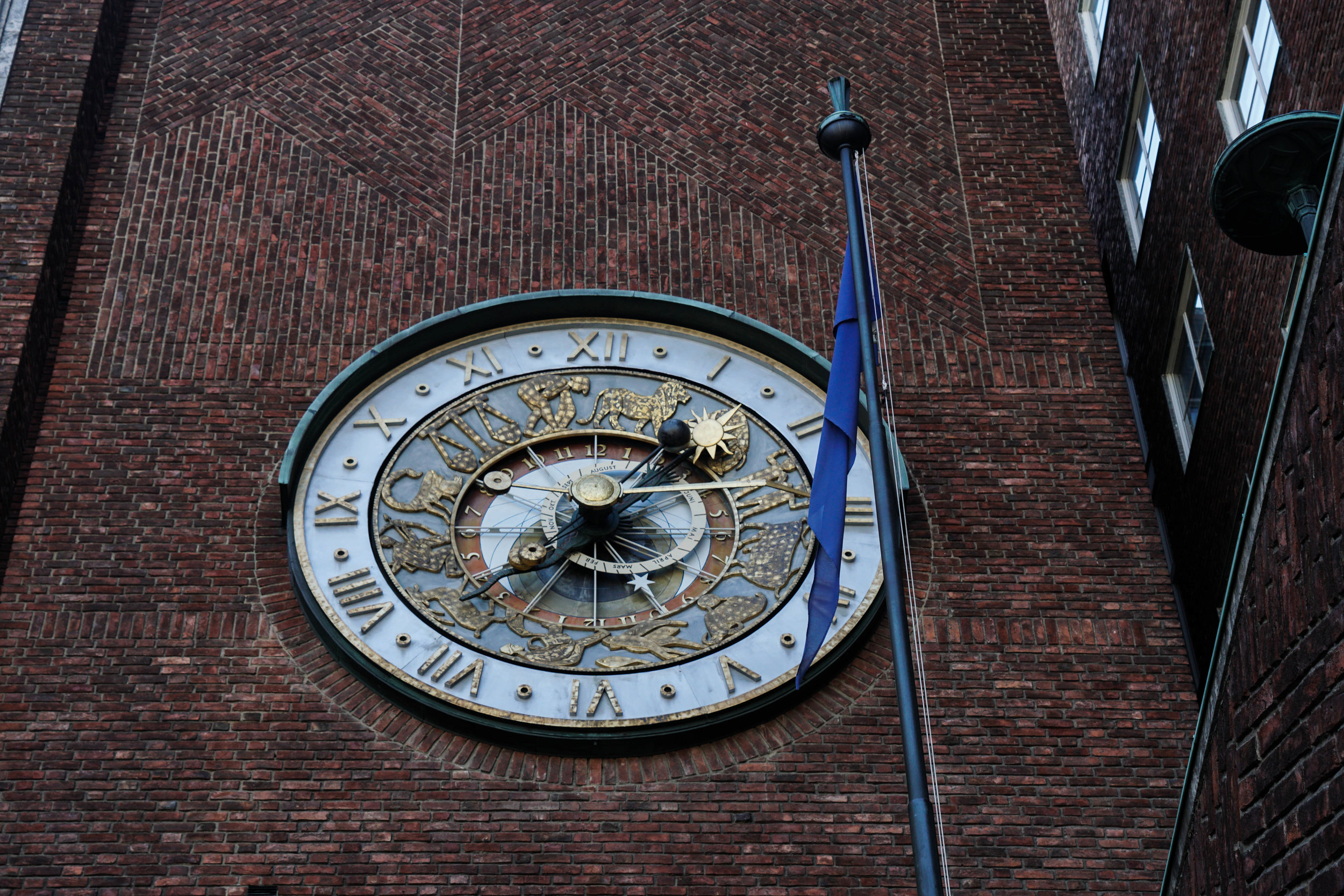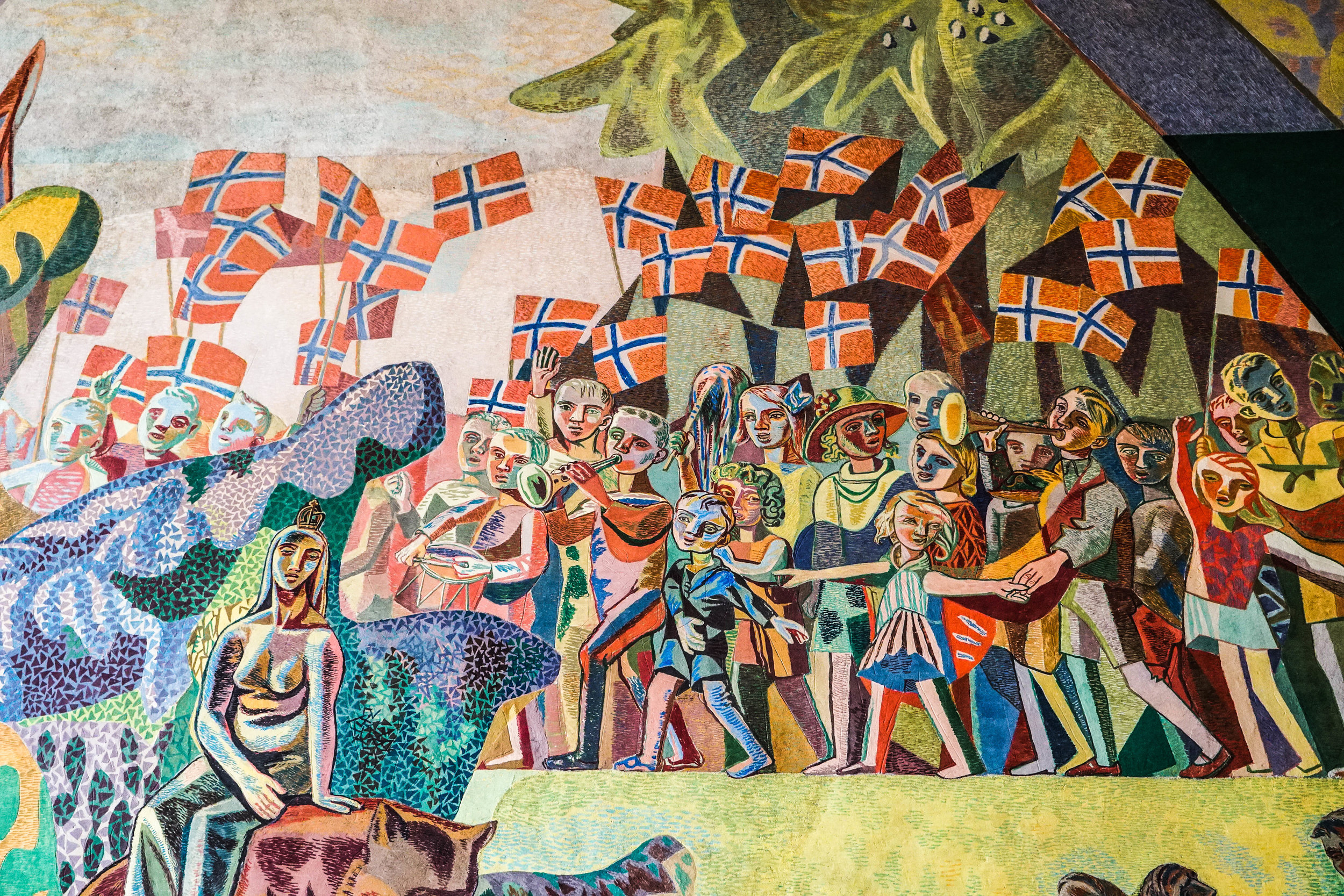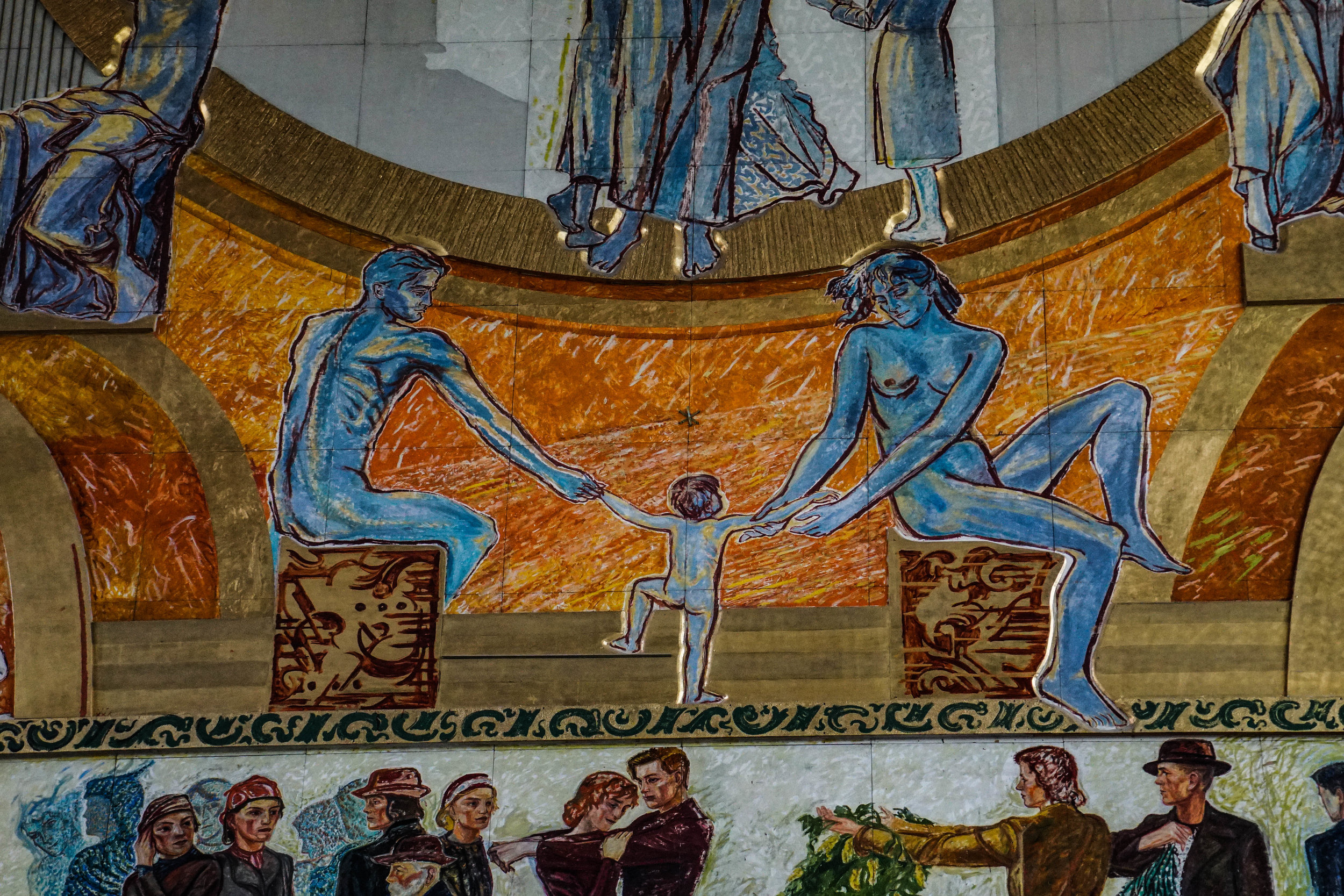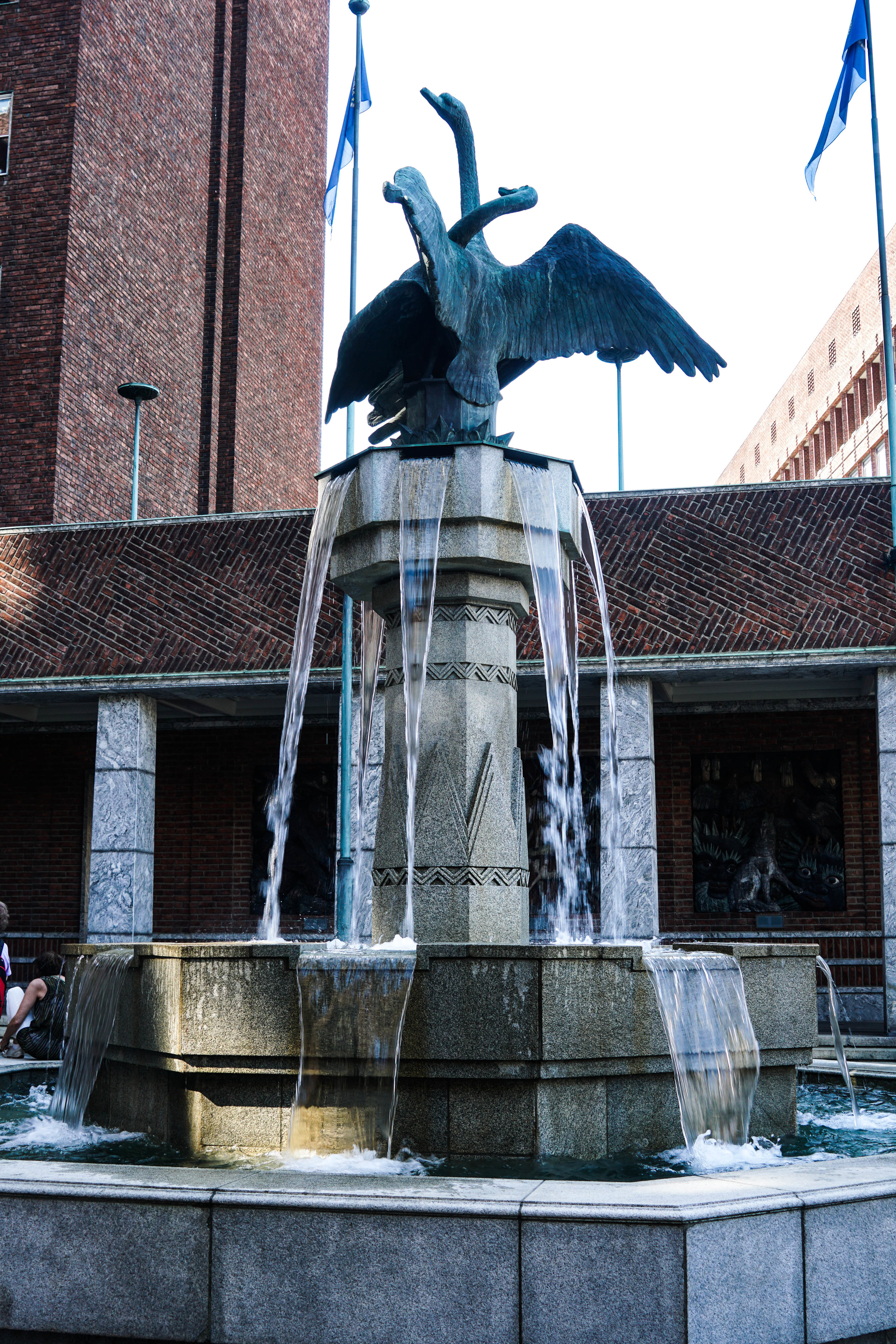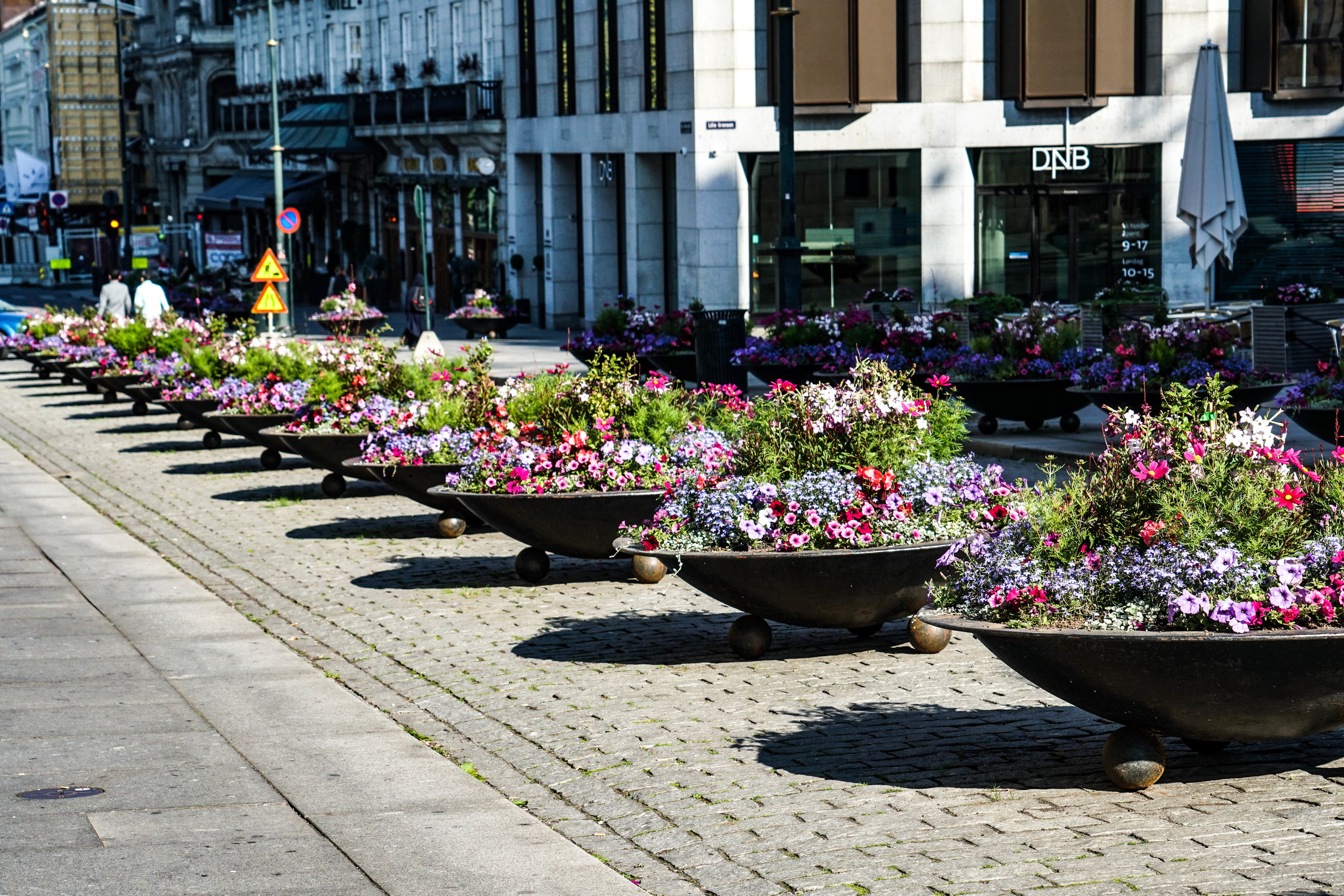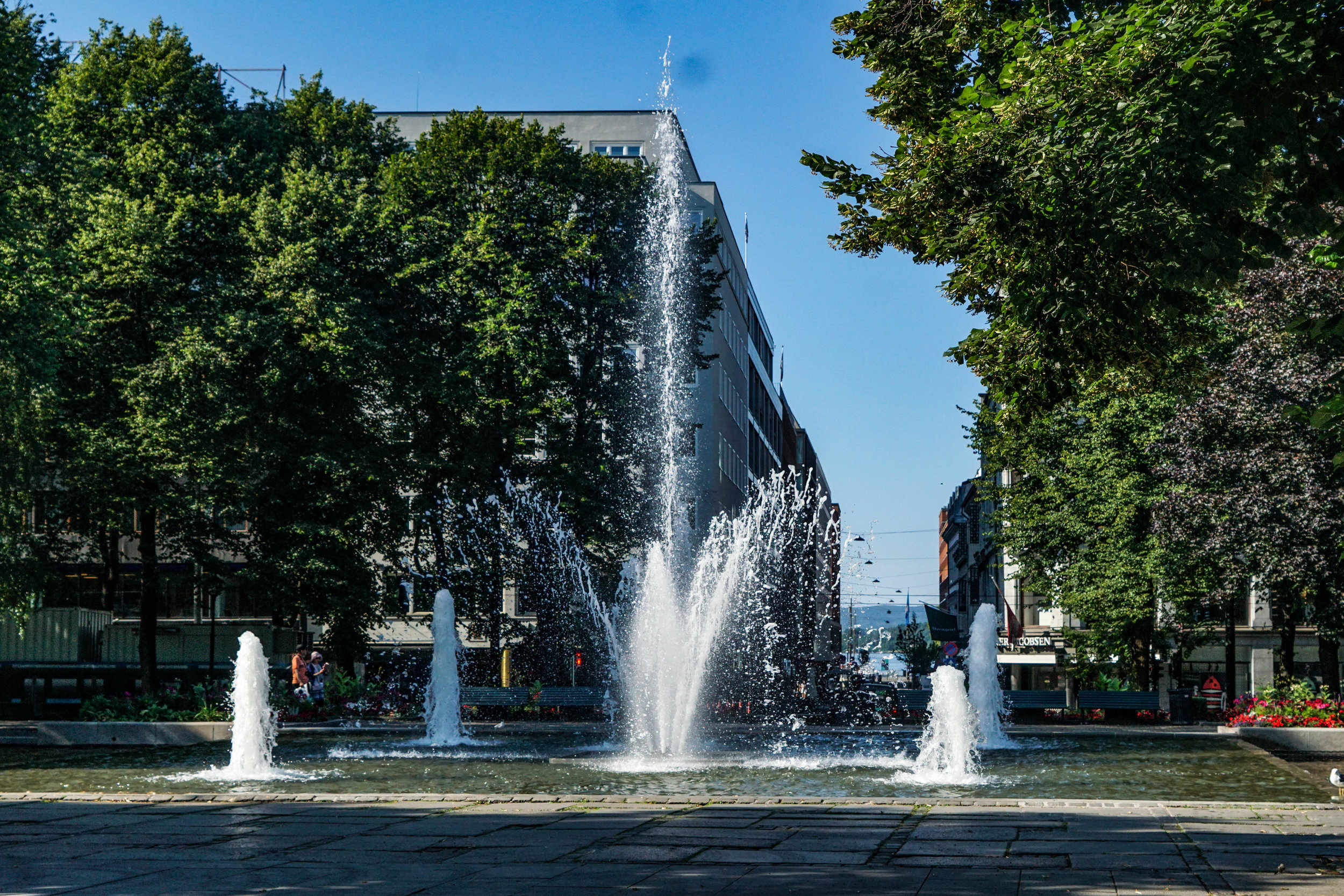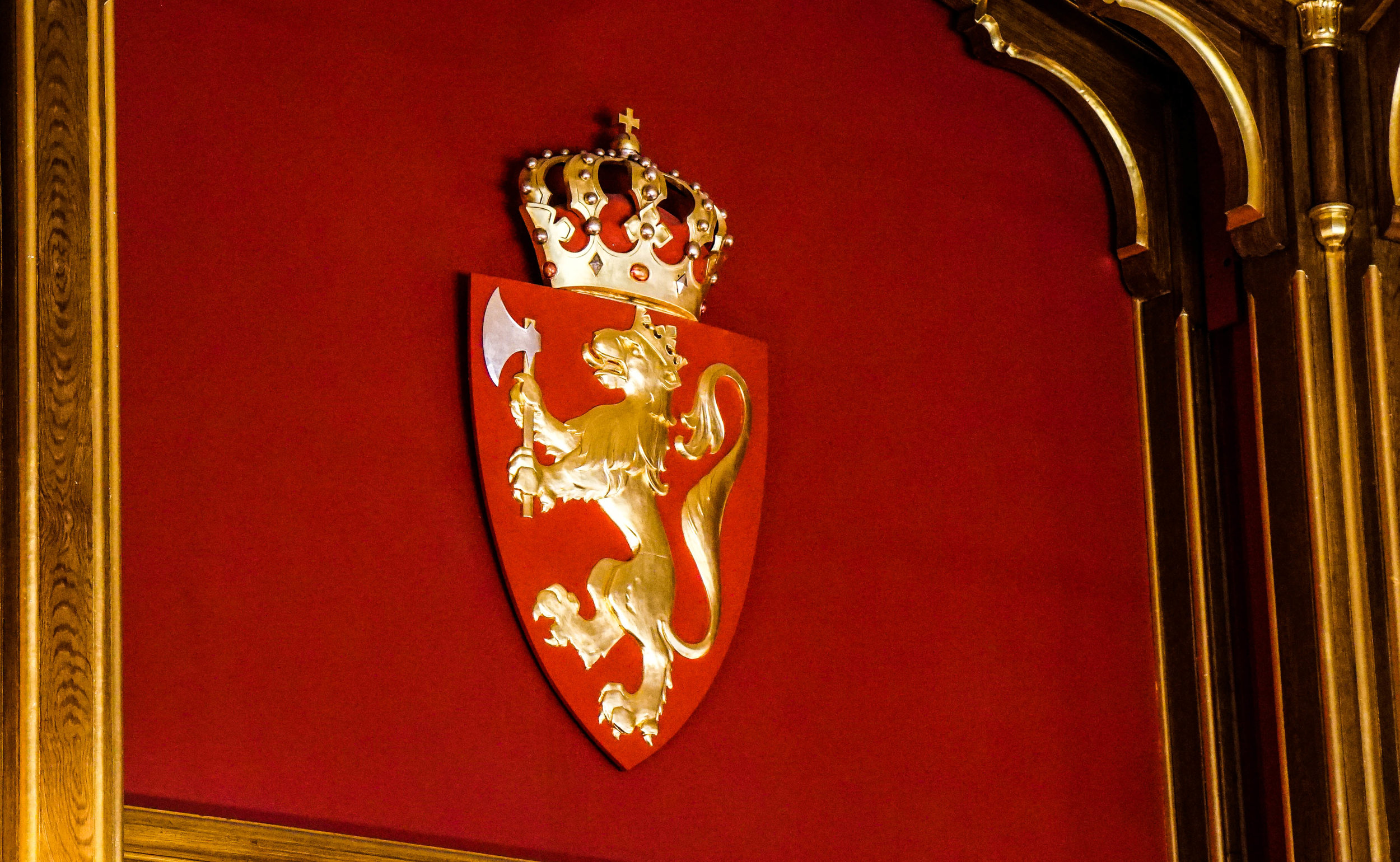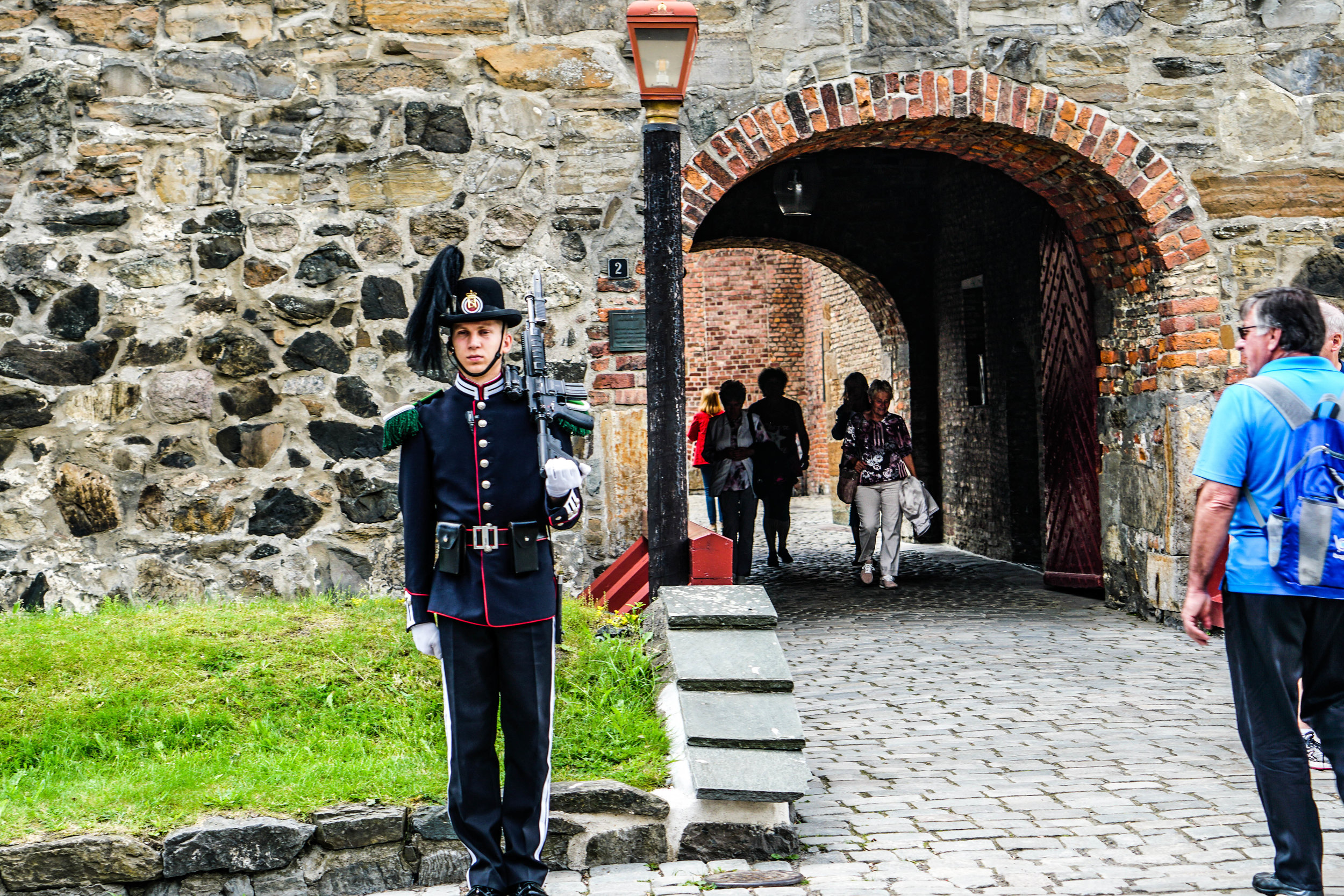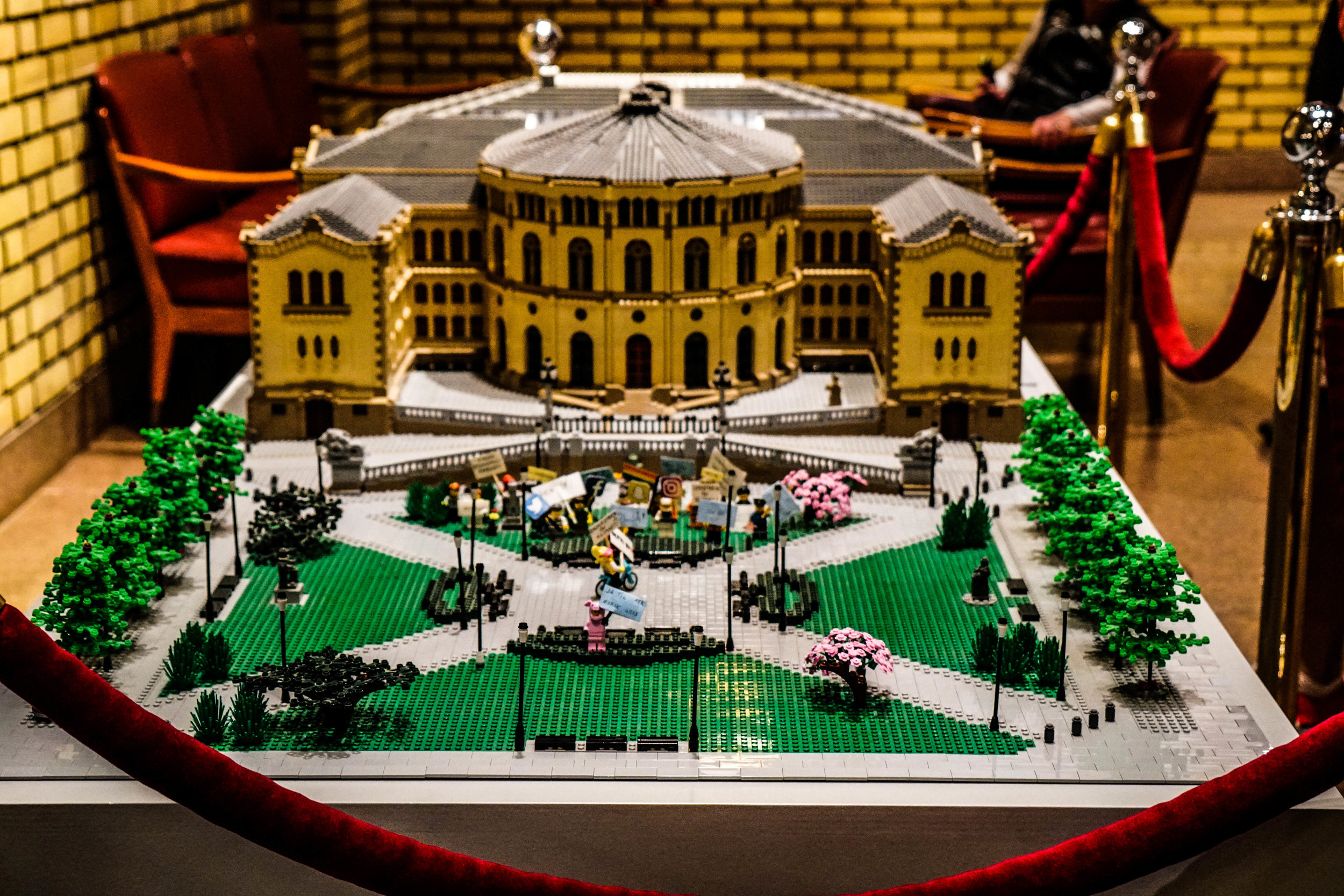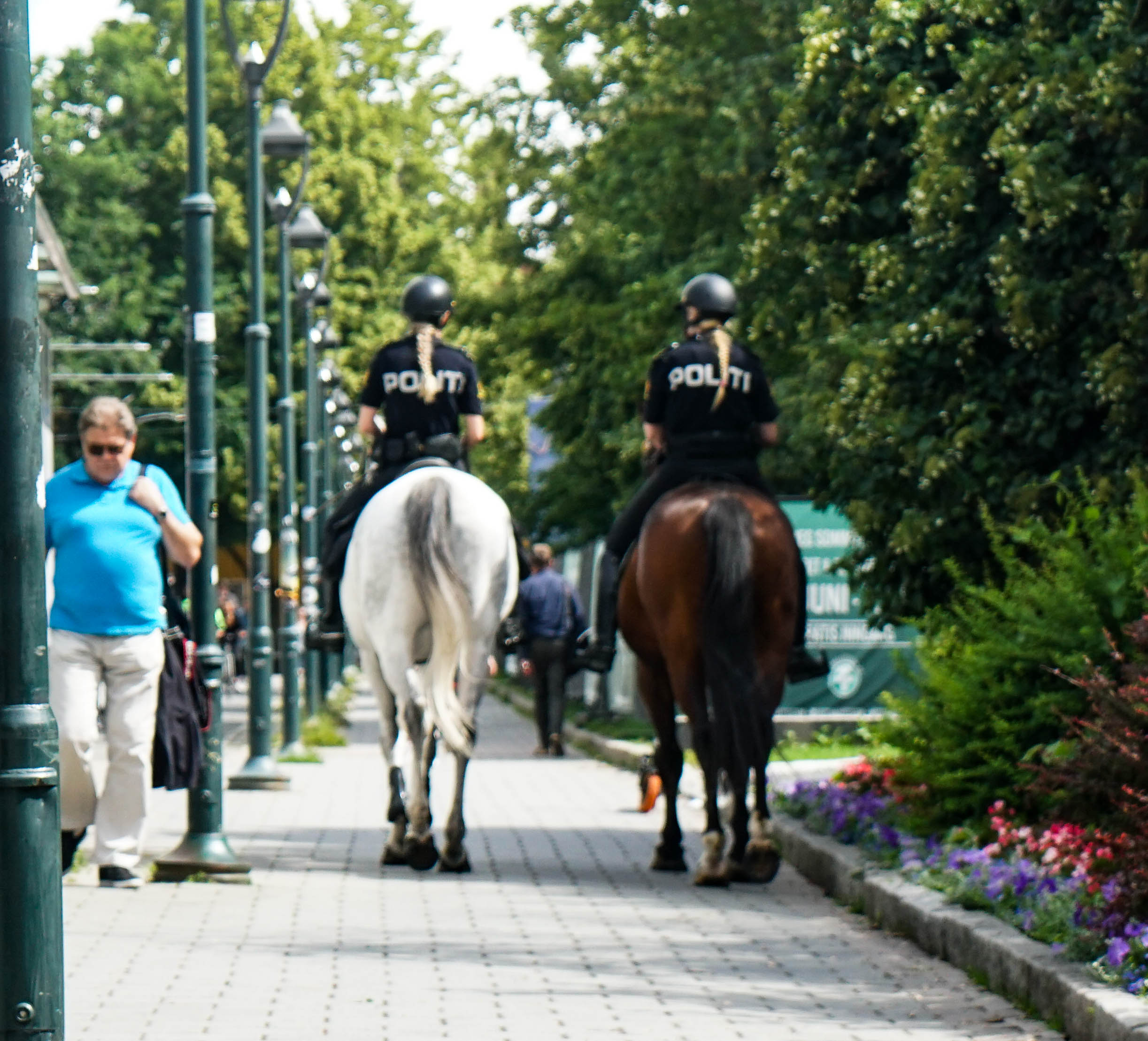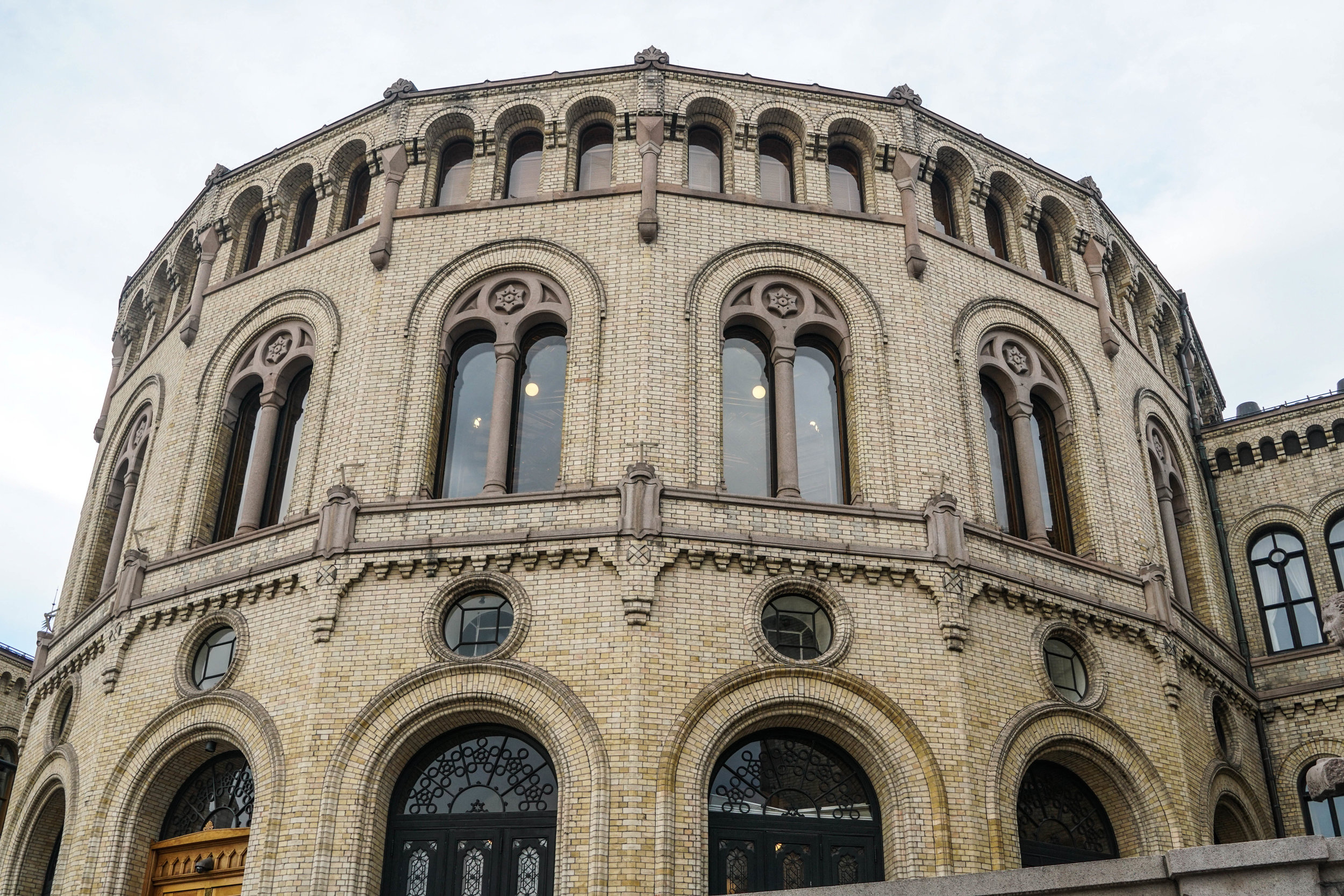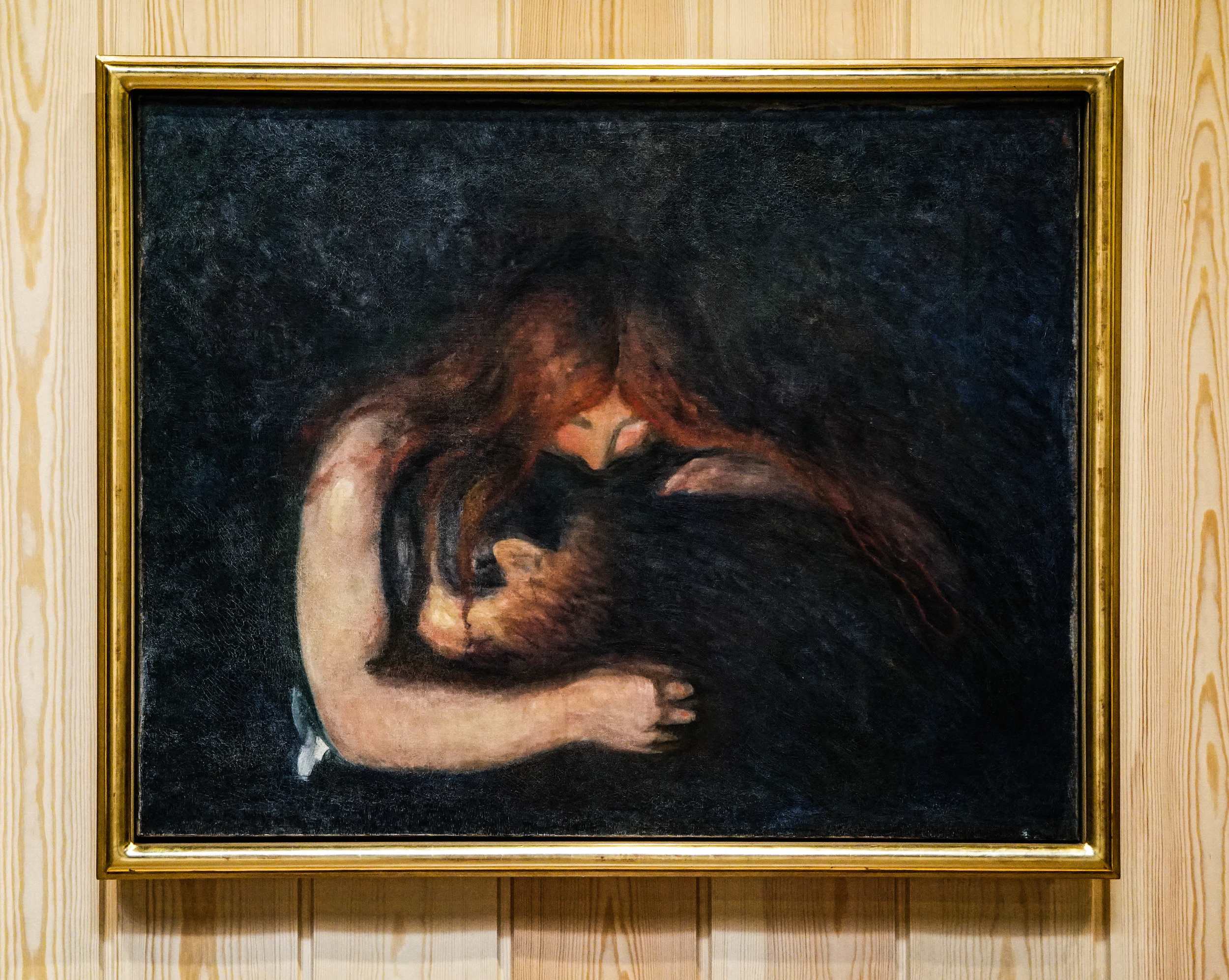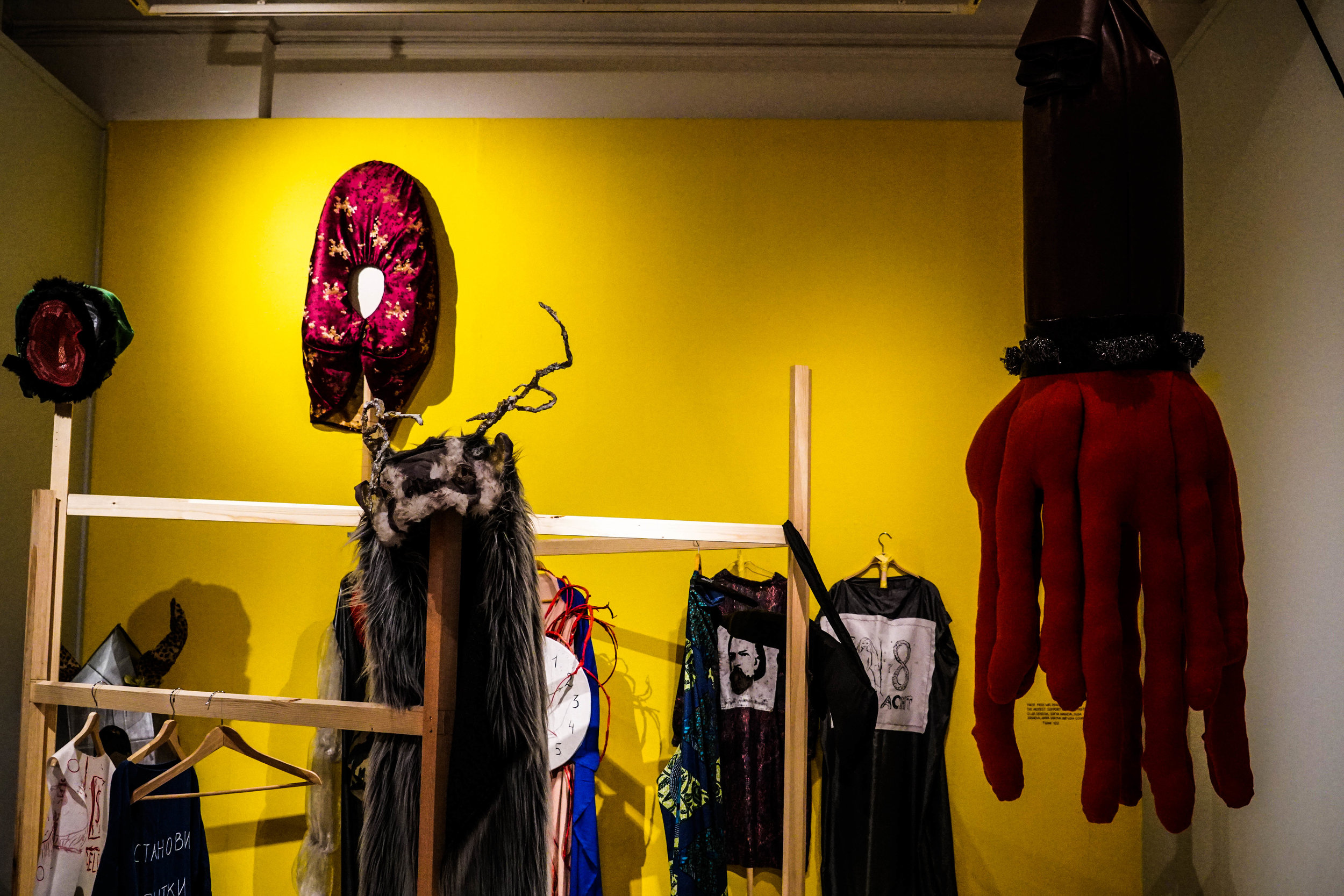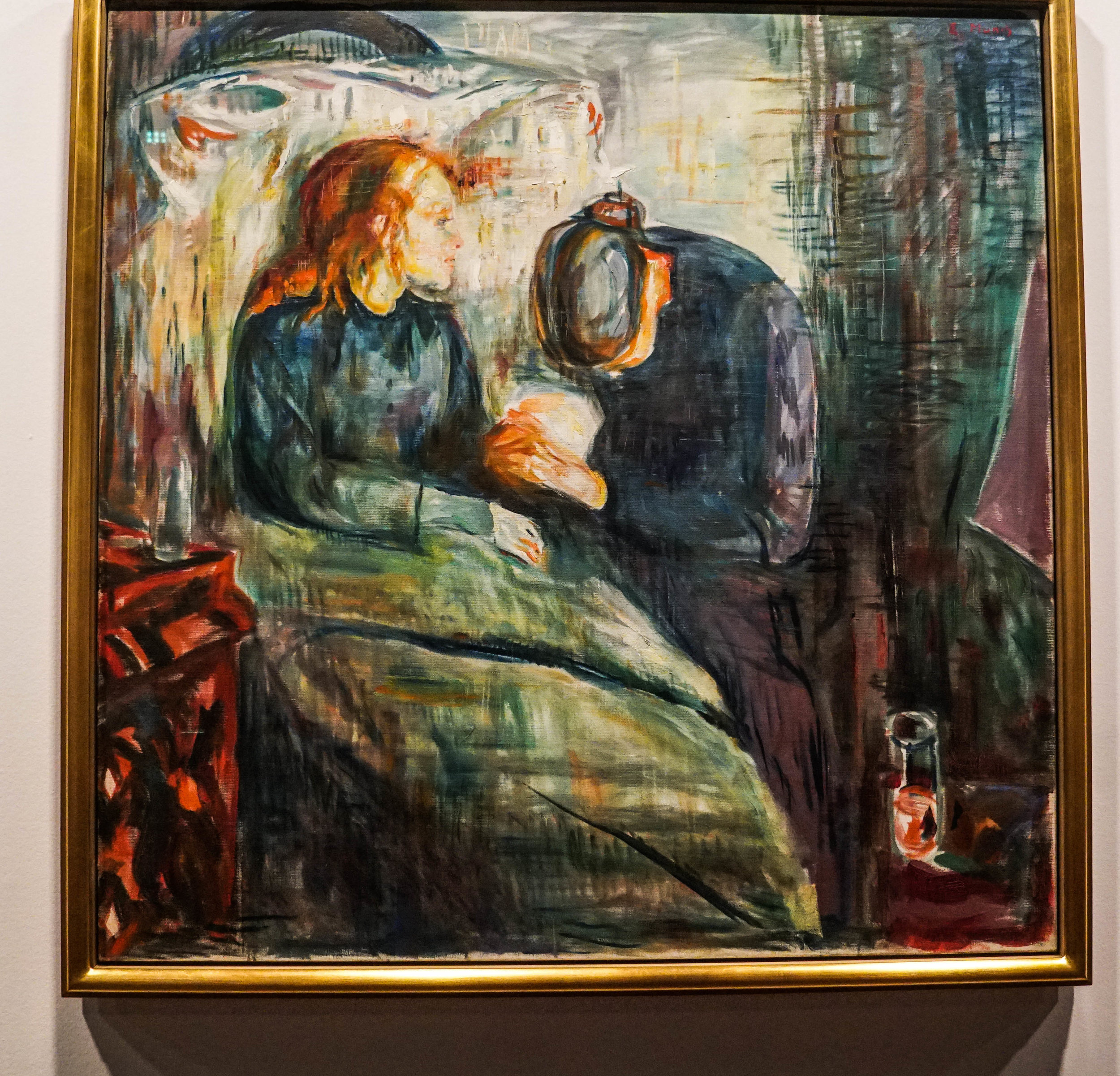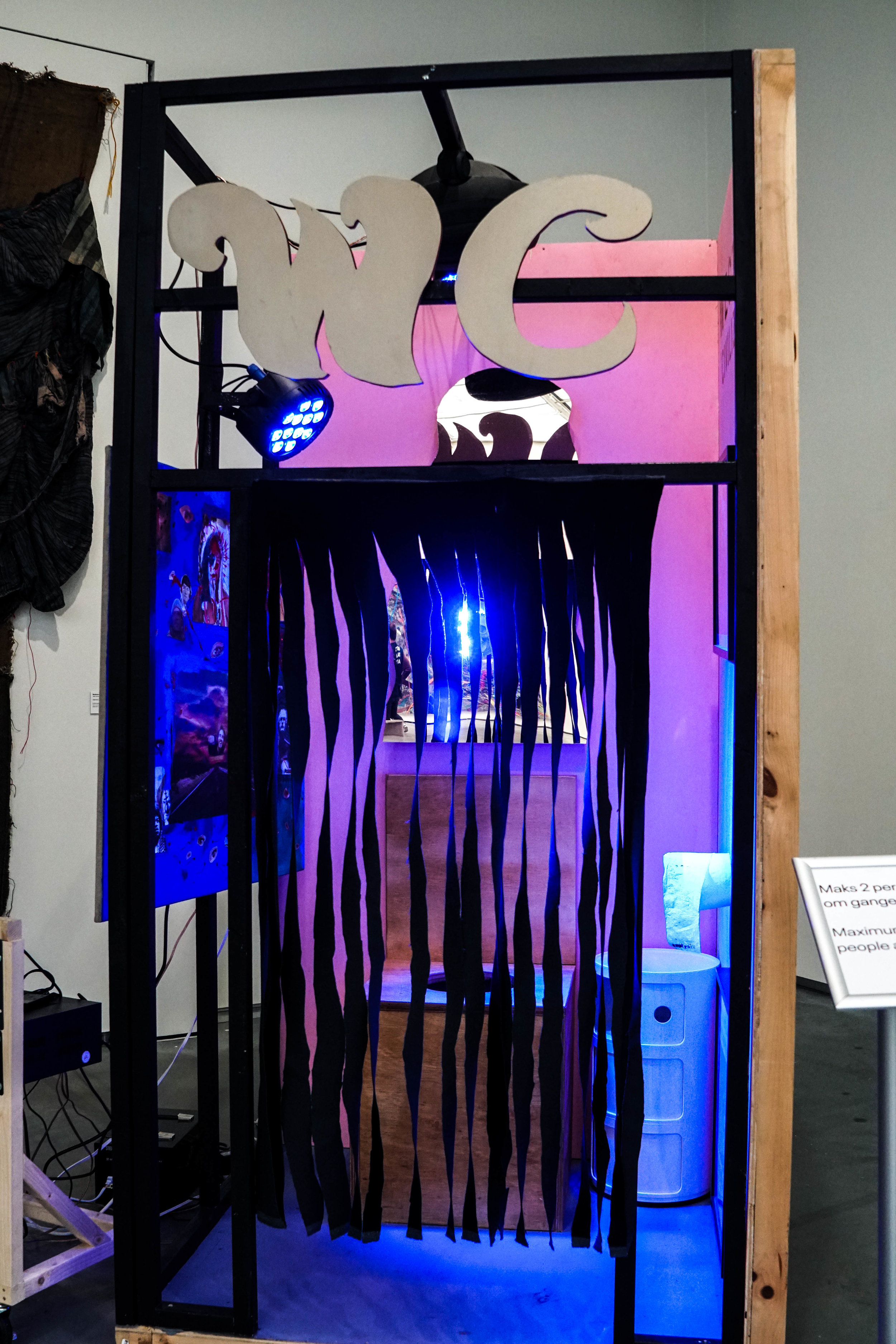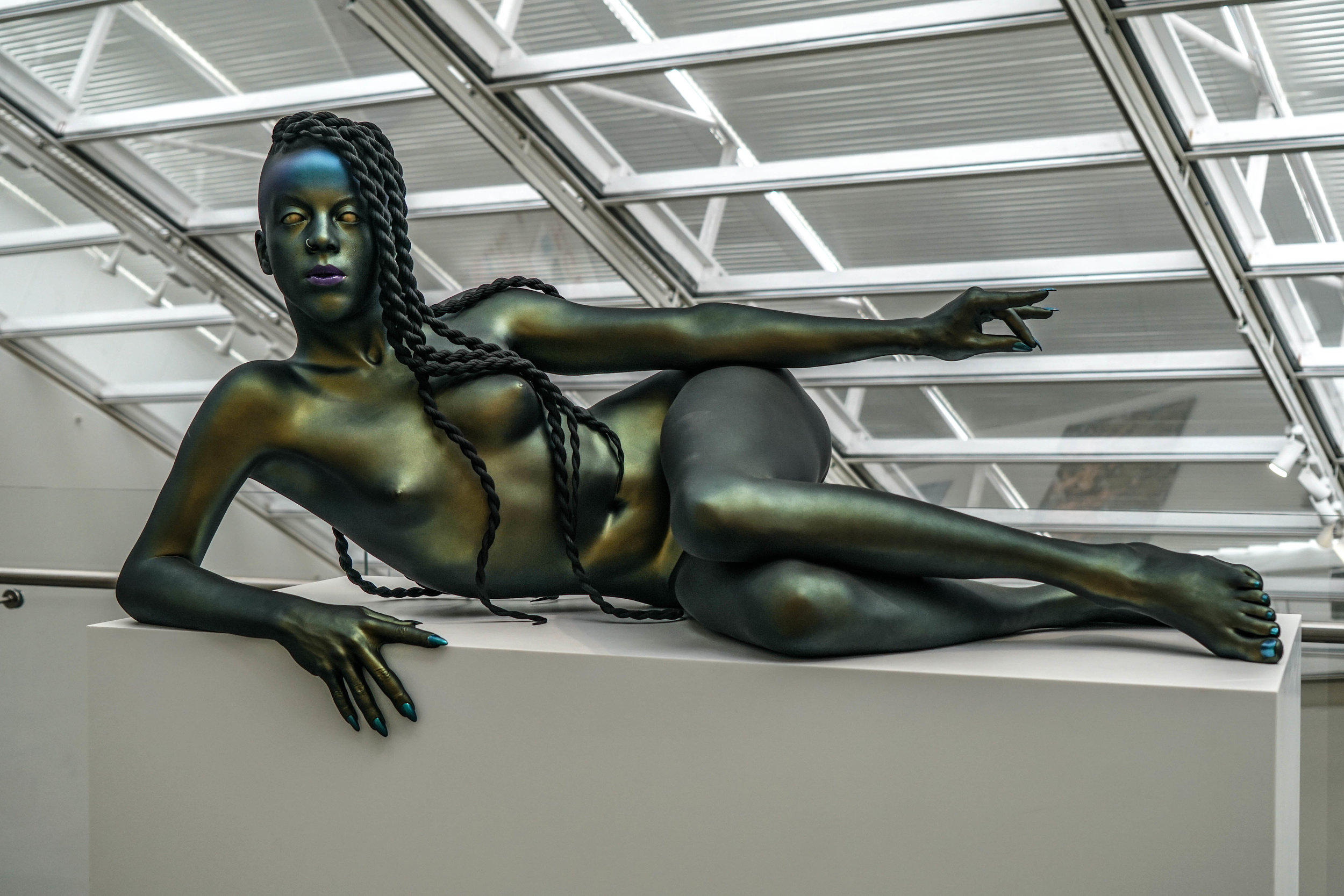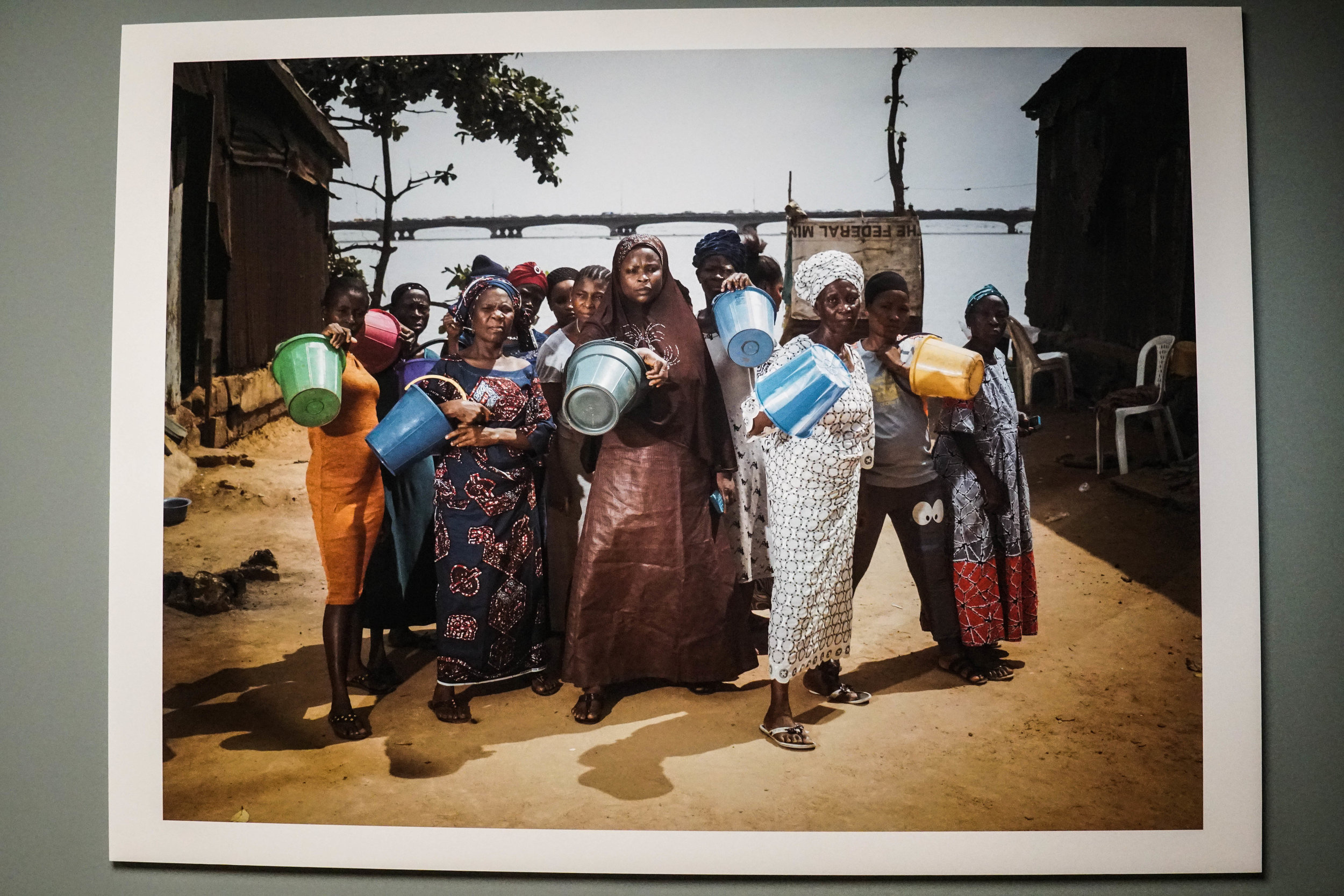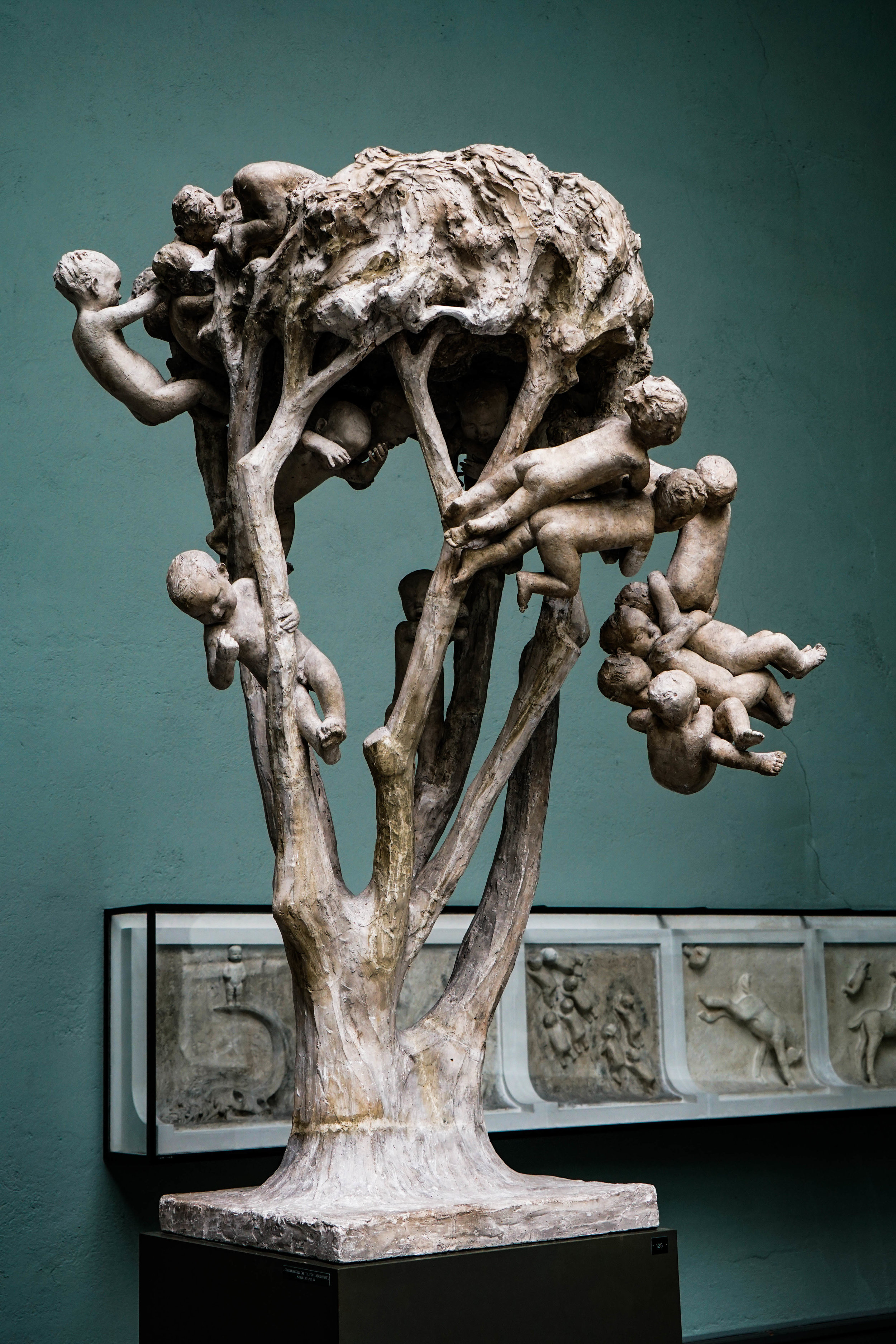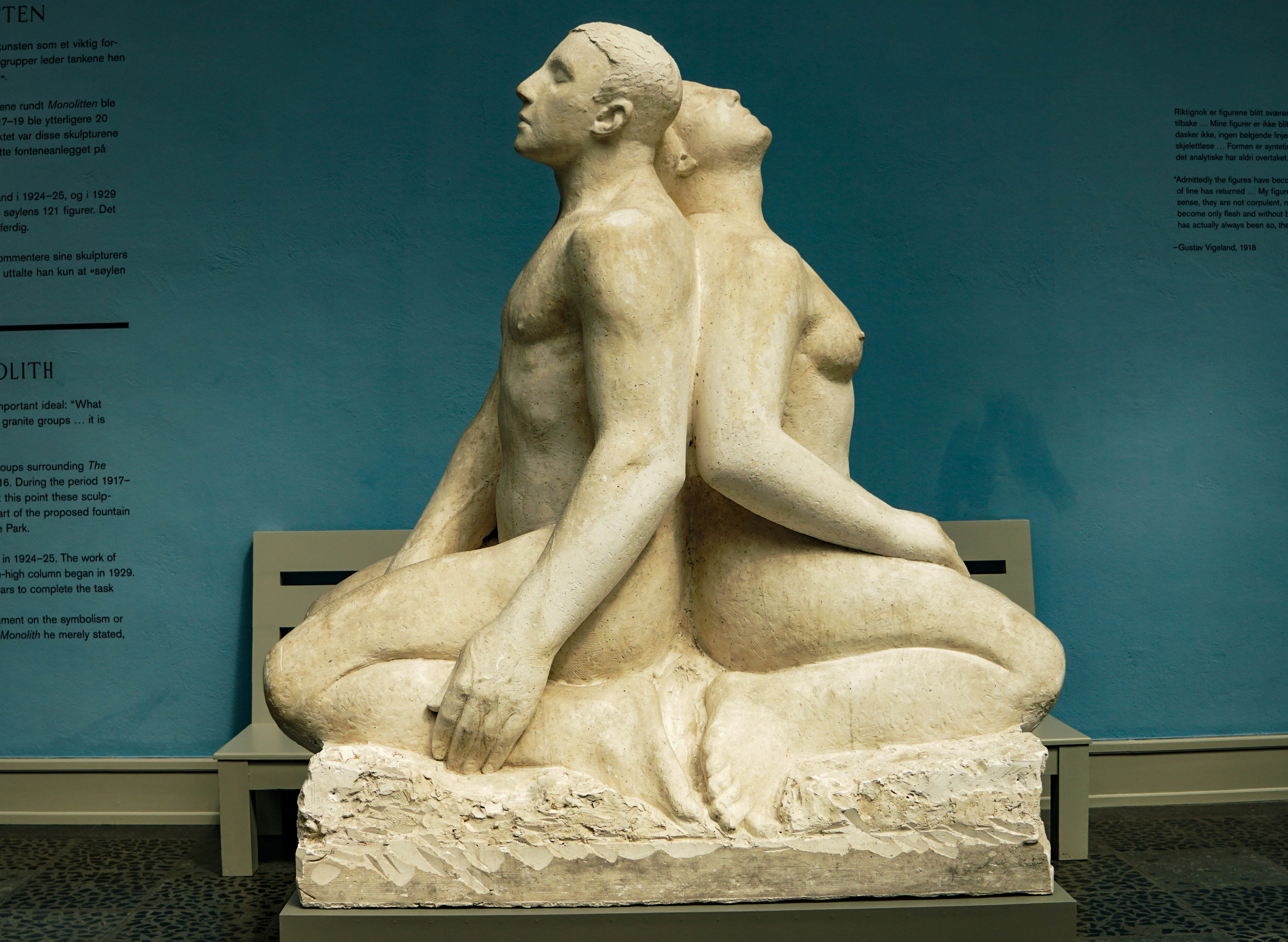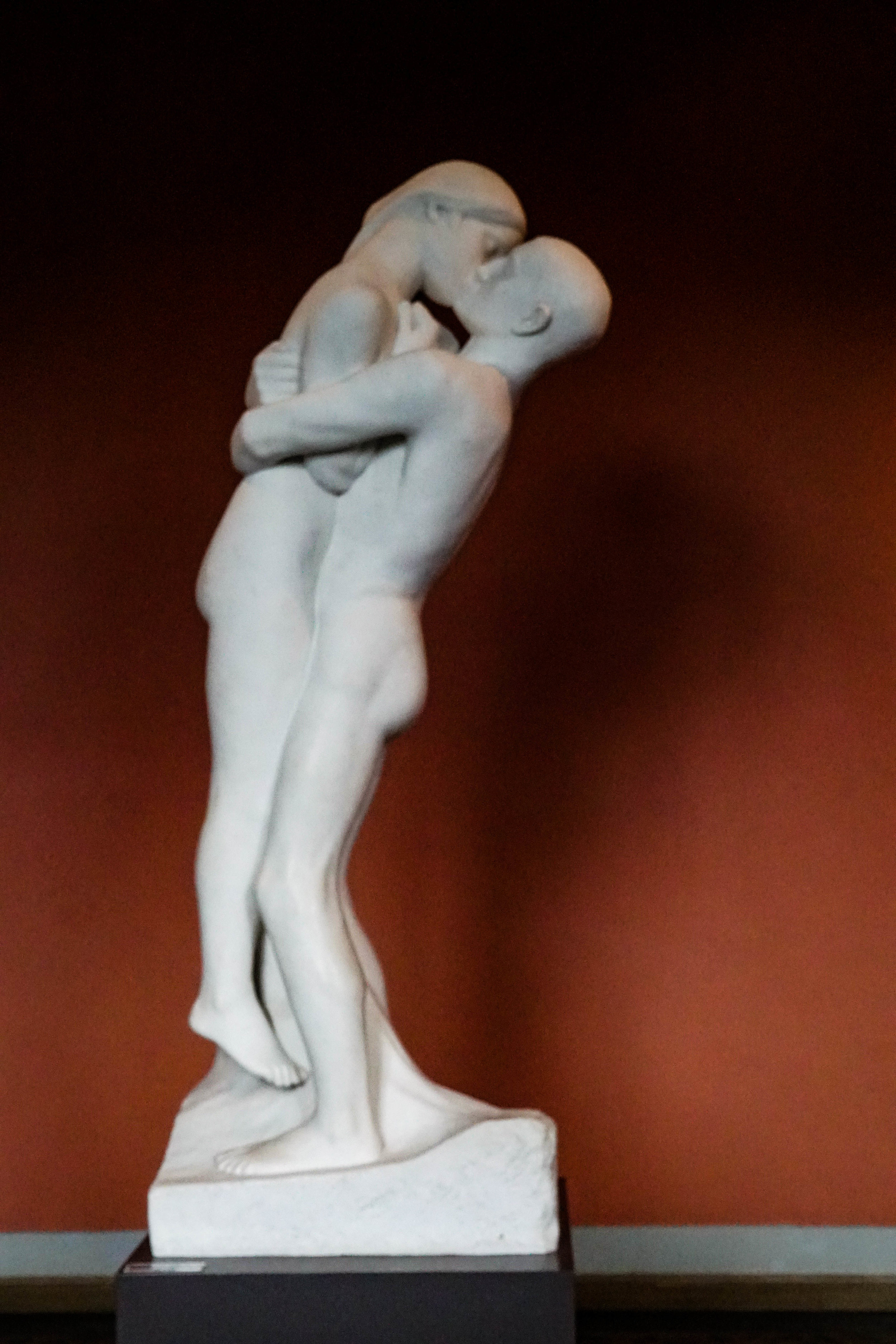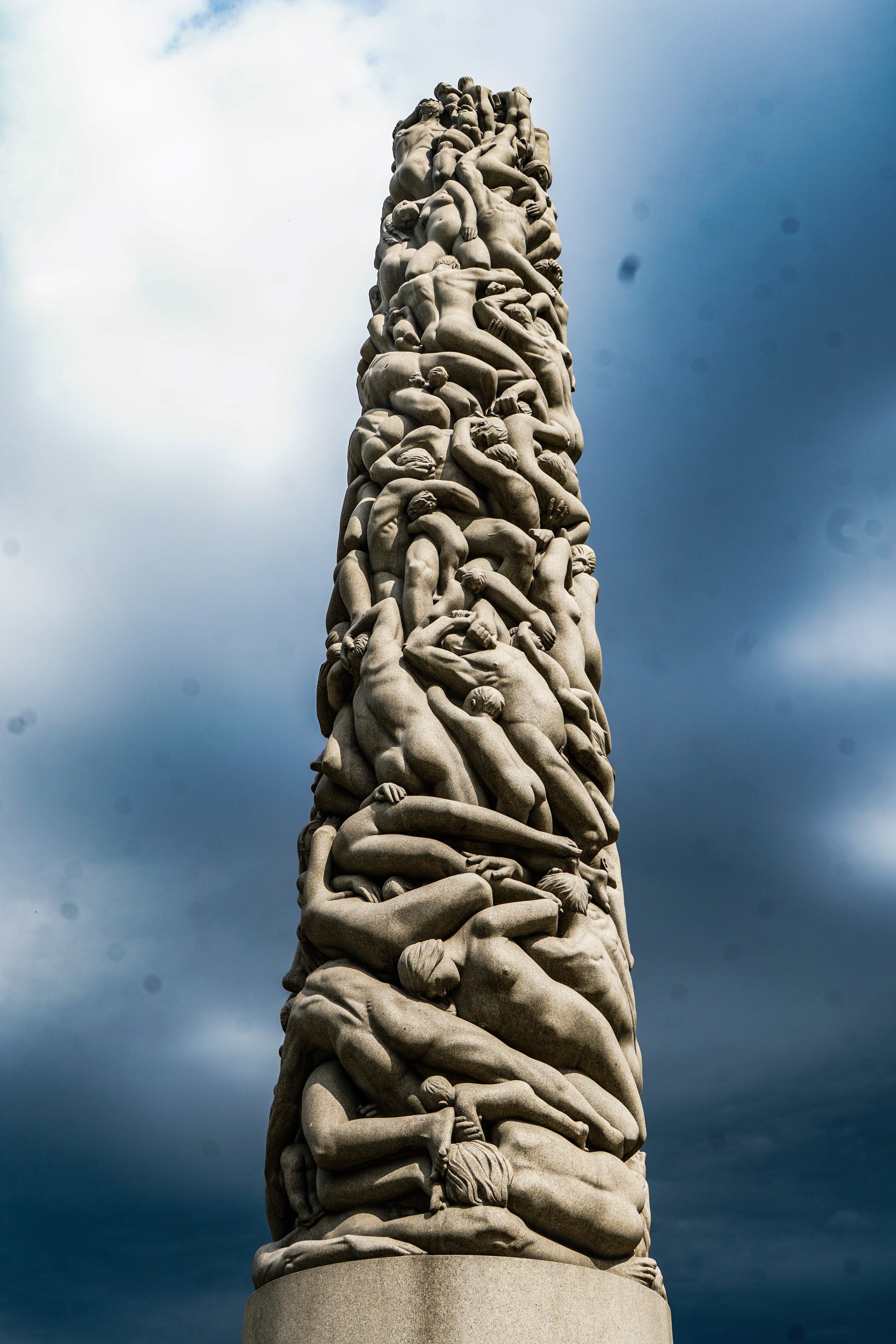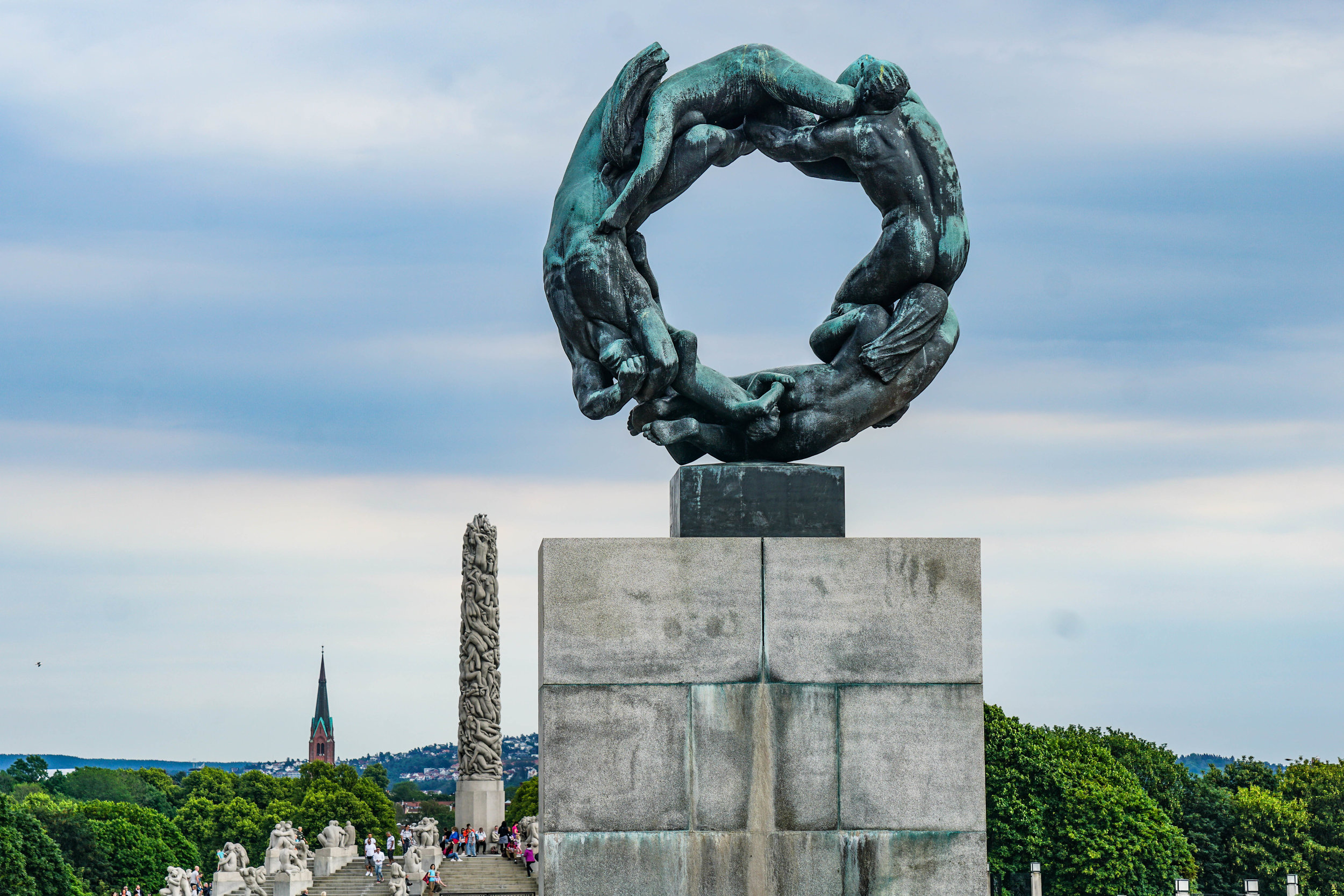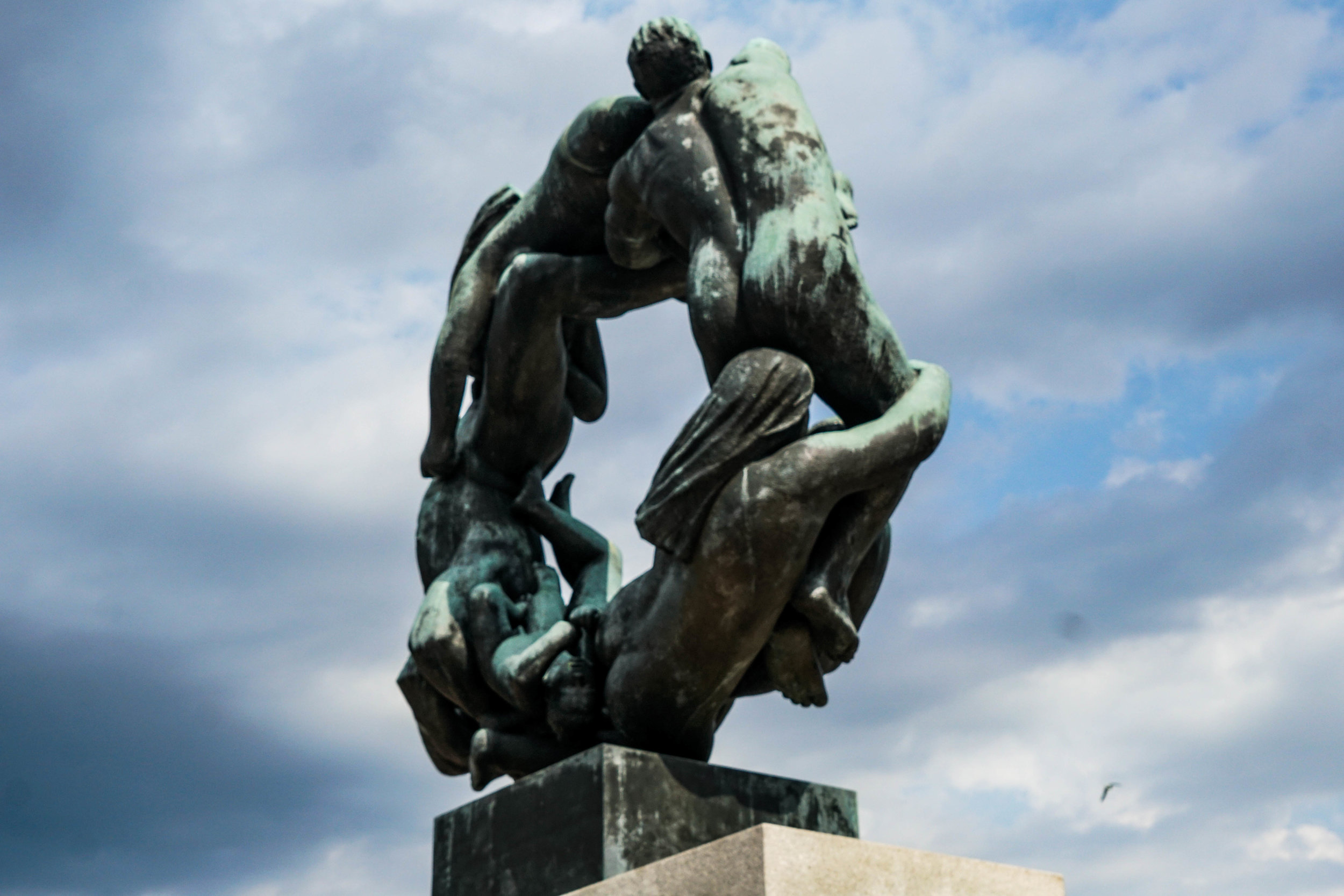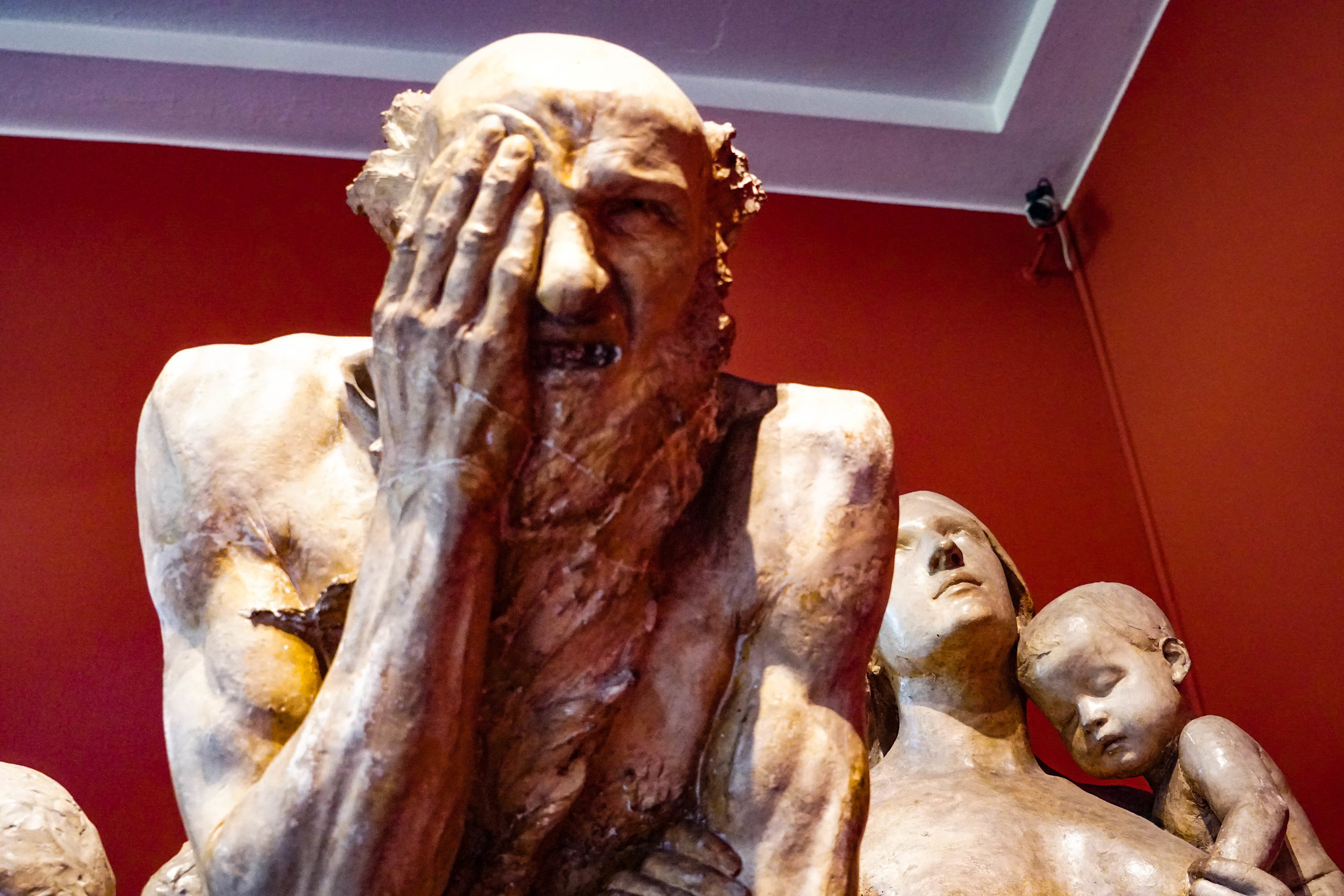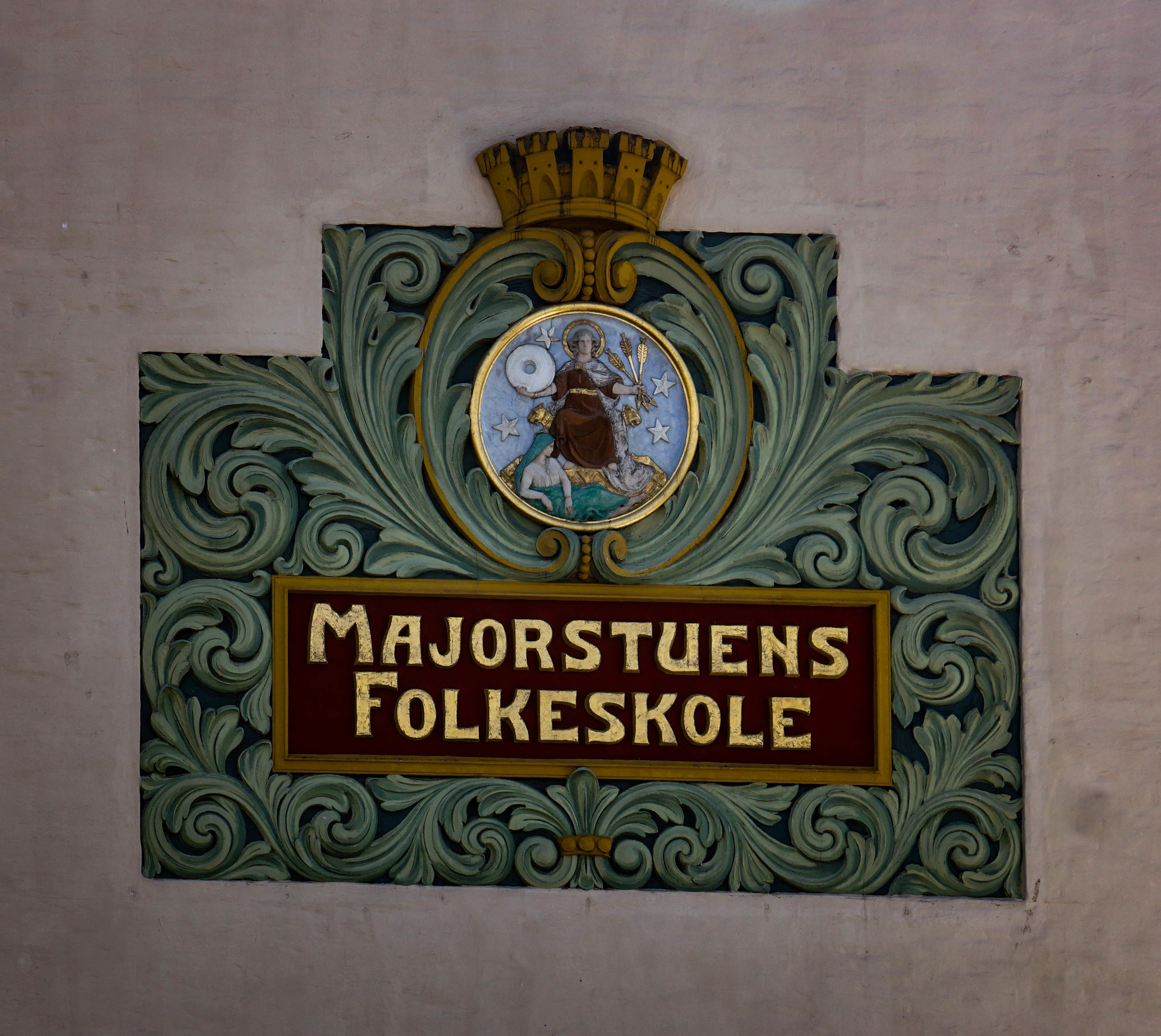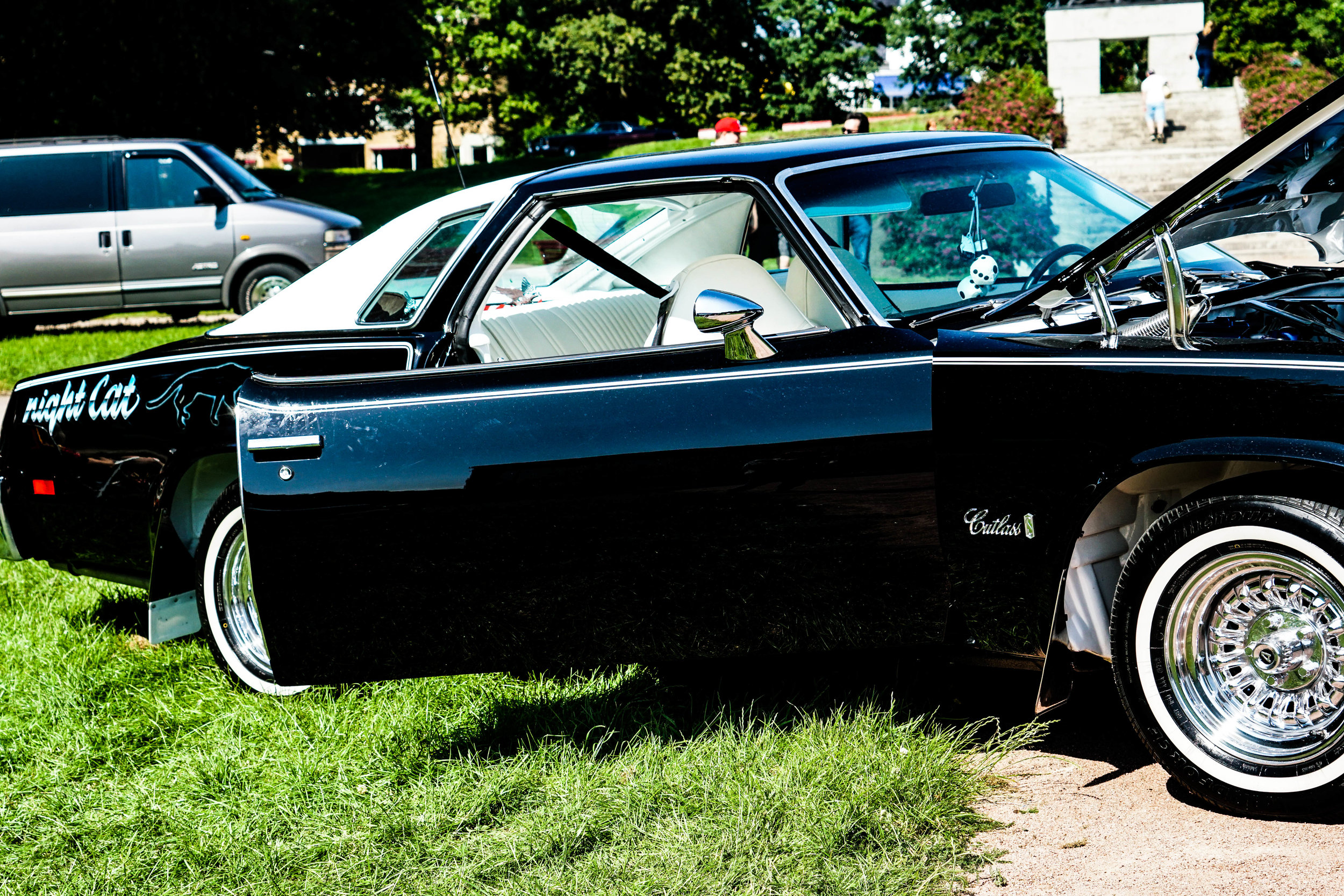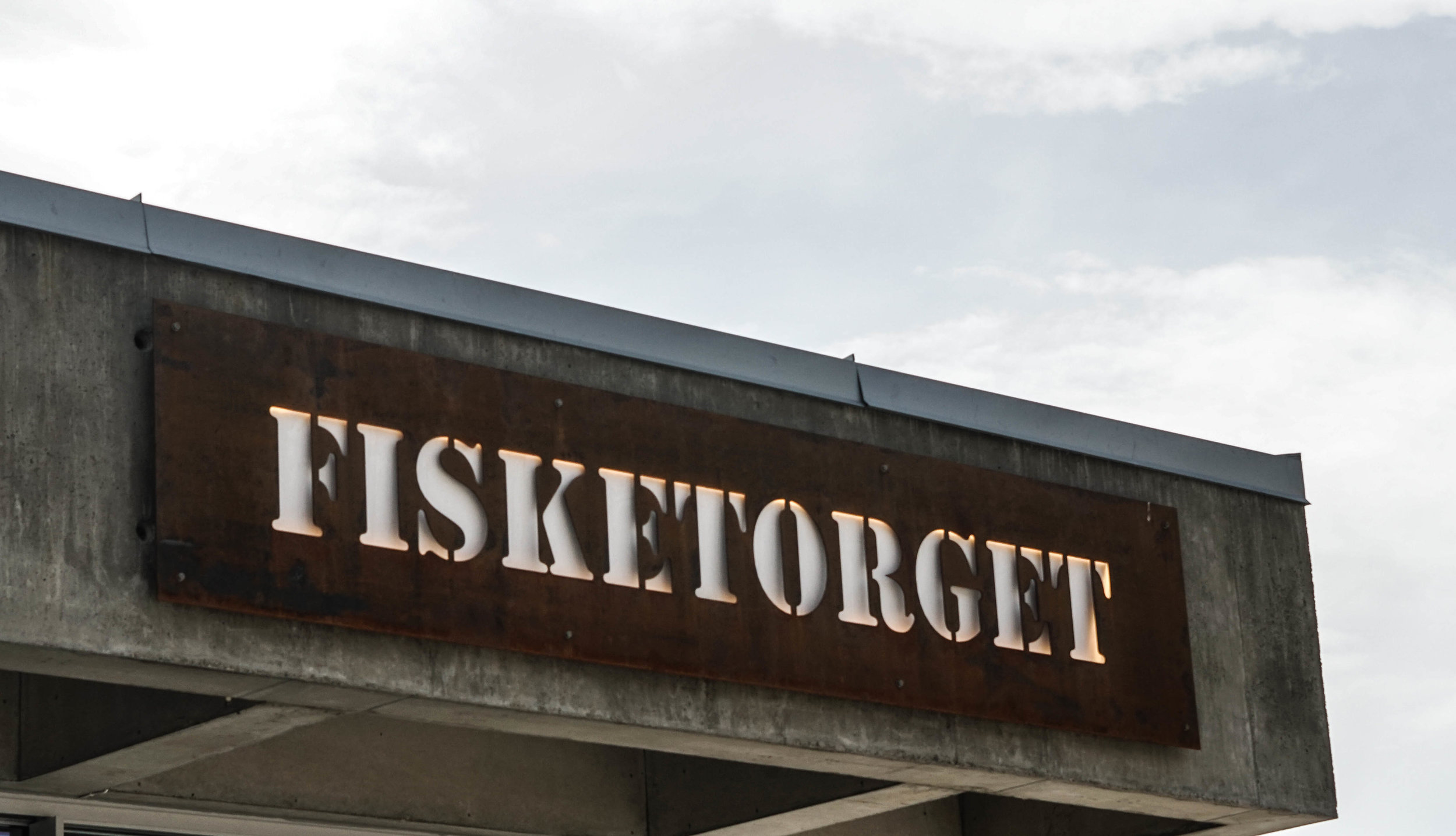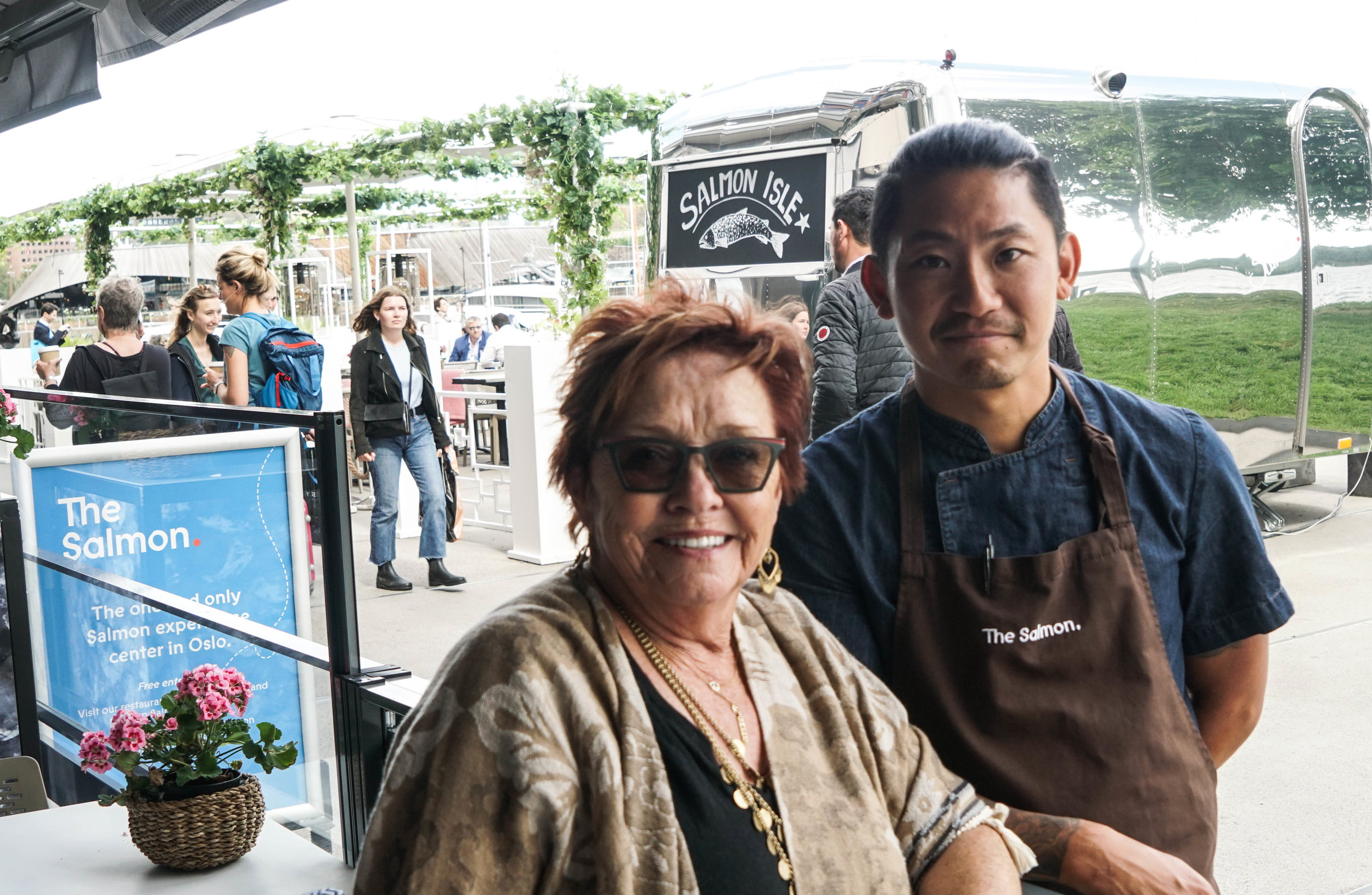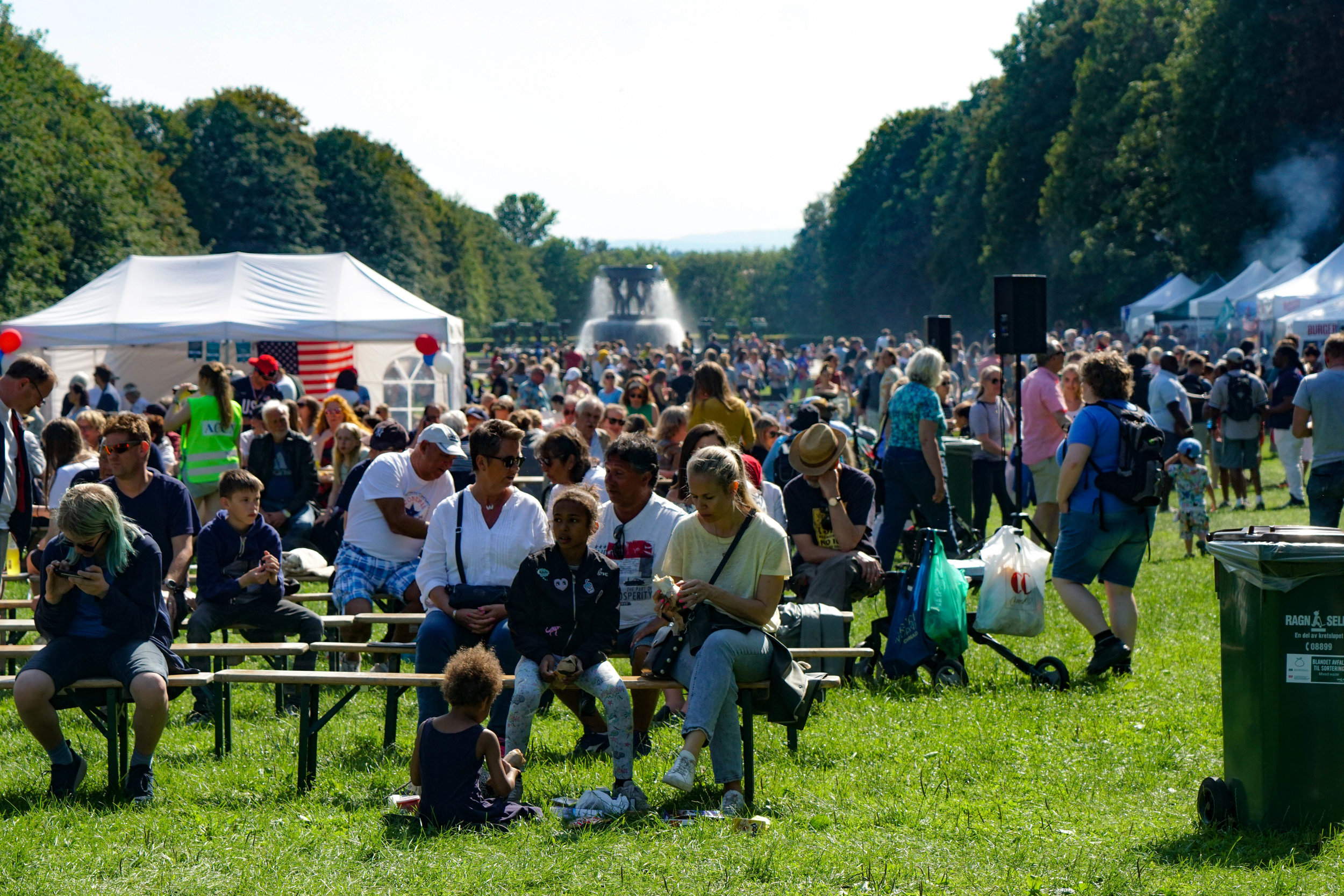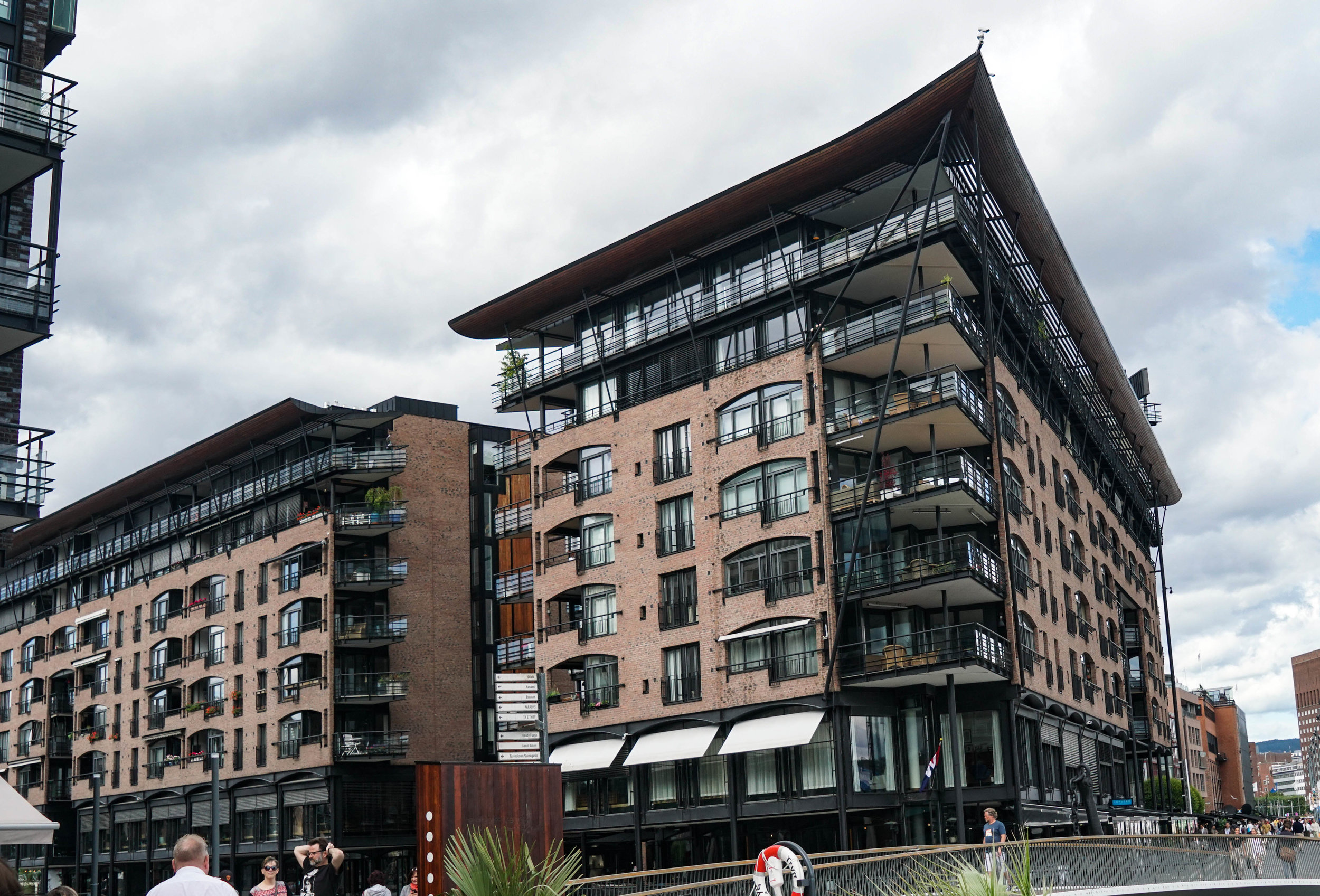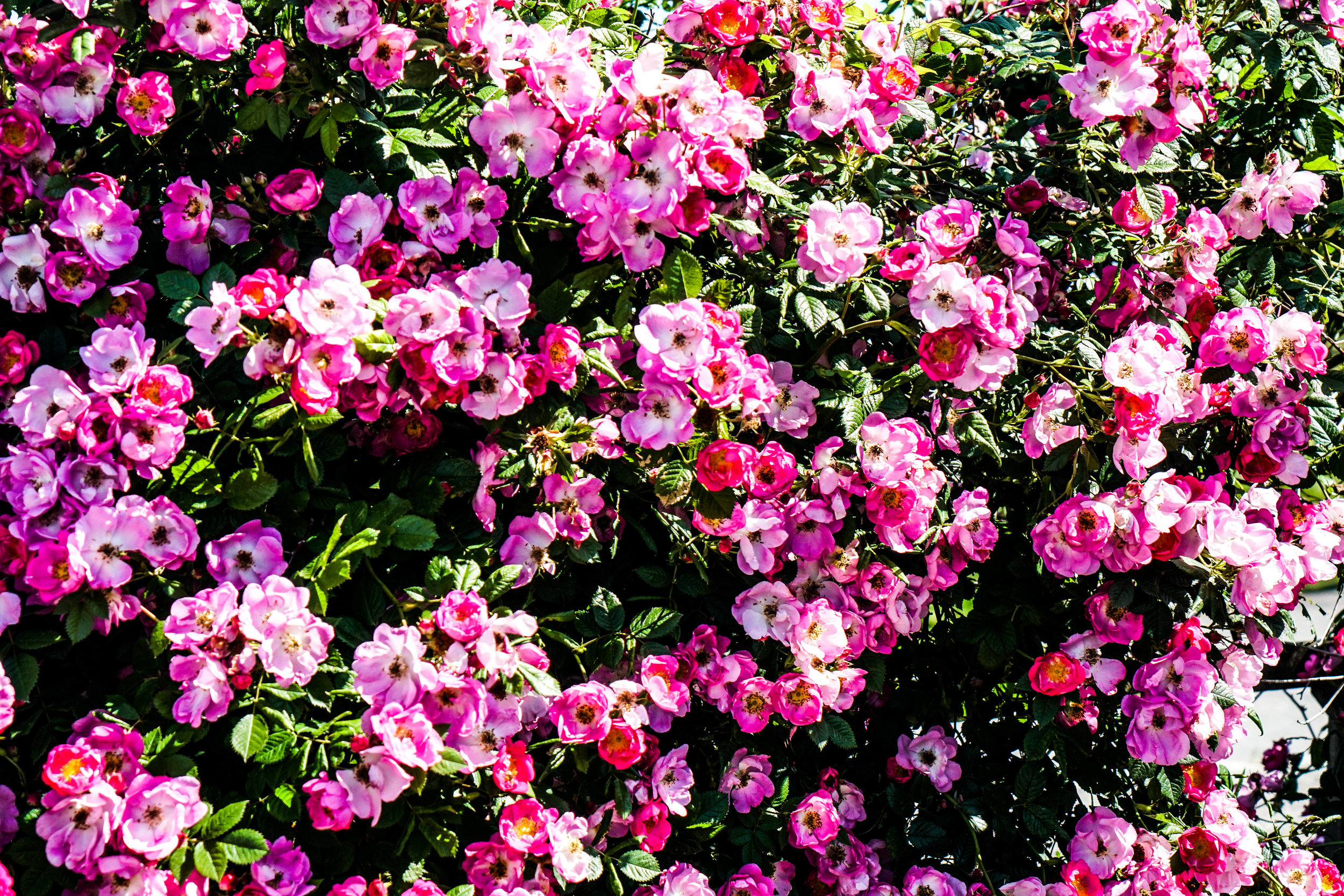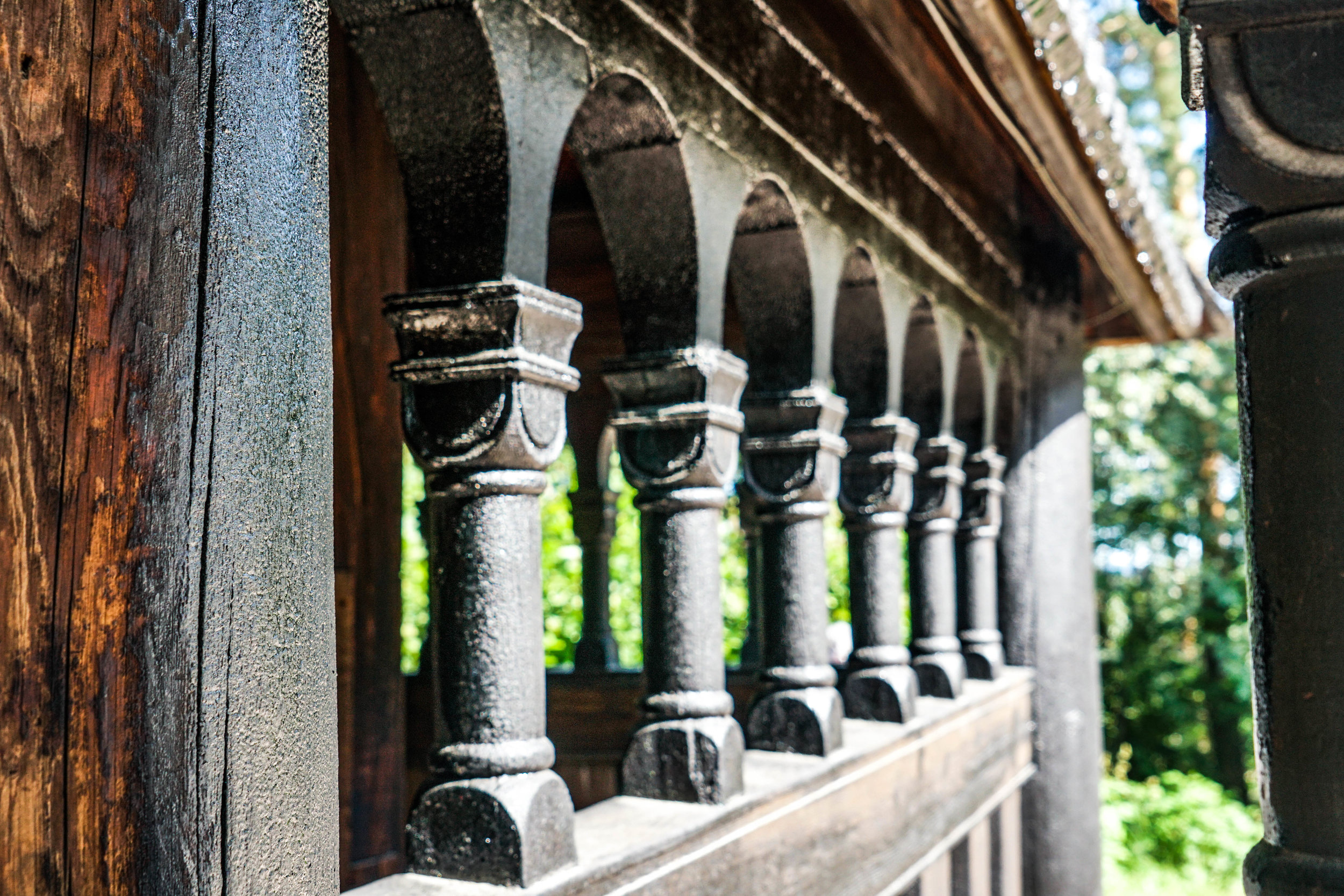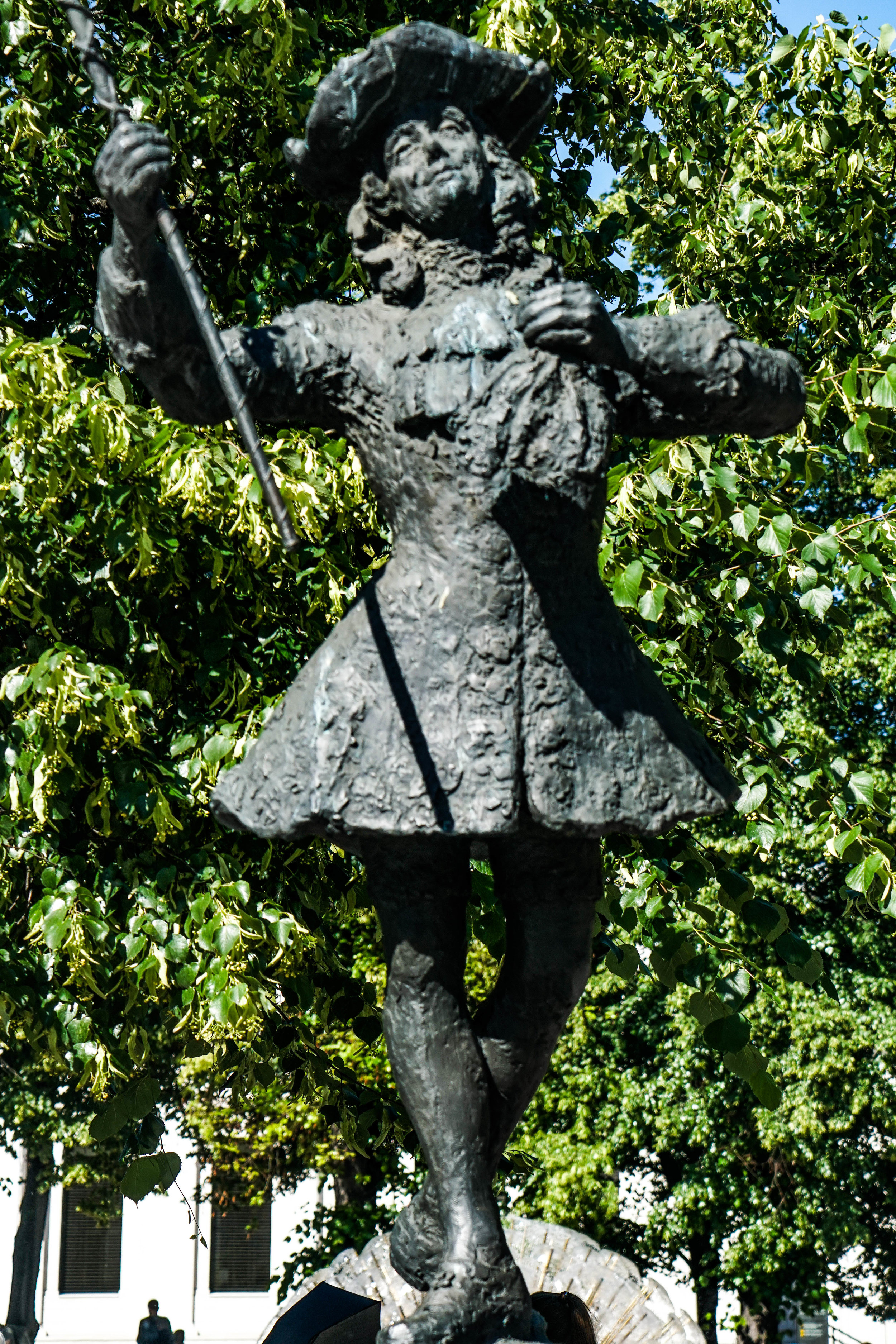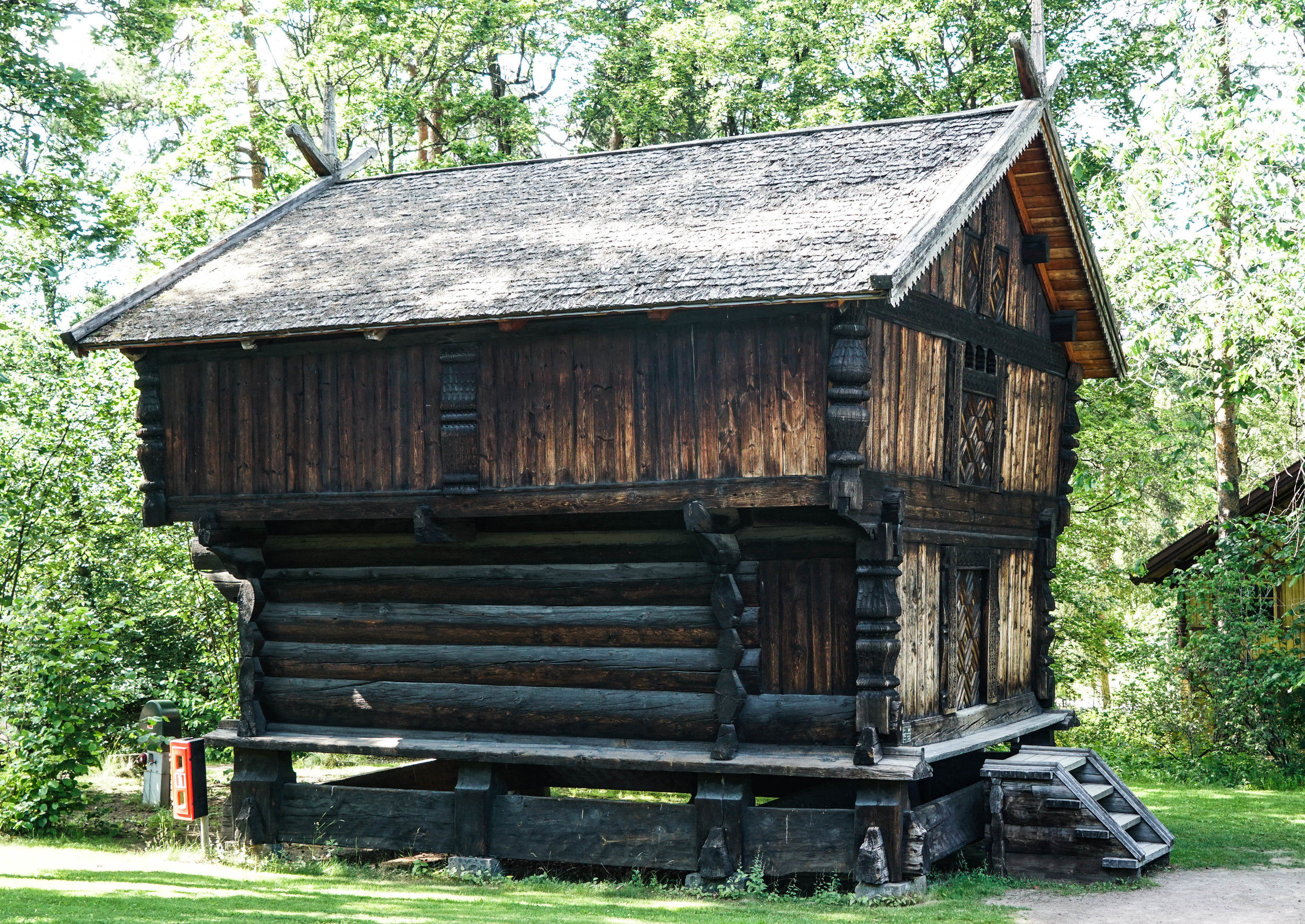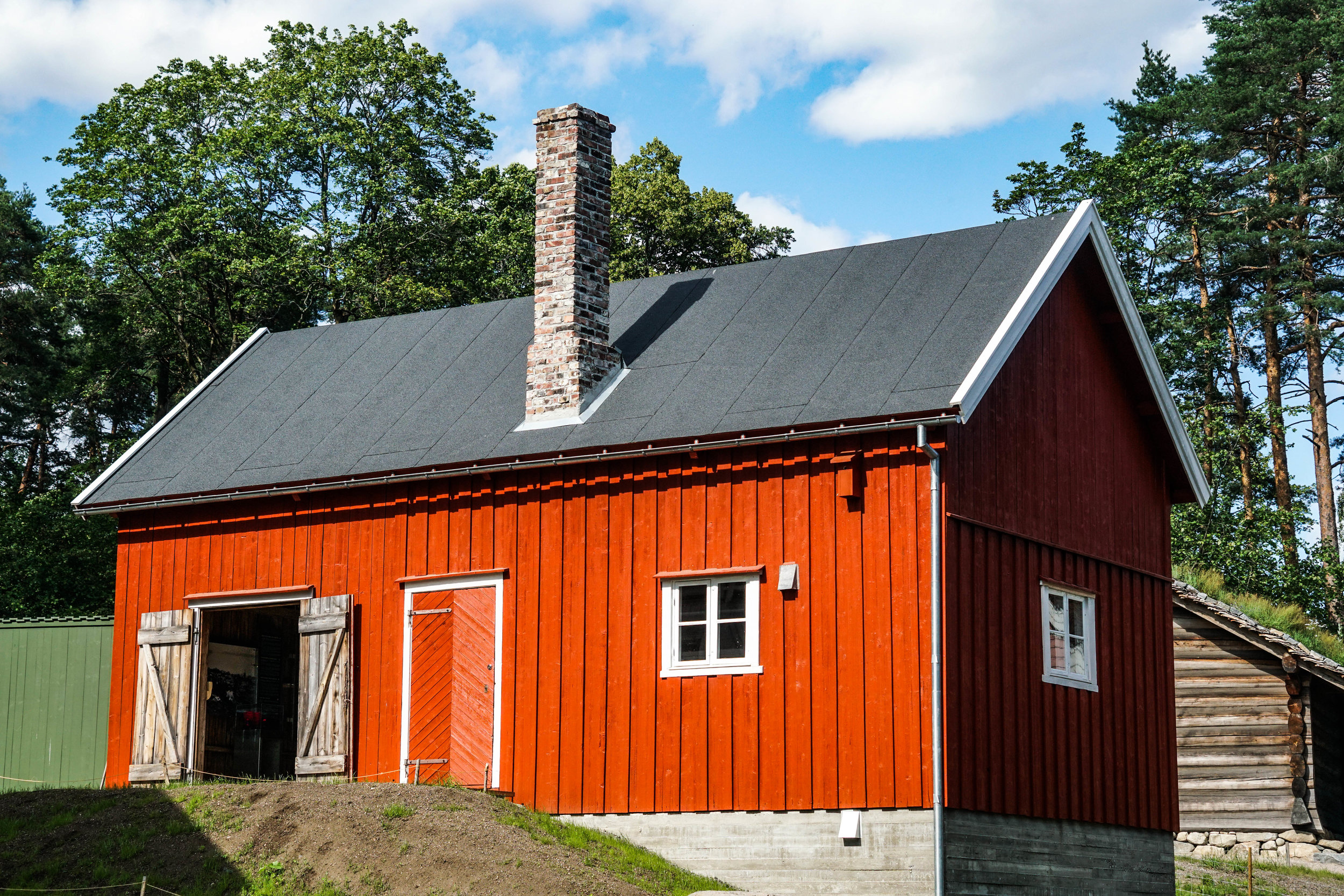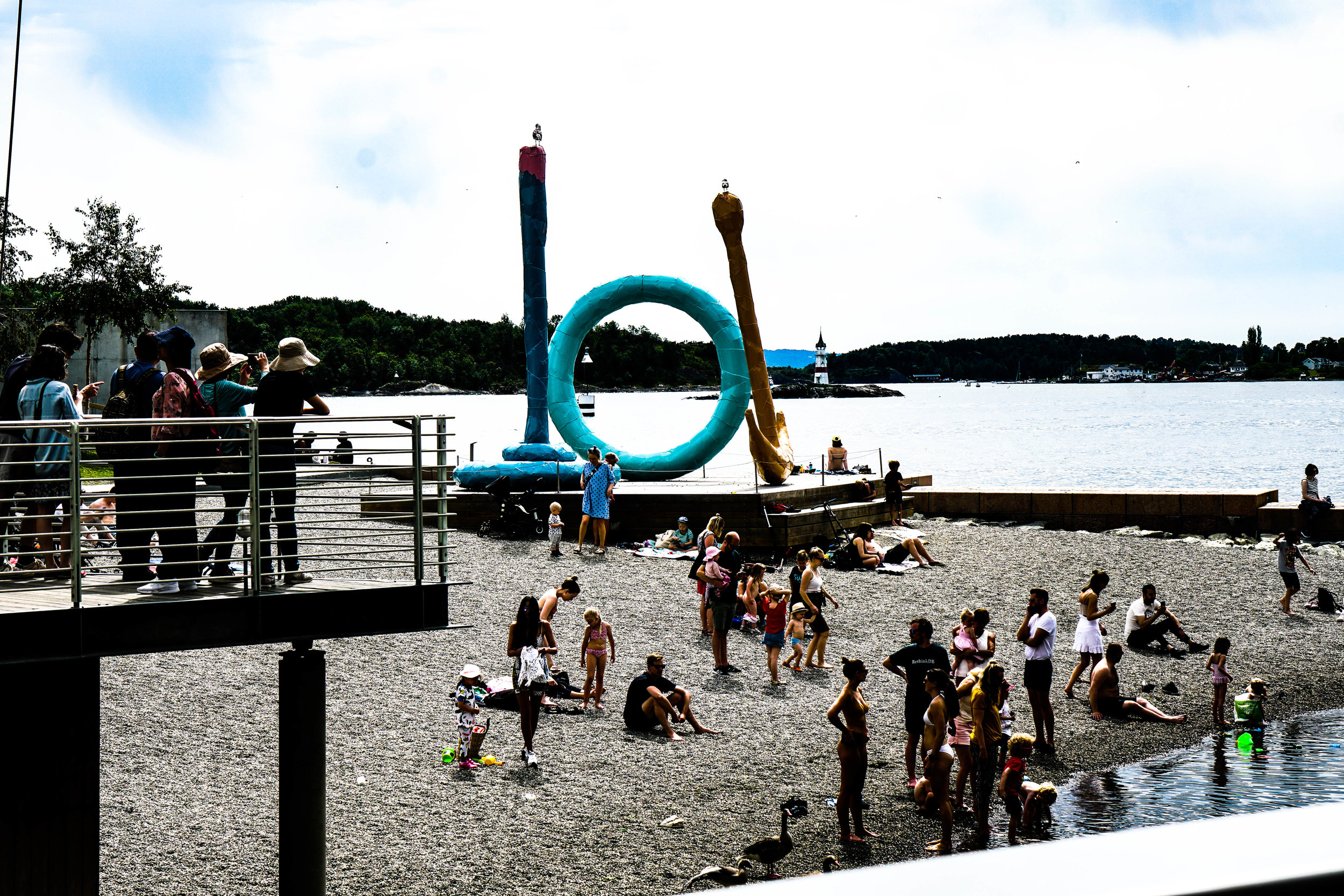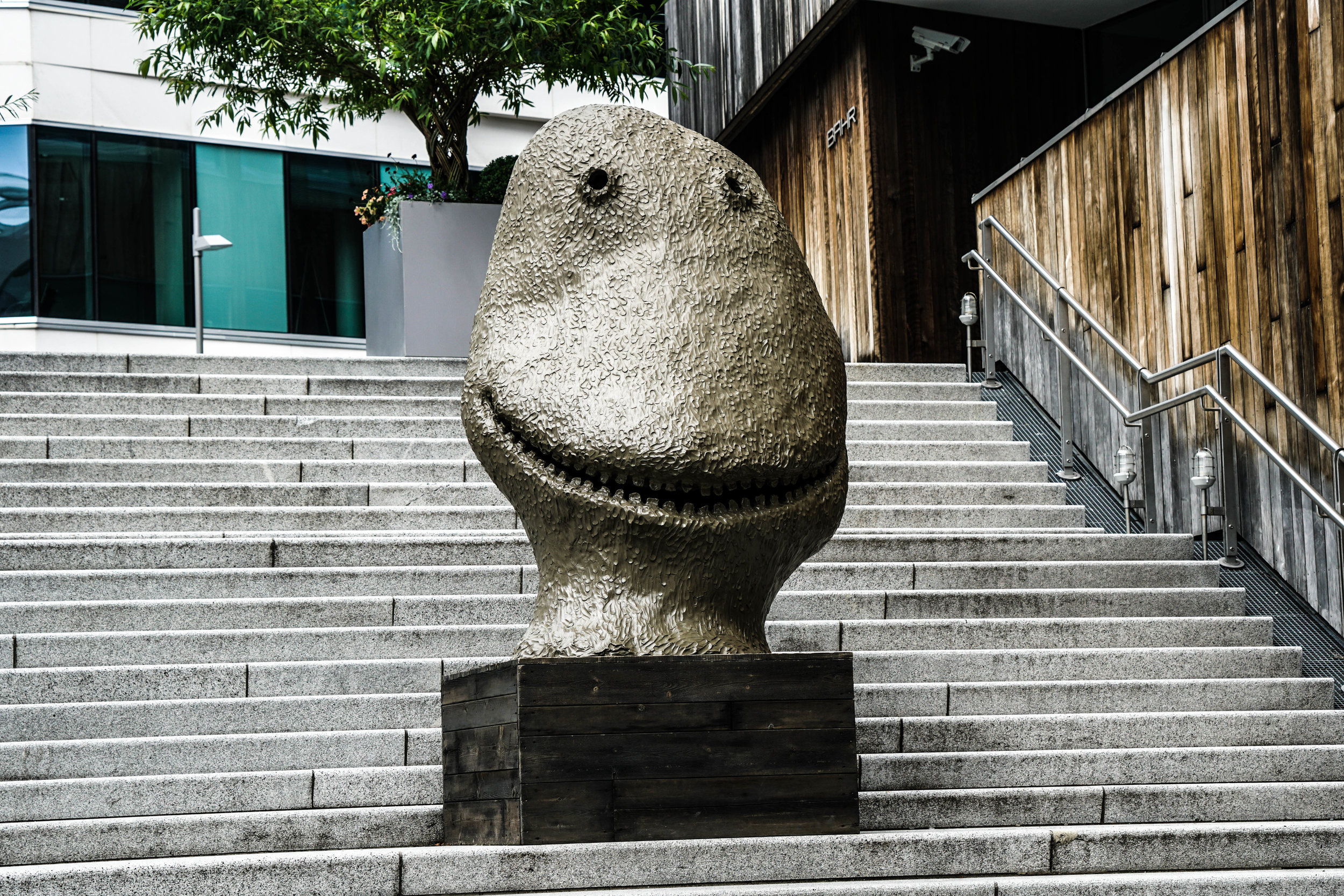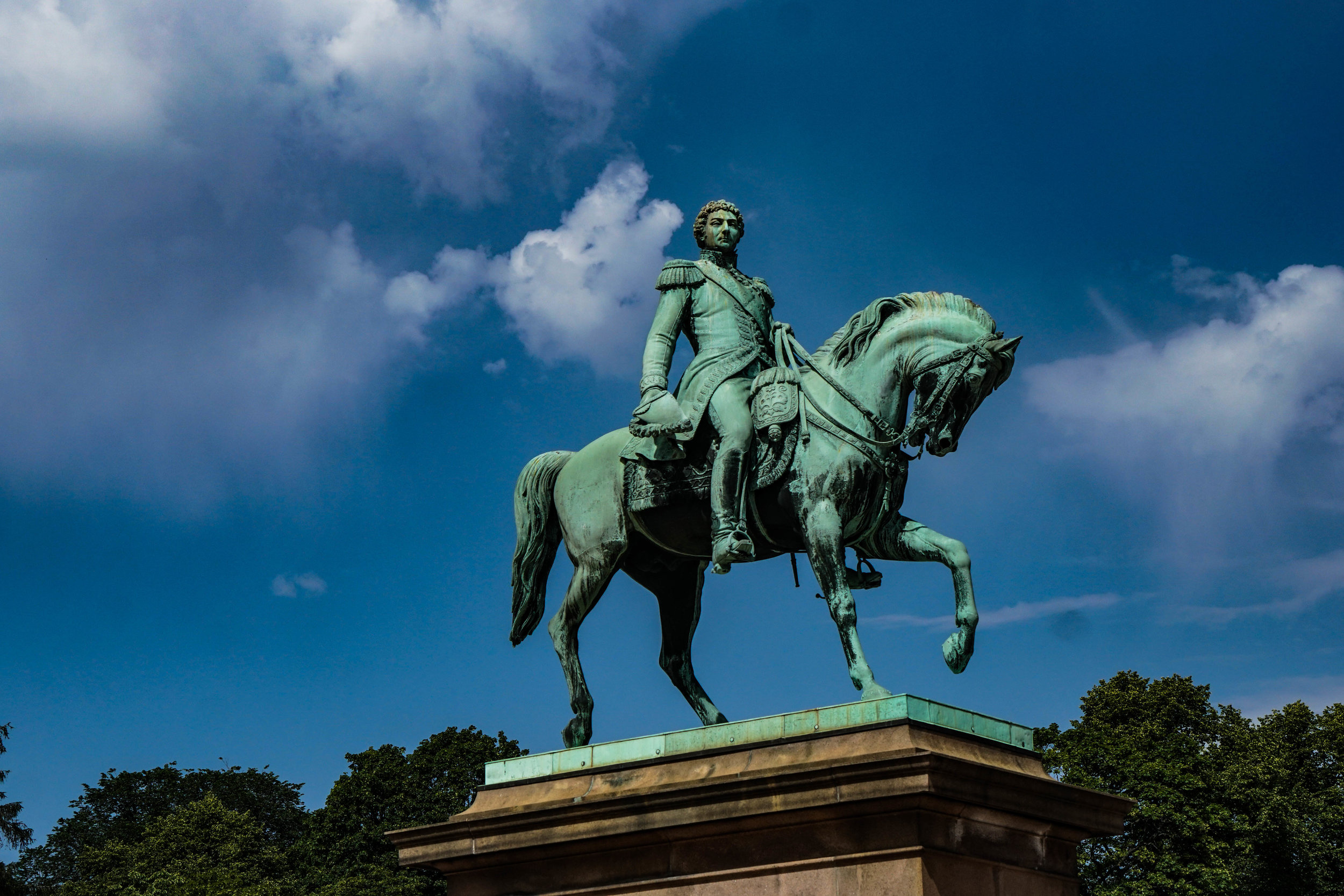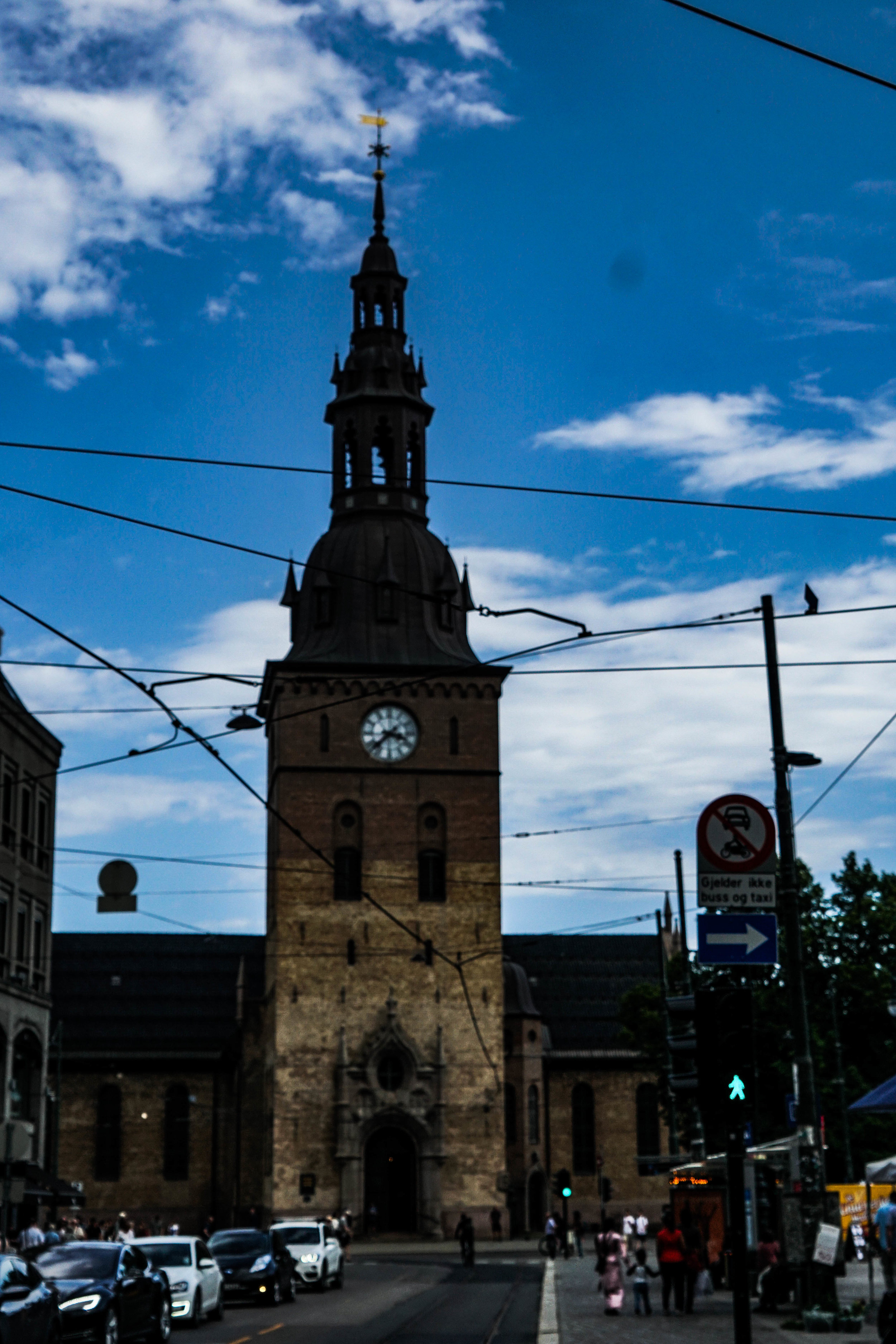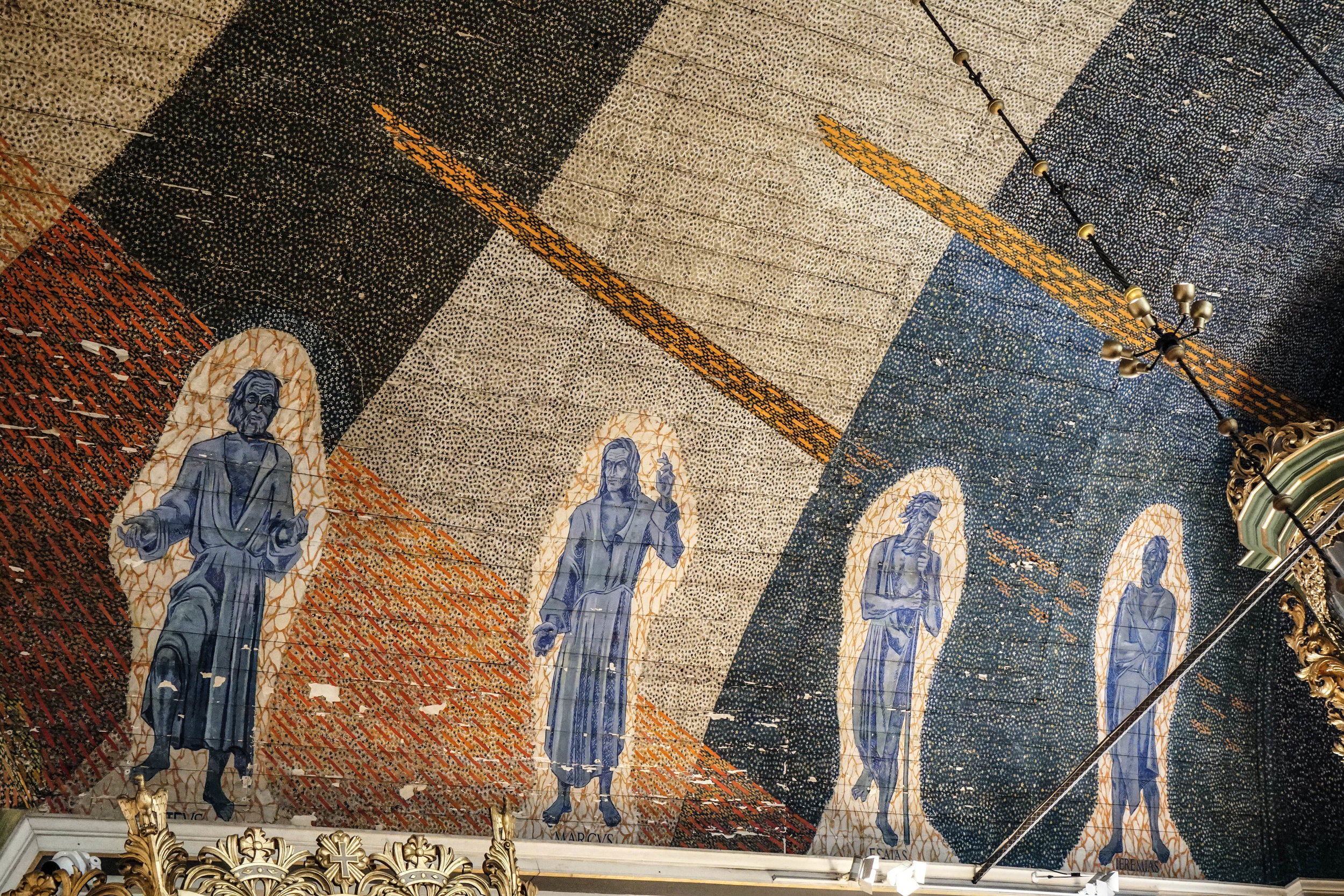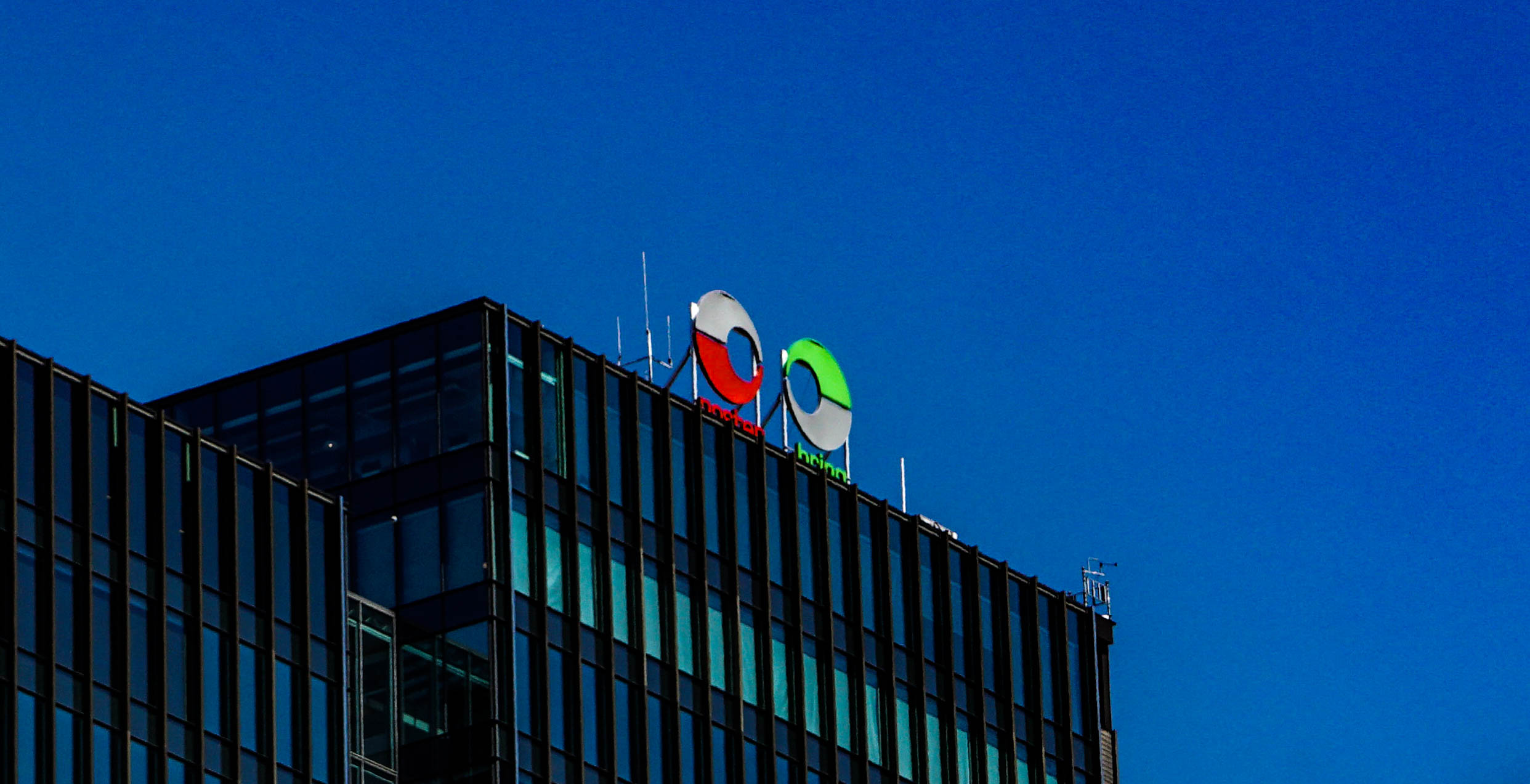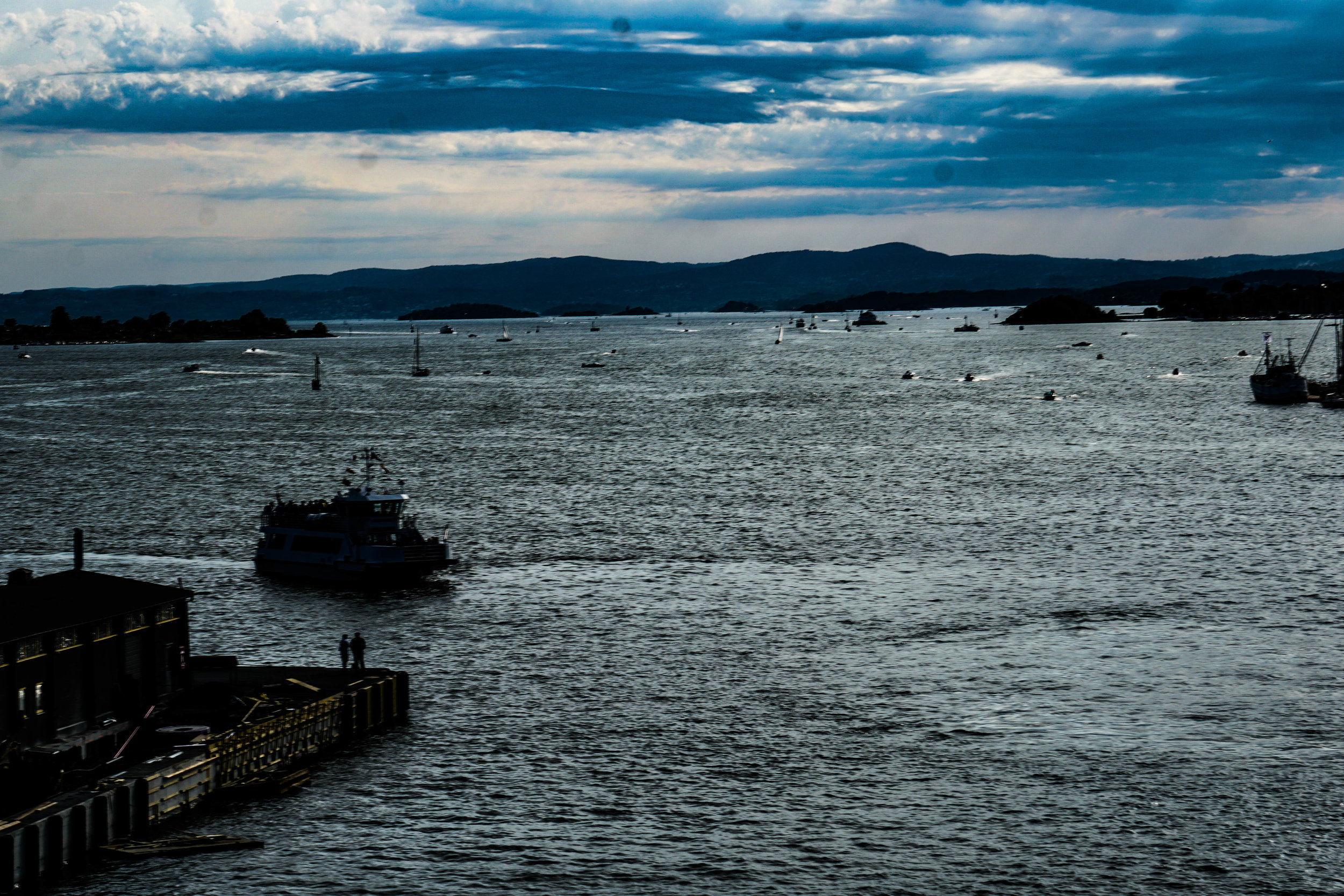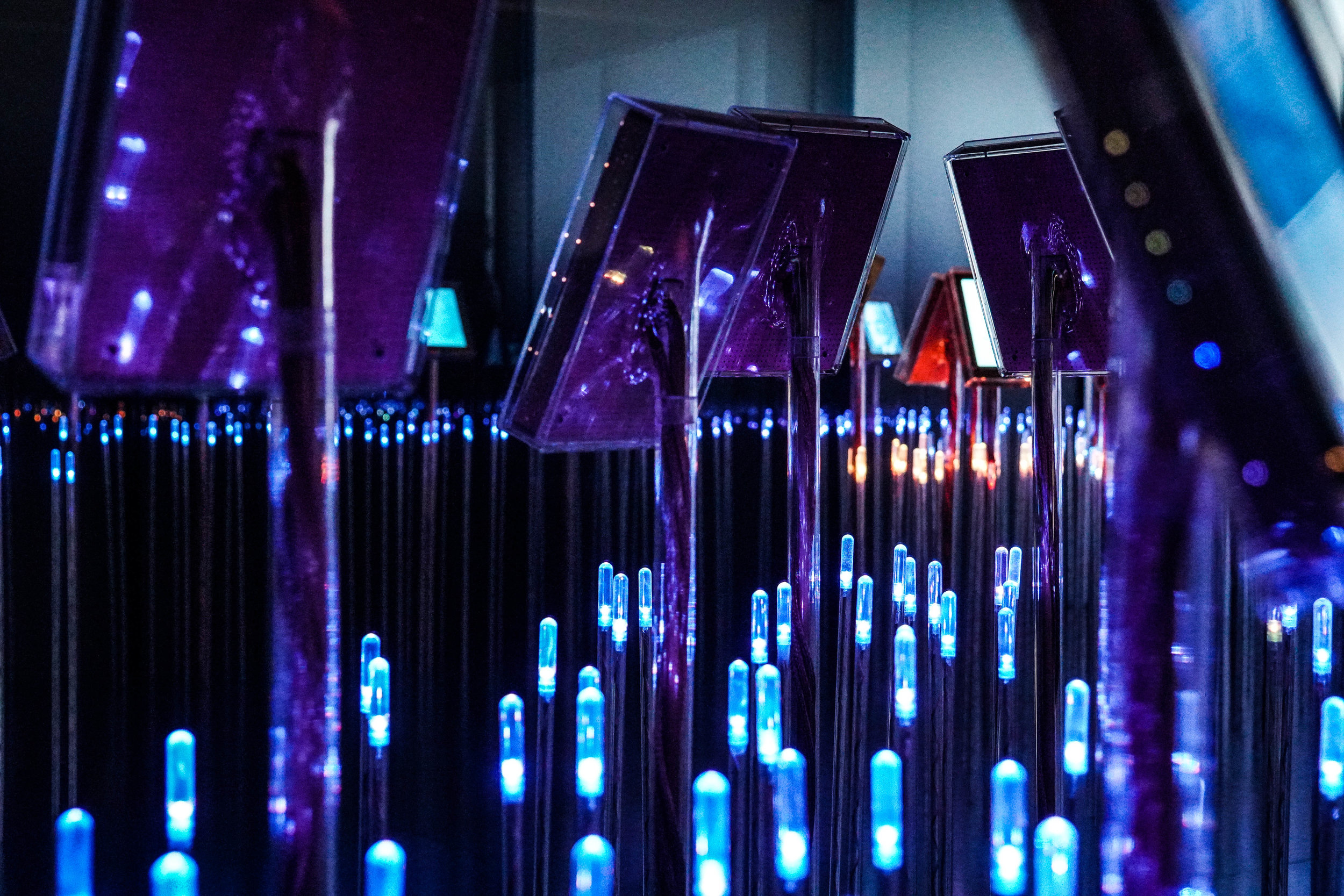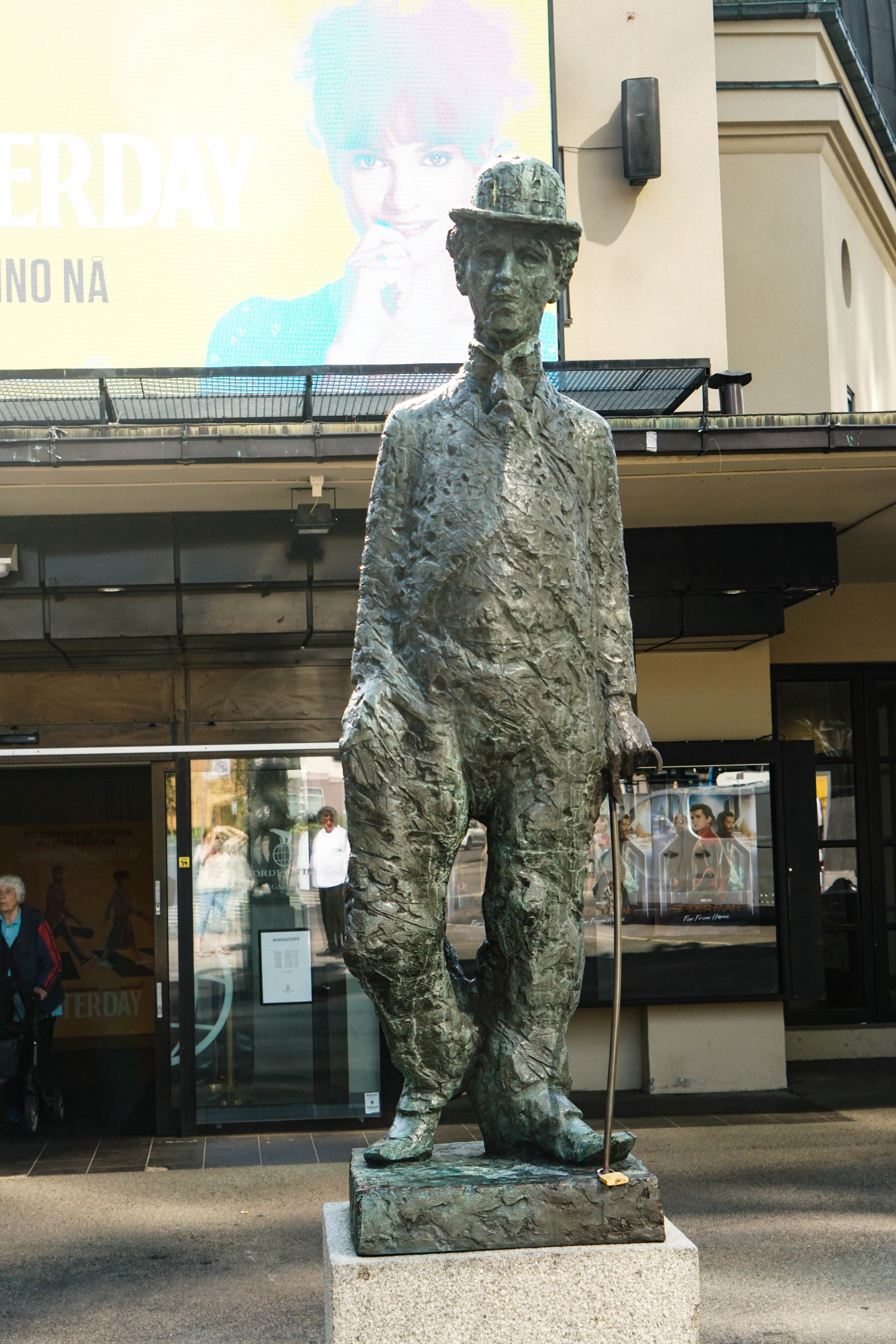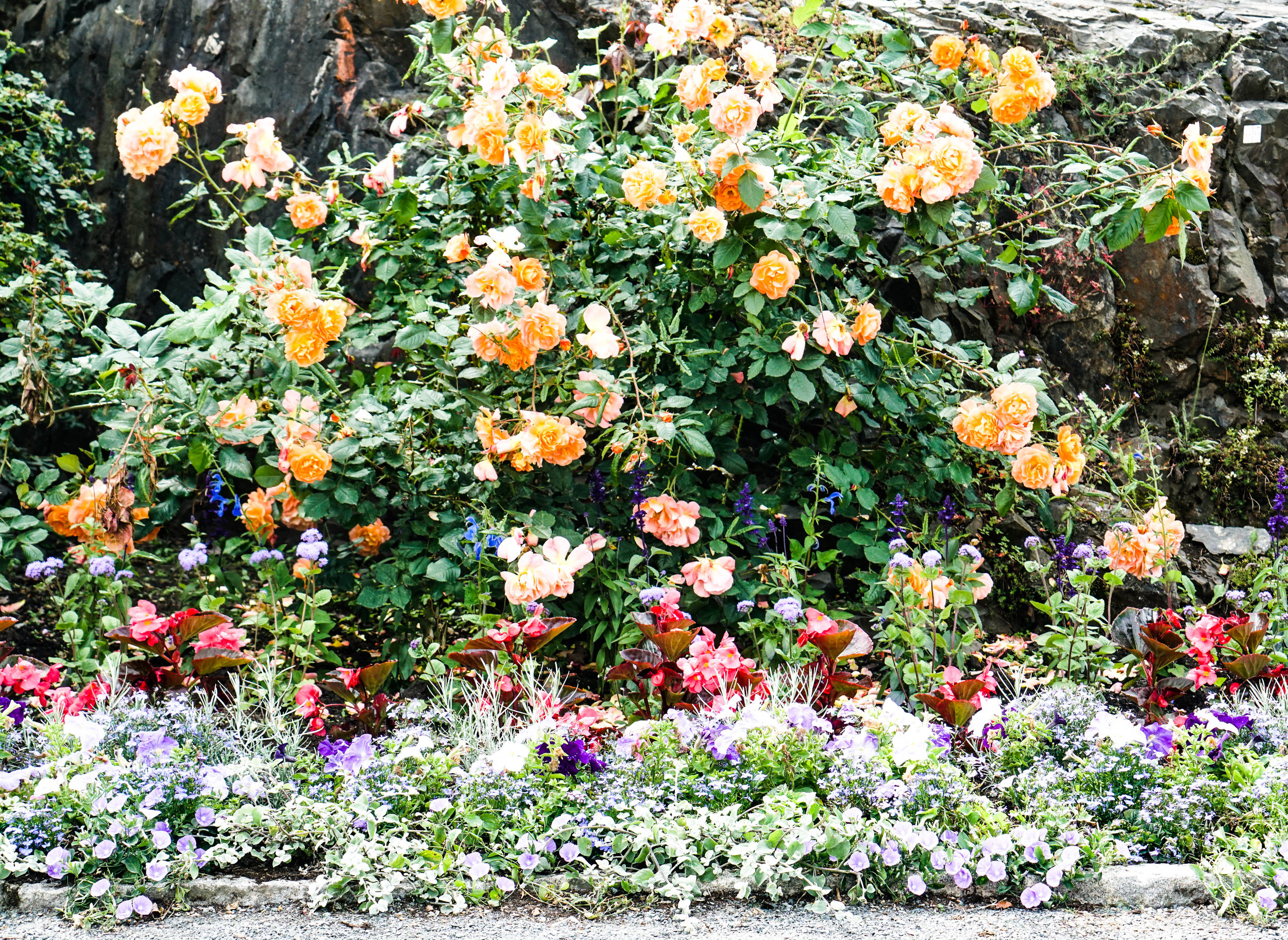On to Oslo
Akershus Castle
Norway has been beckoning me for 18 years, ever since our delightful and precious Norwegian “daughter” Mari spent a year with our family in Dallas. Our first Norwegian stop was Oslo, a lovely capital city on the Oslo Fjord. We initially stayed in the suburbs, a quick train ride away. With something beautiful and interesting around every corner, we started with the Castle/Fortress and Norway’s Resistance Museum.
Nazi Germany occupied Norway for 5 years. On the 9th of April 1940, Germany launched a surprise attack on Norway. King Haakan had refused to accept the German terms of occupation and fortunately escaped with his family and government, taking refuge in Great Britain. The Norwegian resistance persisted throughout the war, enduring with the people the deprivations, the deportations of Jews and imprisonment of individuals for forced labor. When the Germans finally retreated and enforced a scorched earth policy, Norway was left depleted of resources and housing at the end of the war. The Resistance Museum presents the history of the resistance movement in an engaging and thought-provoking manner.
We took a couple of days to visit Bigdoy, the Museum Island of Oslo, the location of six museums. The Viking Ship Museum houses preserved Viking burial ships and their artifacts. It was a big contrast to the Viking Ship Museum in Denmark, which researches how the ships were built. This museum focuses more on the treasures found in the burial ships. The Fram Museum houses the Fram, the most famous ship in polar exploration, which made history by discovering the North Pole. The history of the race for the poles is also discussed in depth in a multi-sensory experience. Next, we visited the Kon-Tiki Museum, preserving the Thor Heyerdahl balsa wood raft Kon-Tiki. I remember the Kon-Tiki from childhood, but it was very interesting to learn about the life of Thor Heyerdahl, an incredible man with a belief and a dream of proving it. The Holocaust Center explores the Nazi policy regarding the extermination of the Jews, in conjunction with the story of Norwegian traitor Vidkun Quisling. It is a very old-fashioned museum, with little English. Wandering back from the Holocaust Center, we encountered a lovely woman on a bicycle, who asked us if we needed directions. She sent us to the Norsk Folkemuseum, a wonderful open air museum of Norwegian culture. We arrived a bit late in the day, but one of the most interesting buildings was a 1950’s house, complete with an outhouse. A huge housing shortage existed after the war, and communities were built specifically to meet this shortage. A competition invited architects to submit plans for both the house, a sauna and the outhouse, shocking Paul and me that indoor plumbing was not on the list. However, due to the destruction of the war and the lack of infrastructure in Norway, outhouses were de rigueur.
One place we visited several times is the Akershus Castle trail. We enjoyed the castle itself, although it is mostly furnished with period furniture, probably because it has been modified so many times. The Margrethe Hall was most interesting to me, as the young Queen Margrethe, who became regent for her son after her husband died, succeeded in organizing the Kalmar Union between Norway, Denmark and Sweden in 1397. She was an accomplished tactician and politician, very uncommon for a woman of her time. The castle is still in use for concerts, theater performances and state dinners. The Resistance Museum is also located here on Akershus hill.
Our touring included many government buildings—the Royal Palace and the Stortinget (Parliament)—each building with a guided tour. We purchased our tickets for the Royal Palace in advance, as the tour is limited. More interesting to us was the beautiful City Hall (Radhus), This public building was begun in 1915, but not completed until 1950 due to funding constrictions and WWII. It is a beautiful building, with fantastic art throughout. No booking is necessary. For the Stortinget, there is a once a day tour in English at 10 a.m. It is limited to 30 people, so get there in plenty of time. Check out the Lego model of the Stortinget! There are protests at the parliament at least once a week, and the protesters are featured in the Lego model.
Plenty of art attracted our attention. The Munch Museum showcases the work of Norway’s most famous artist, think The Scream. This museum is also being relocated to the waterfront in 2020. The current exhibit is a retrospective of the history of the museum. We would have preferred to see more of Munch’s work, but at least we learned about the three robberies of the museum. The Vigeland Museum and sculpture garden are fascinating. I knew nothing about Gustav Vigeland, a very prolific sculptor of monumental art. The museum shows off some of his smaller pieces as well as the models for the grand exhibits in the park. Finally, we visited the Astrup Fearnly museum. Housed in a beautiful modern building, the Astrup Fearnly contains the collection of the museum’s namesake. In addition, the constantly revolving temporary exhibits showcase very contemporary art. Unfortunately, the National Gallery is closed until 2020 as it is being relocated to a new waterfront building. Check out me holding the hand of Vigeland’s famous Crying Baby sculpture in the park.
Oslo offers so much! Great views, wonderful sights, walkability, great food and more. We found The Nobel Peace Center very moving, as we didn’t know that the Norwegians awarded the Peace Price. We went there twice. One of our best food experiences was lunch at The Salmon, where we ate the best salmon we had in Scandanavia. Chef Des Koon shared the recipe with us. We also enjoyed Skansen, enjoying the fish soup indoors on a chilly, rainy evening, and the patio on City Hall Pier at Fisktorget for more delicious fresh fish, straight from their fish market. Here’s my walking around gallery from Oslo. I hope you enjoy it. Notice the man and his son playing accordions. We saw them most days as we headed to the pier. Also, in Vigeland Park, we came across a US Fourth of July ceremony, complete with American Football and baseball and a car show, as well as live country music.
Next, we are off to visit Mari and her family and see the famous mountains and fjords of Norway.
Another beautiful day in Oslo.

